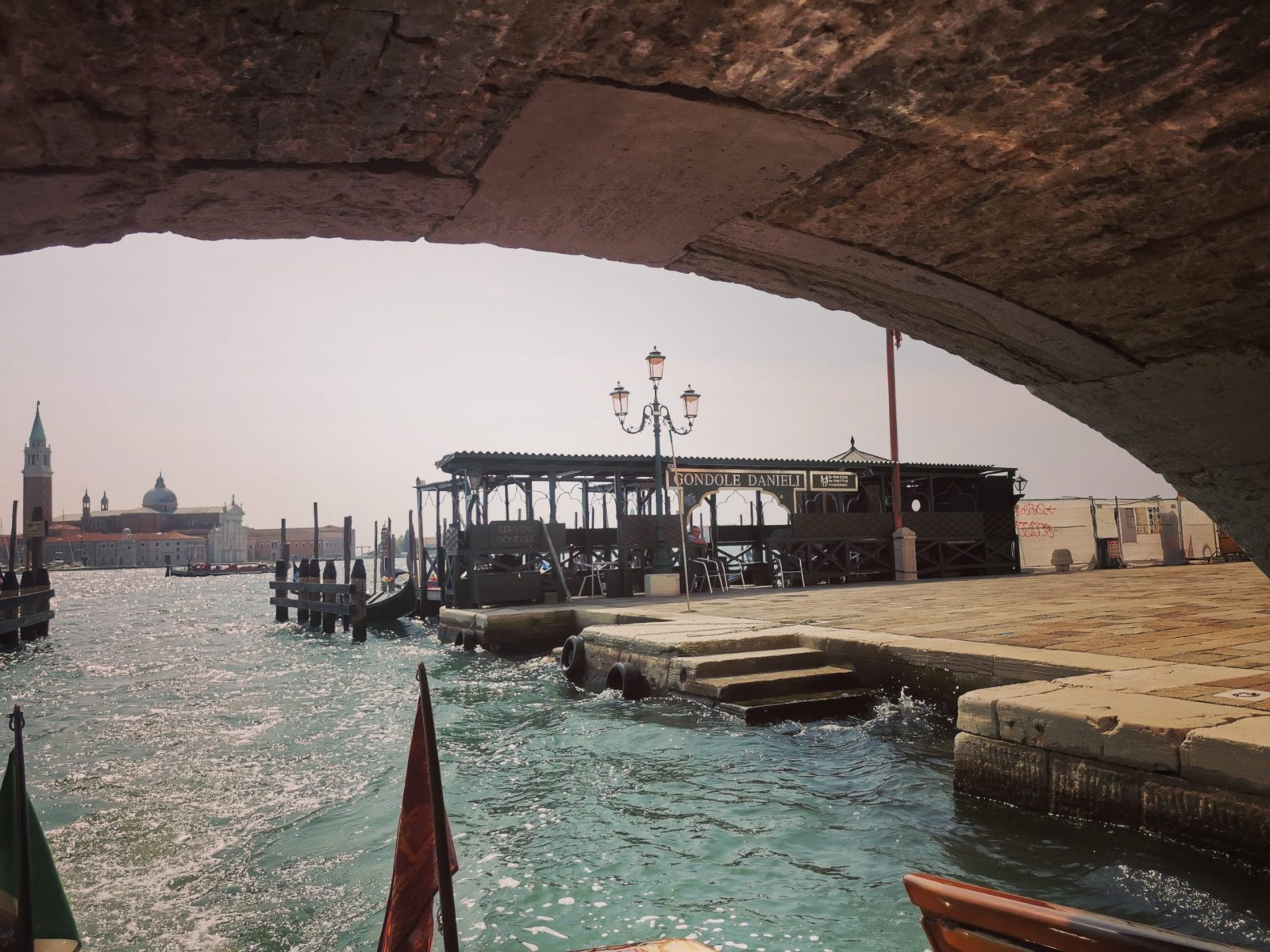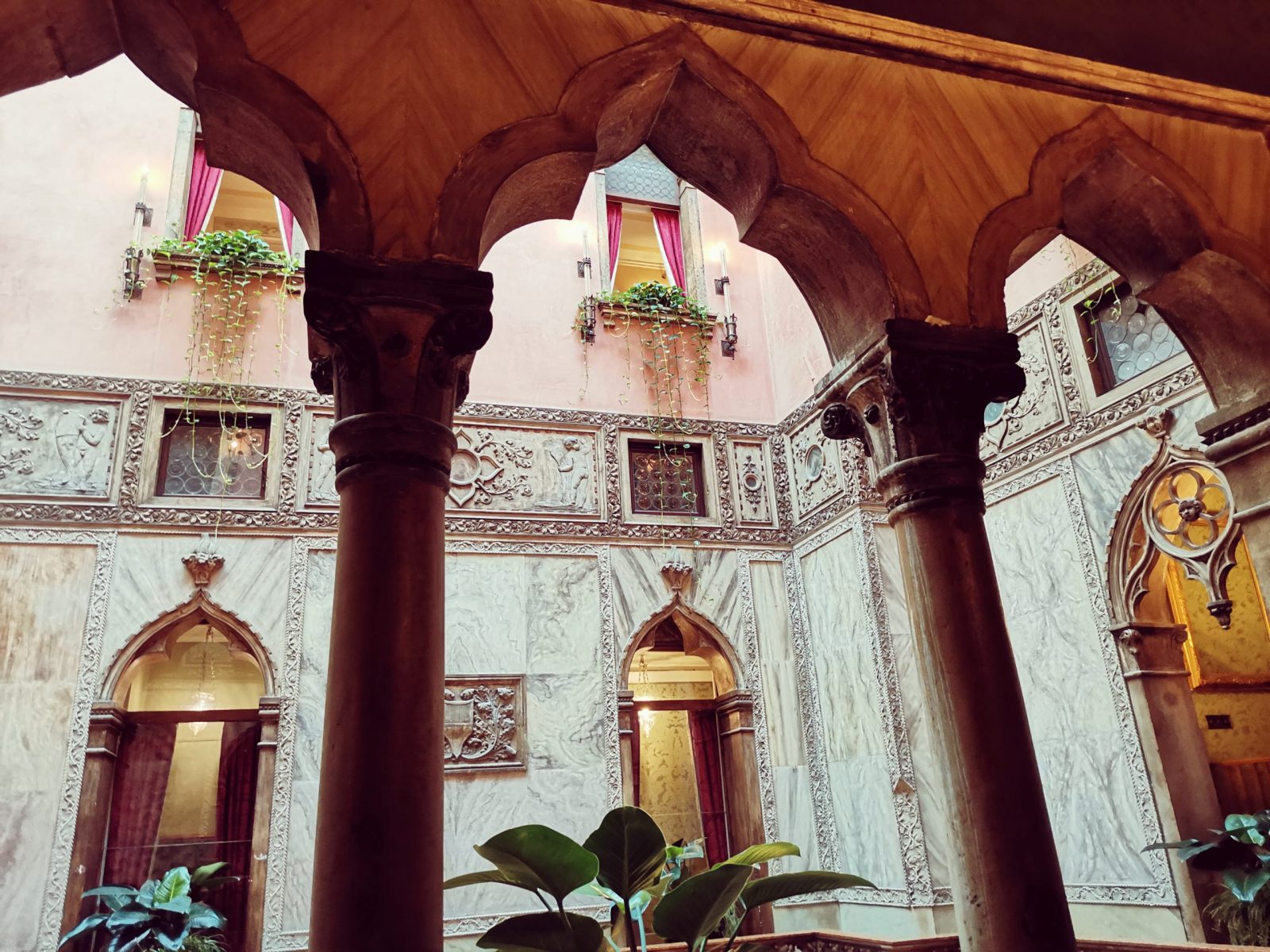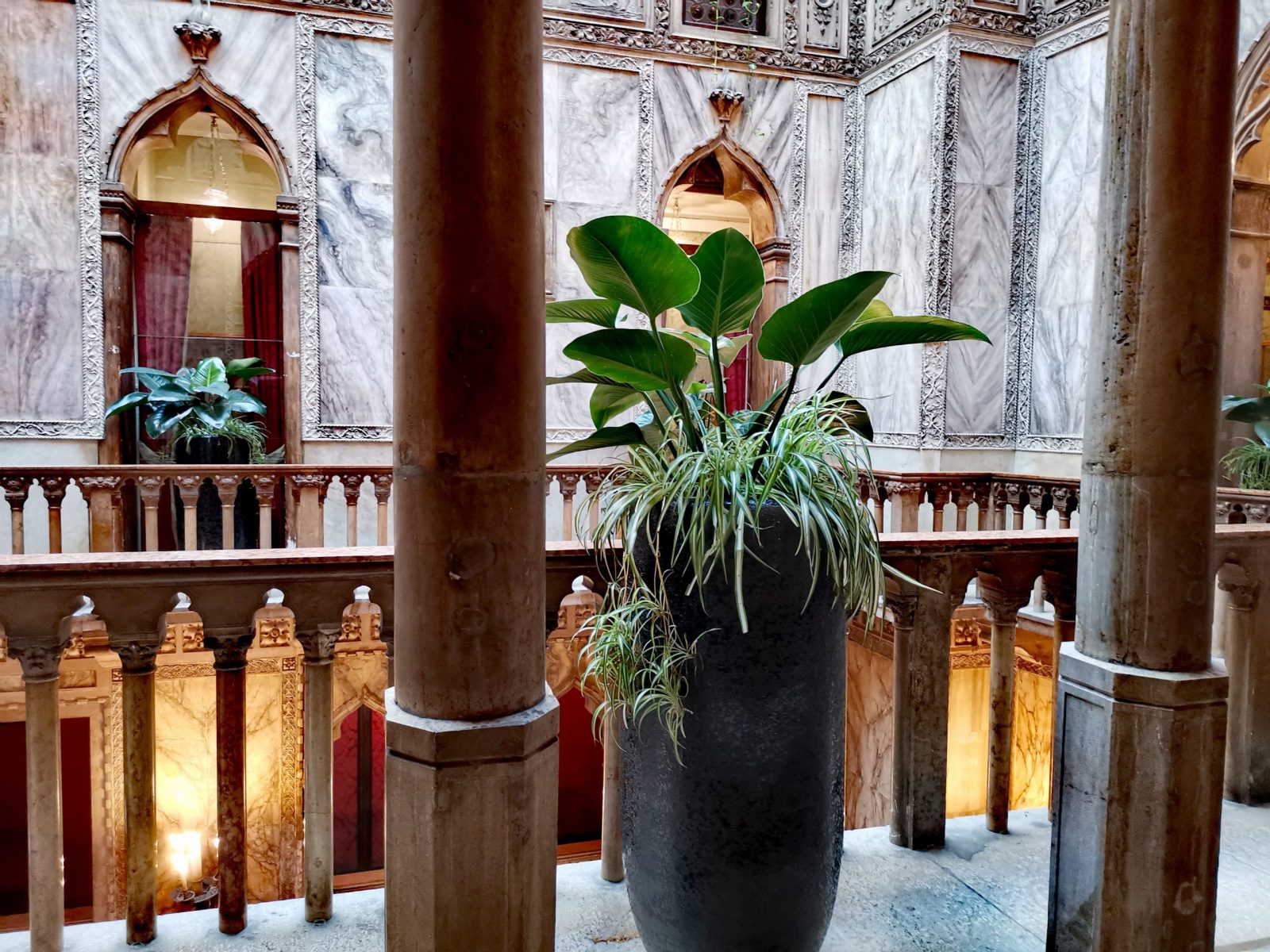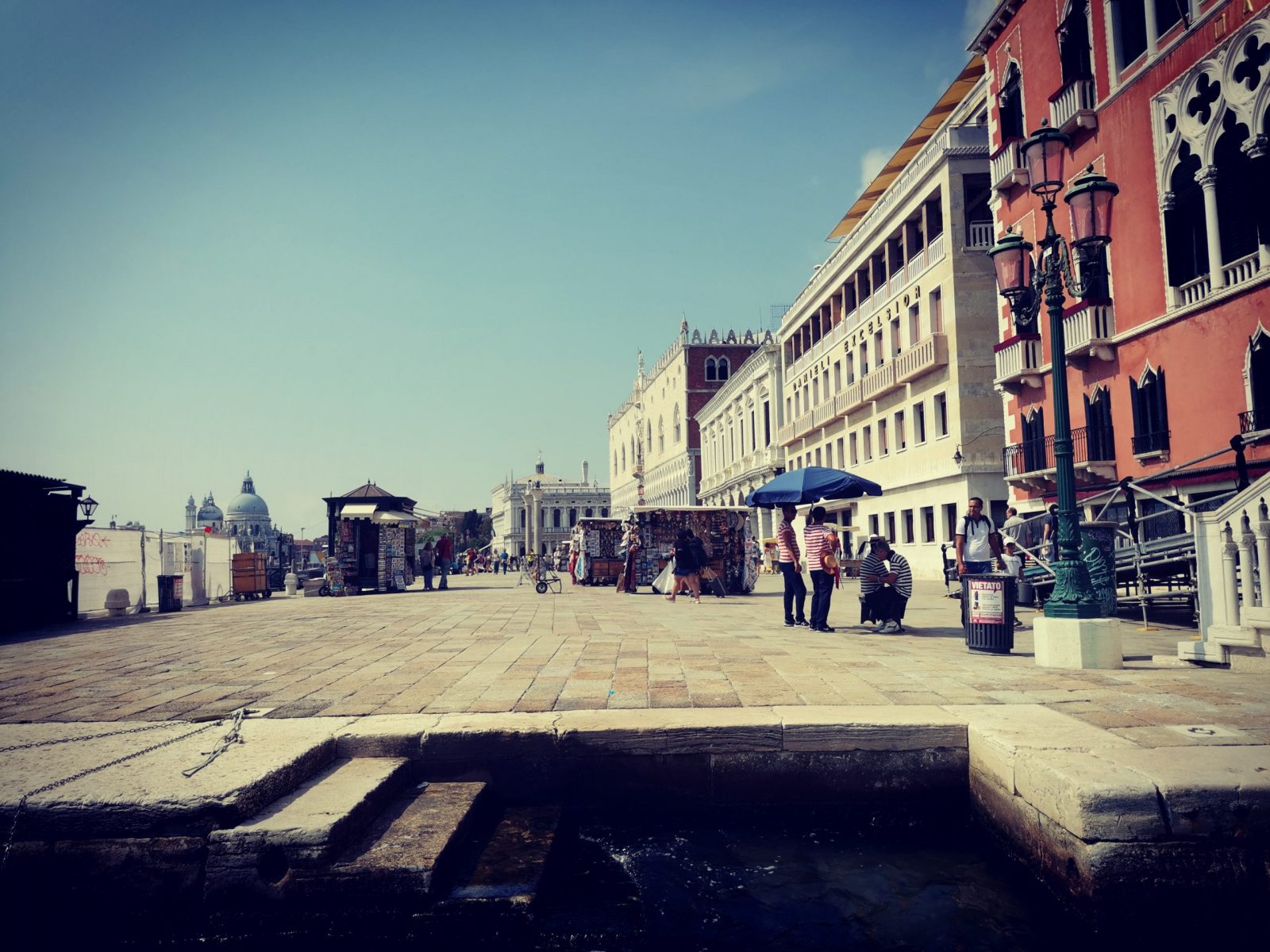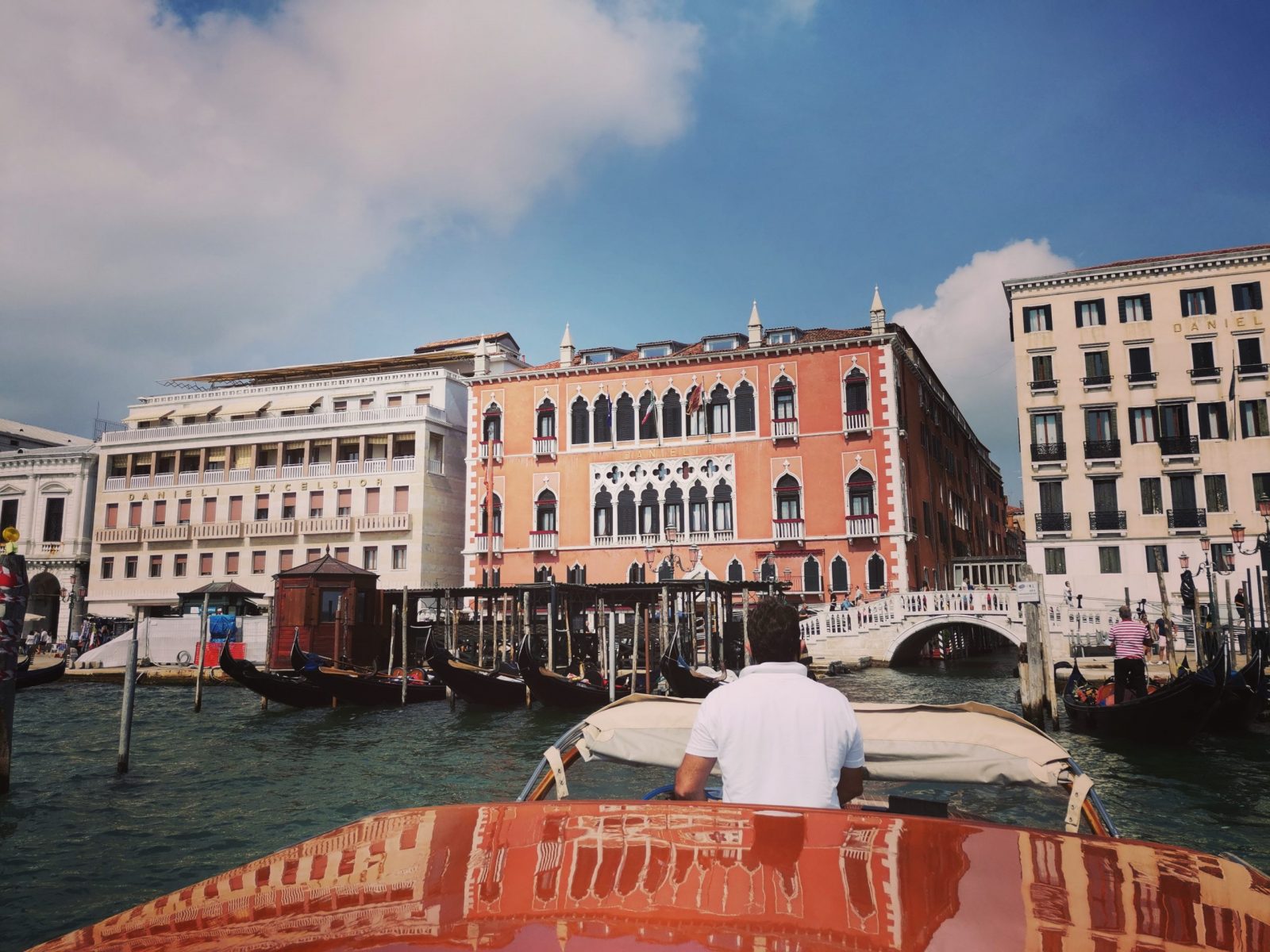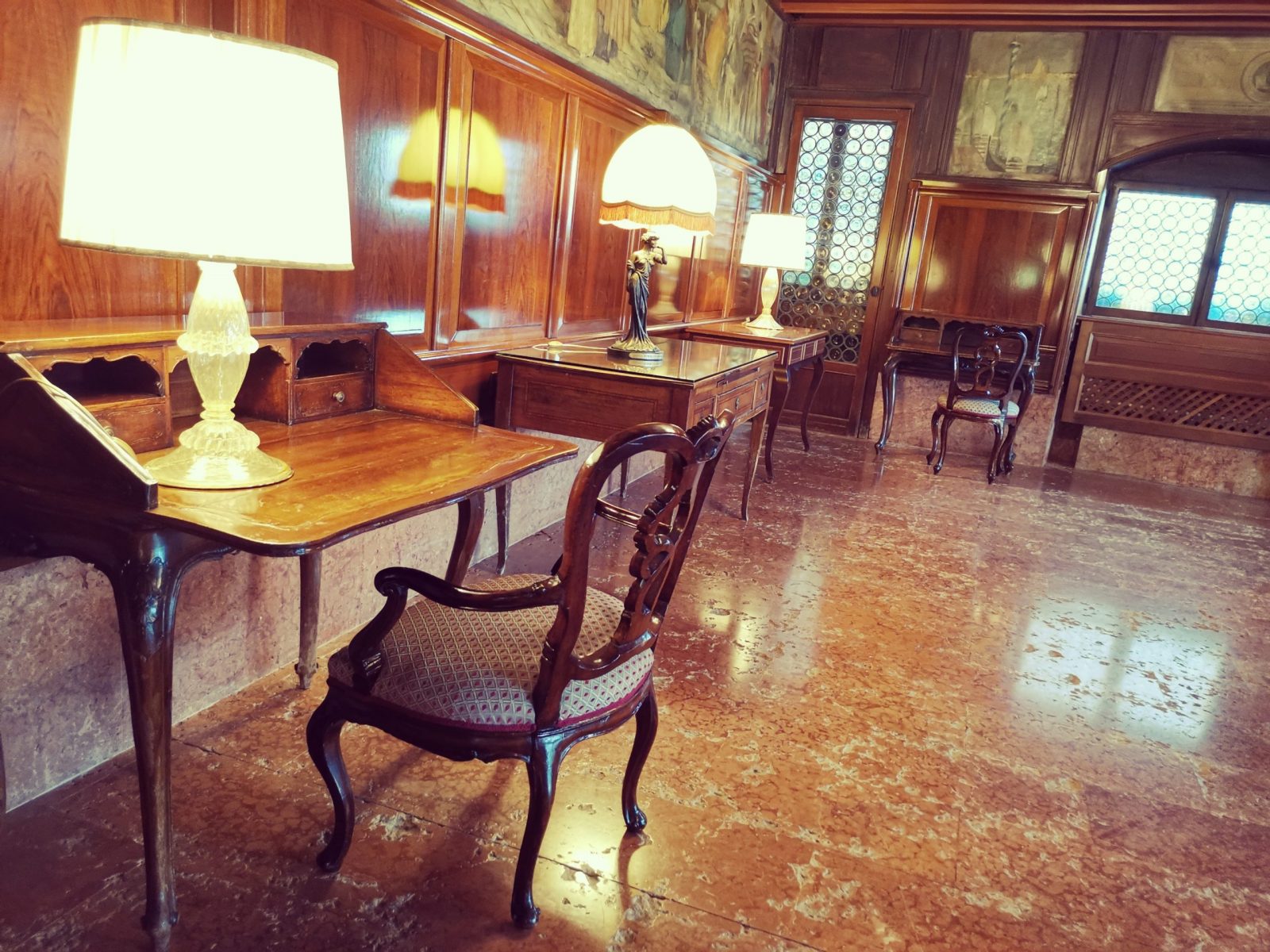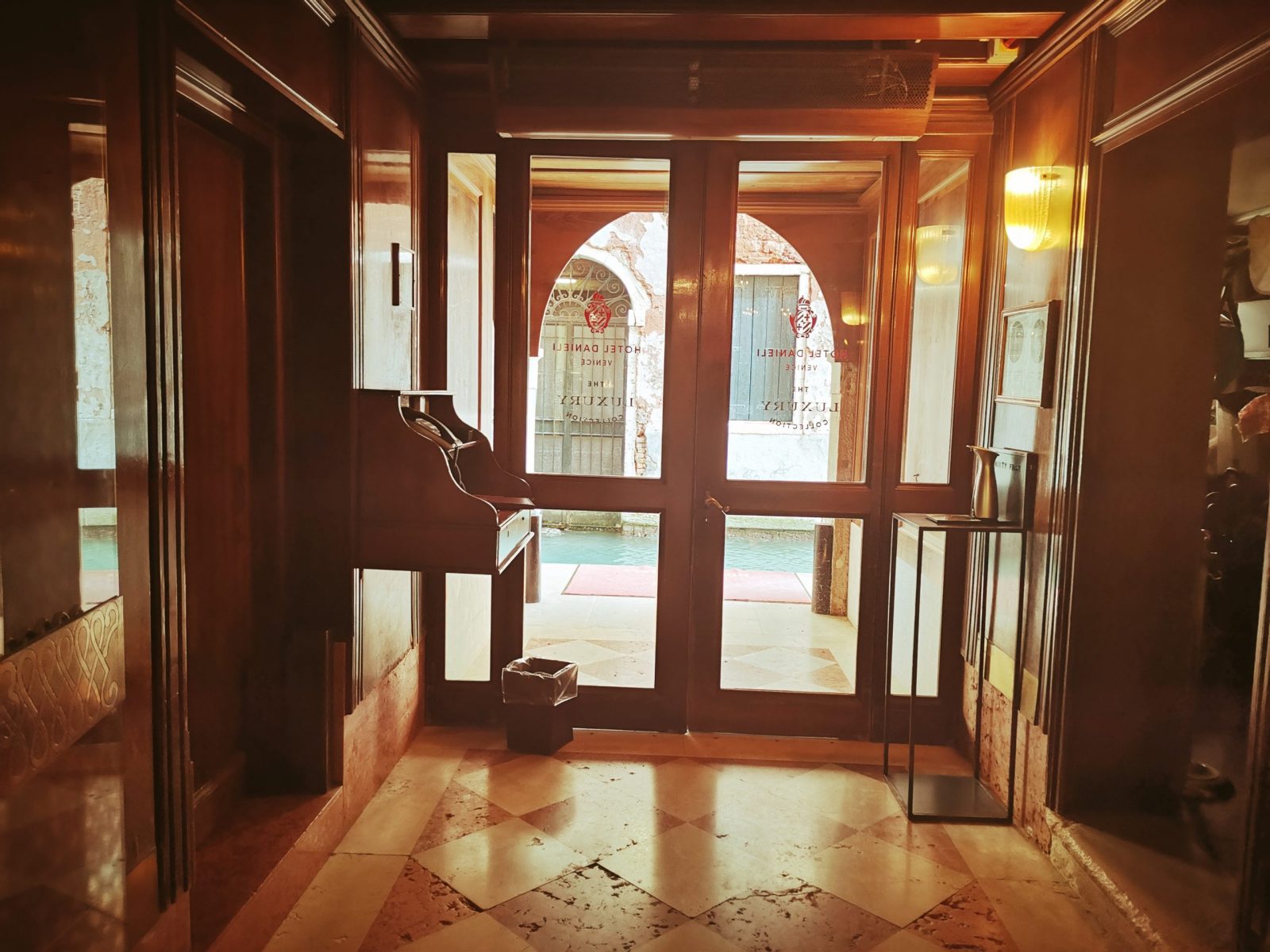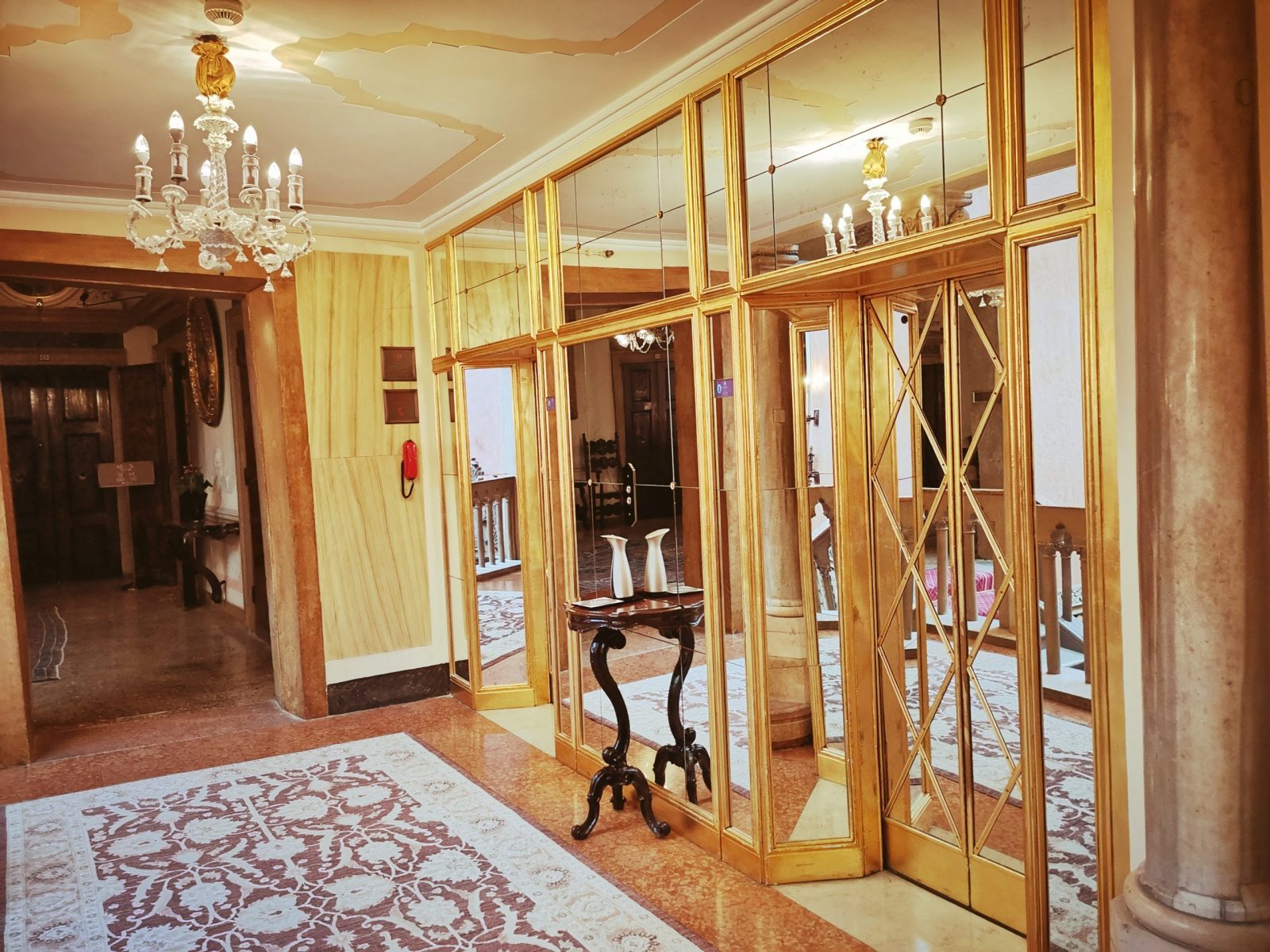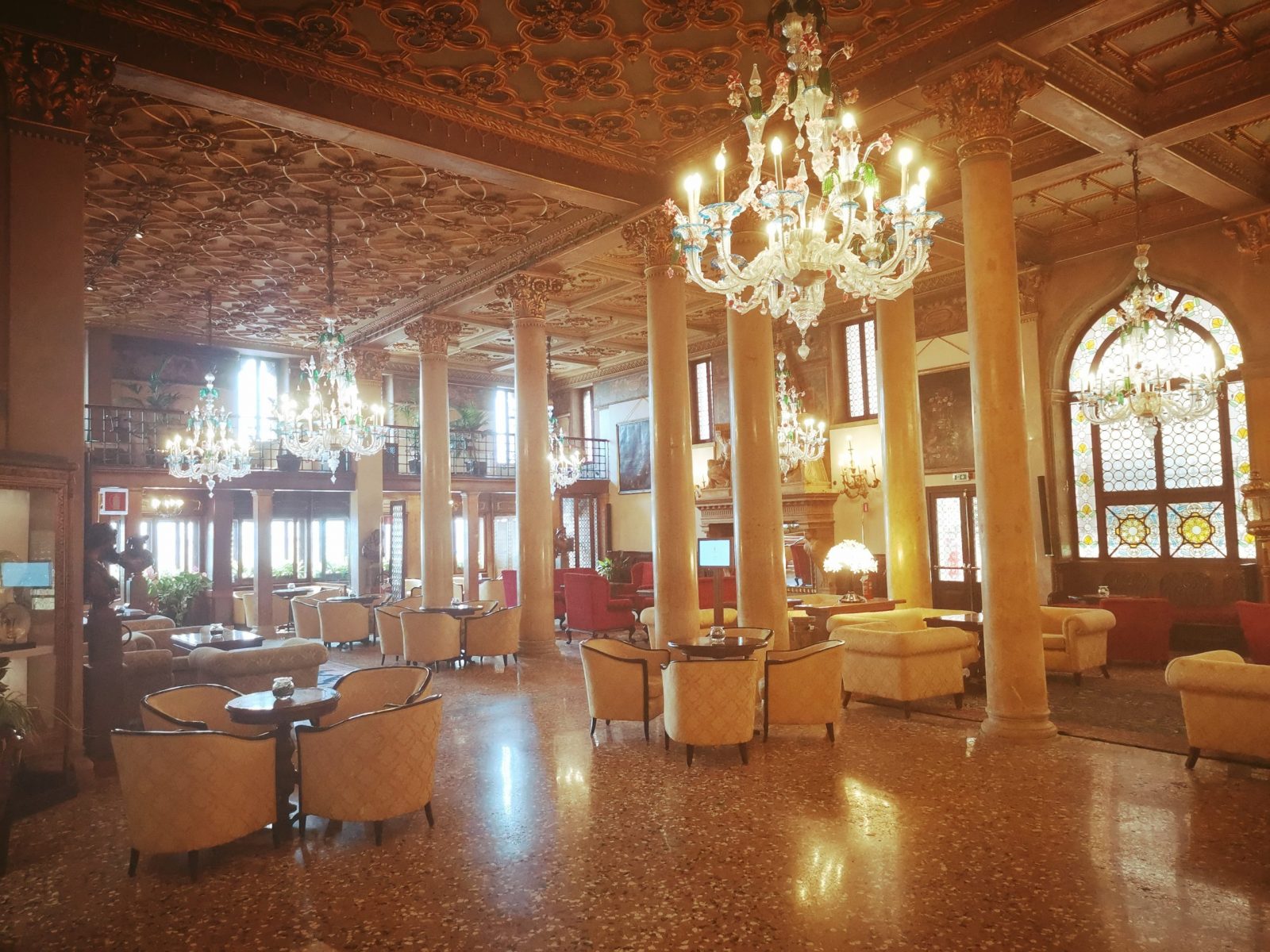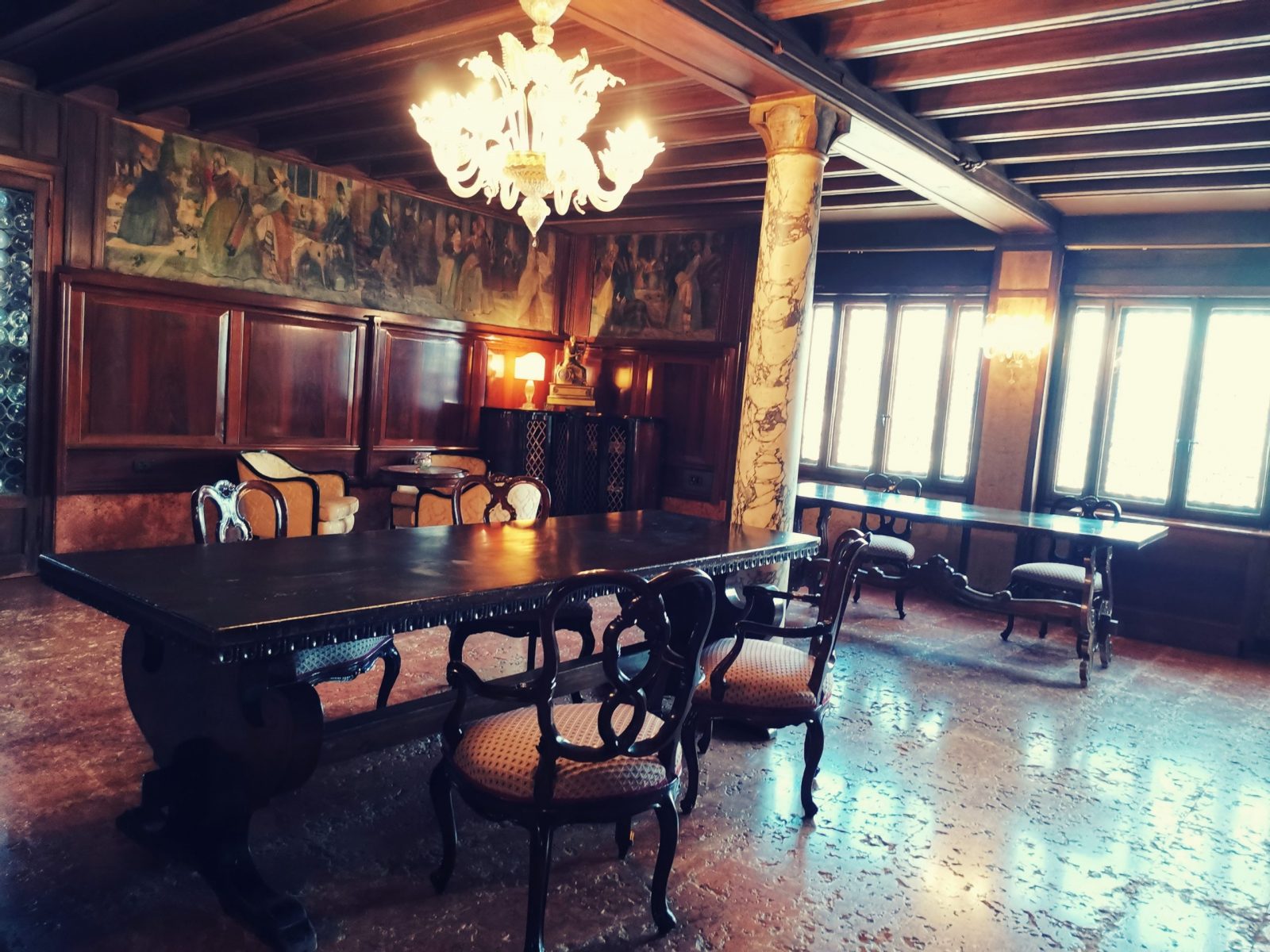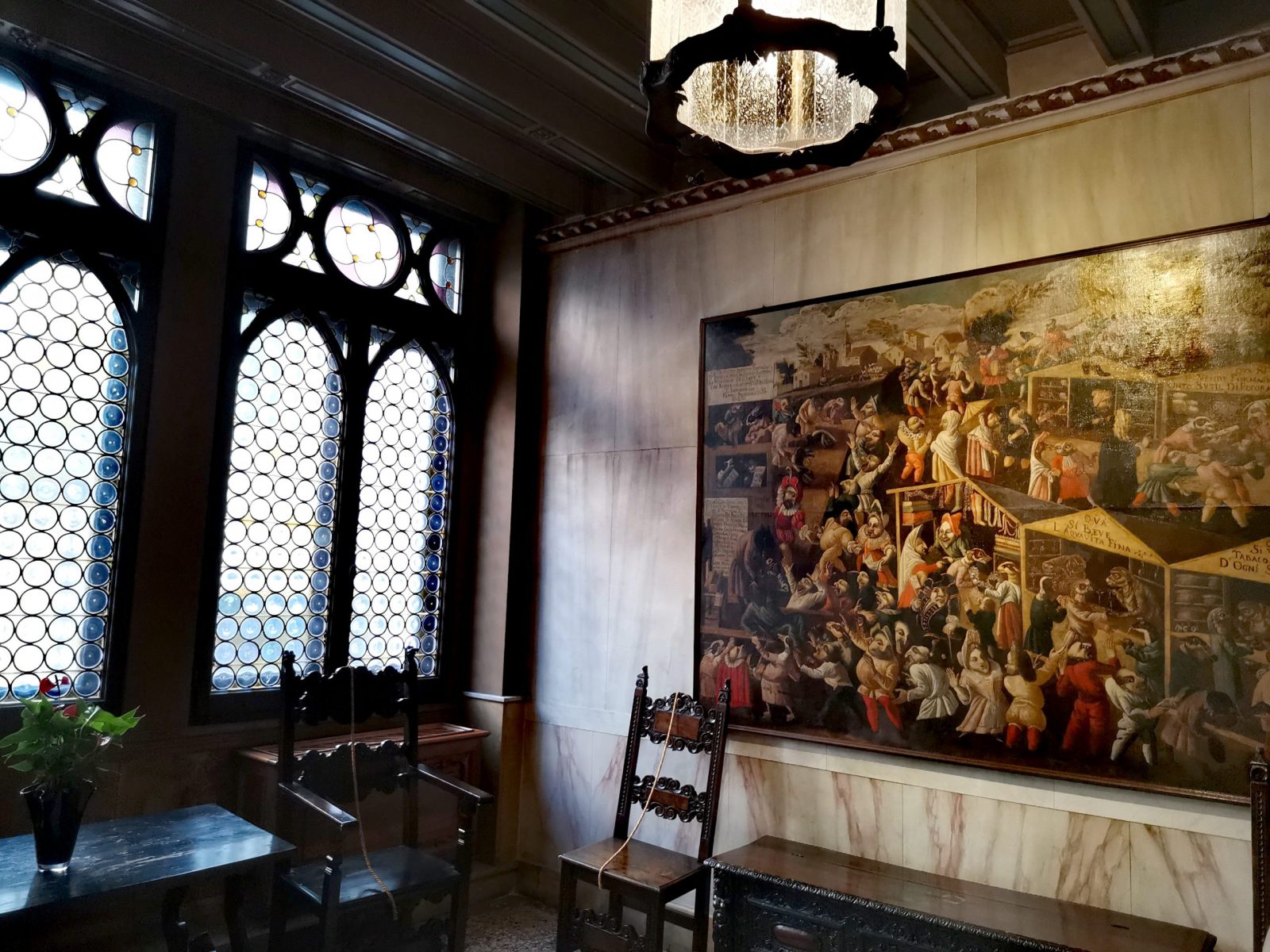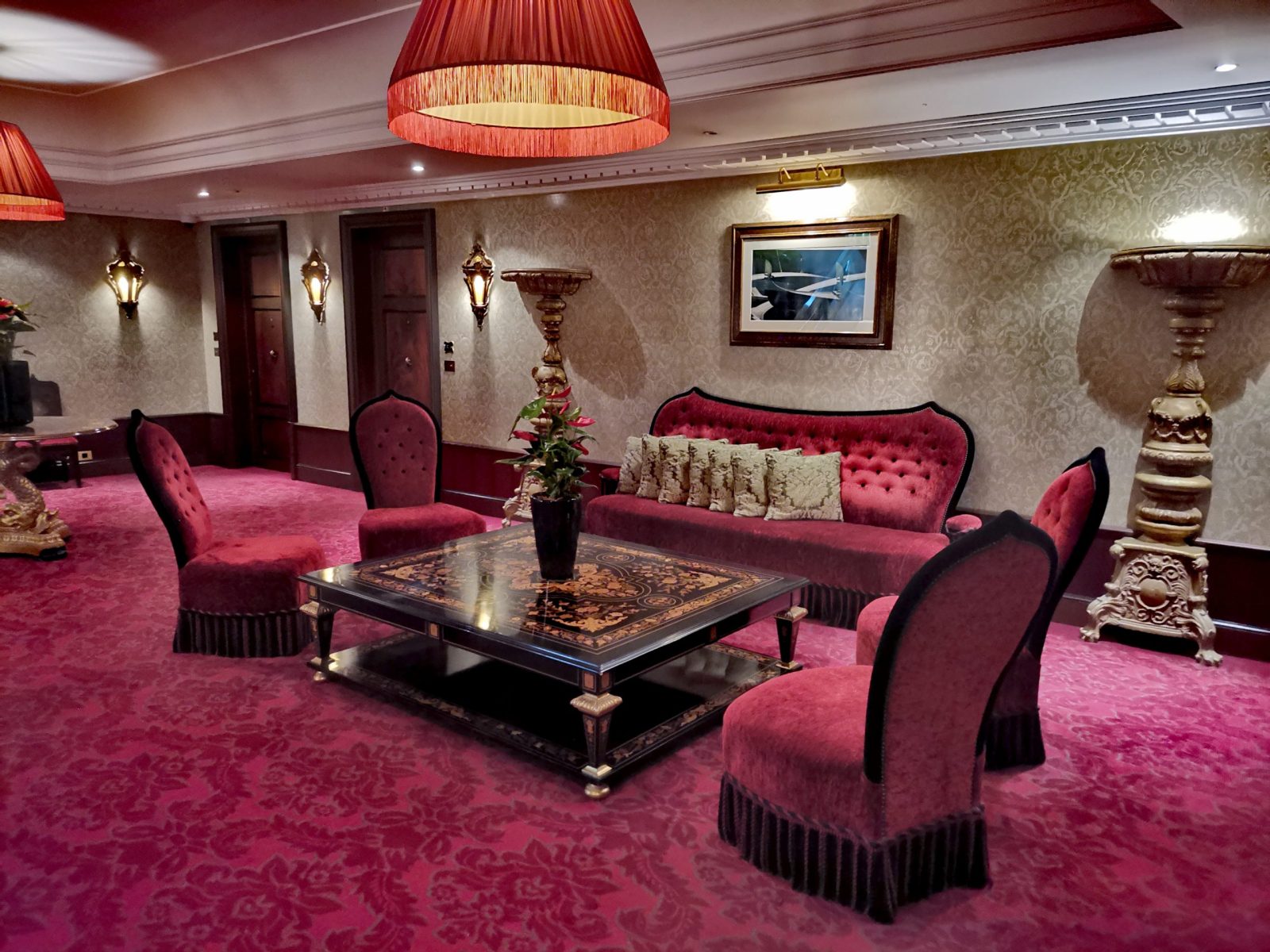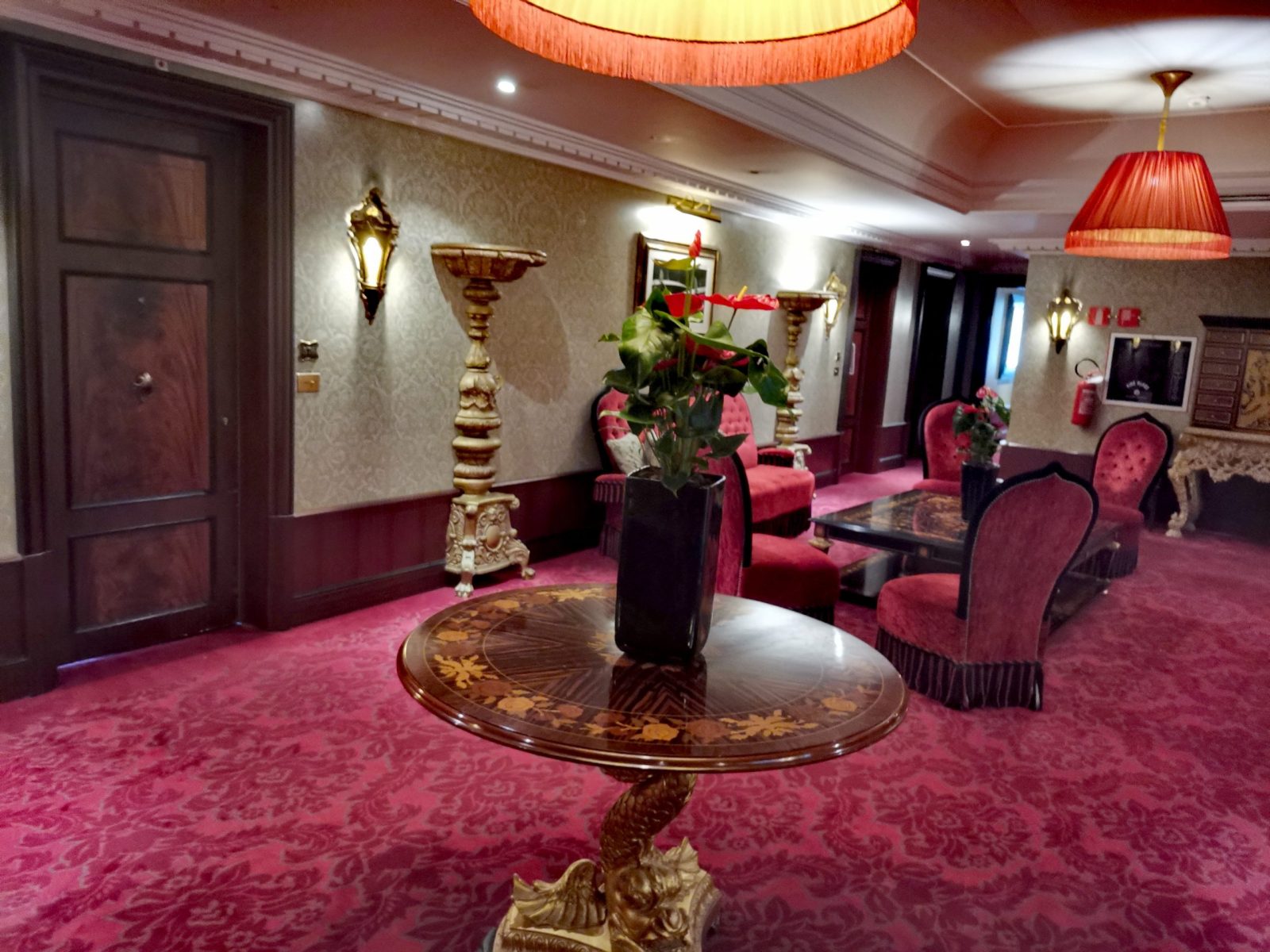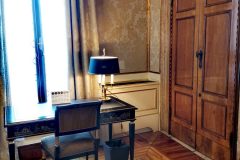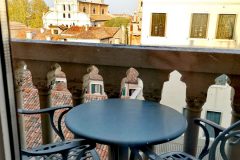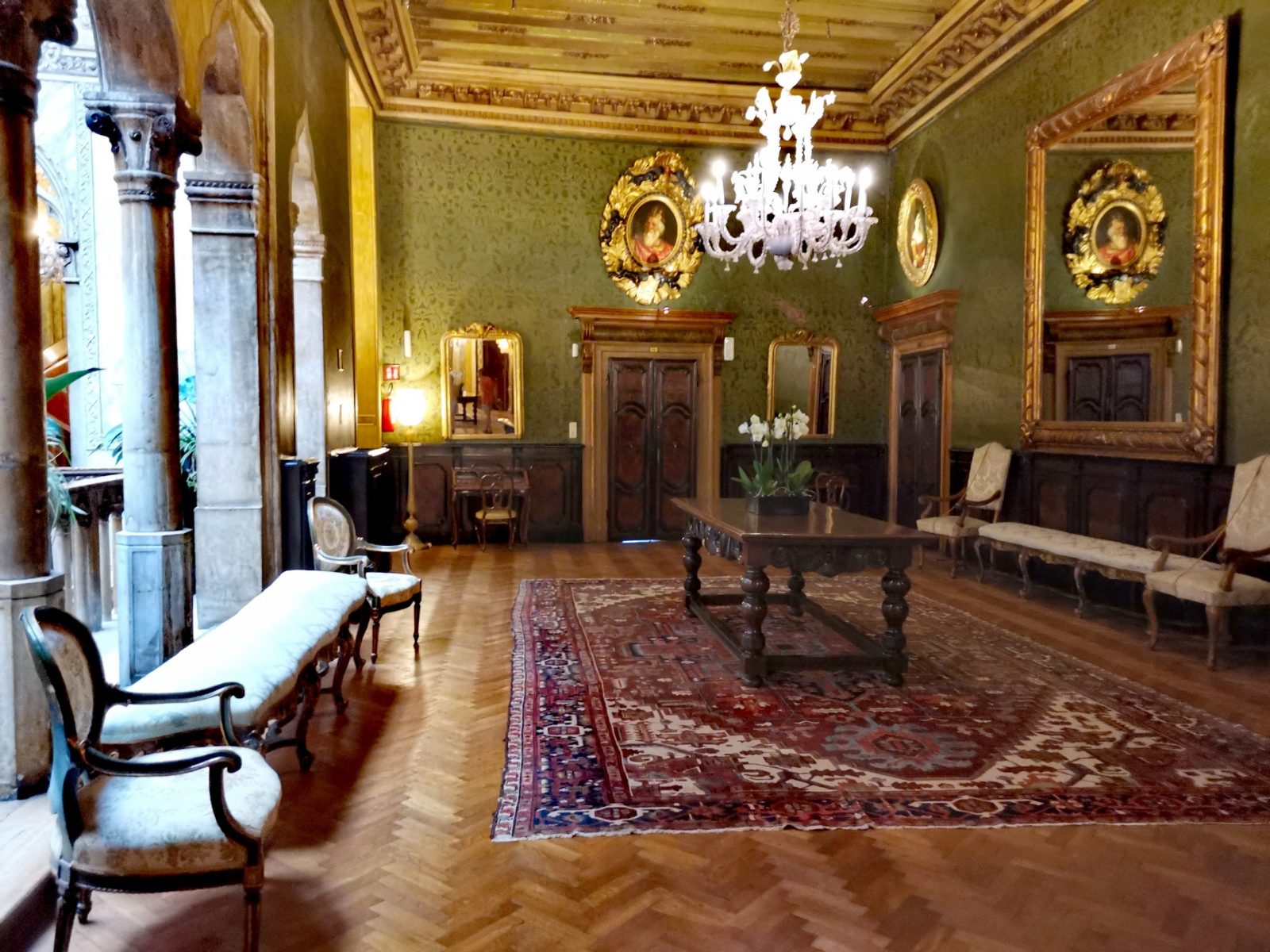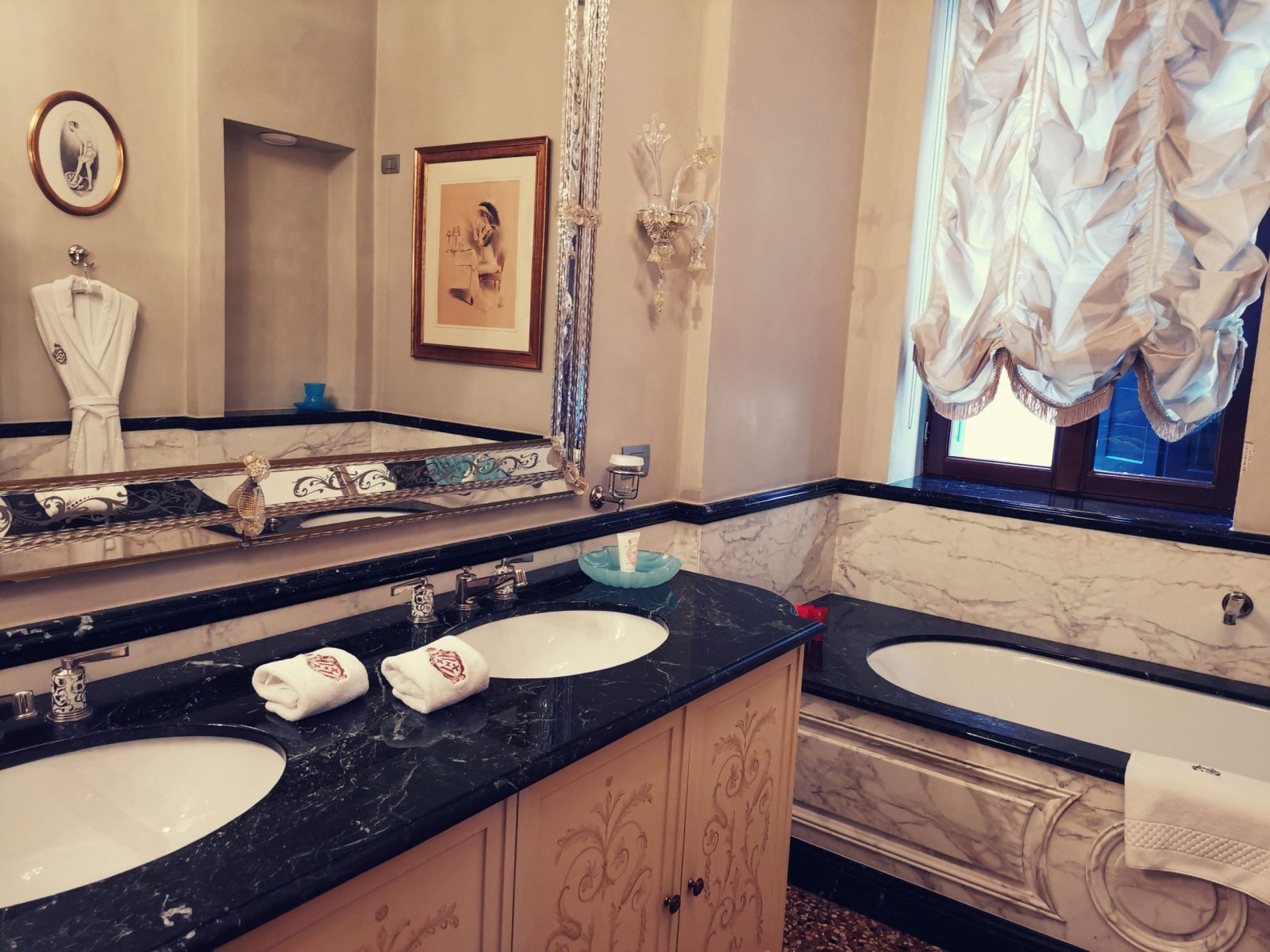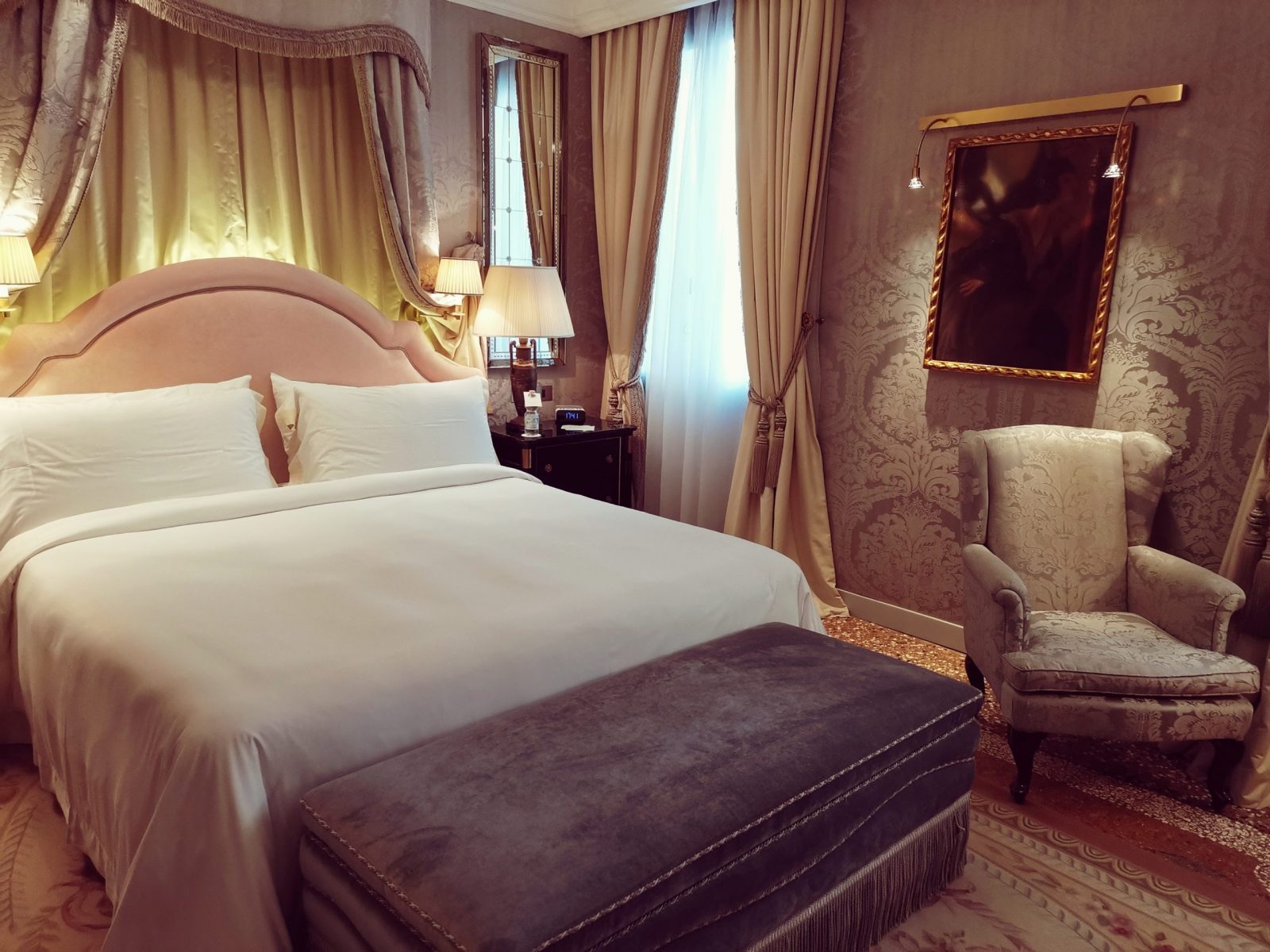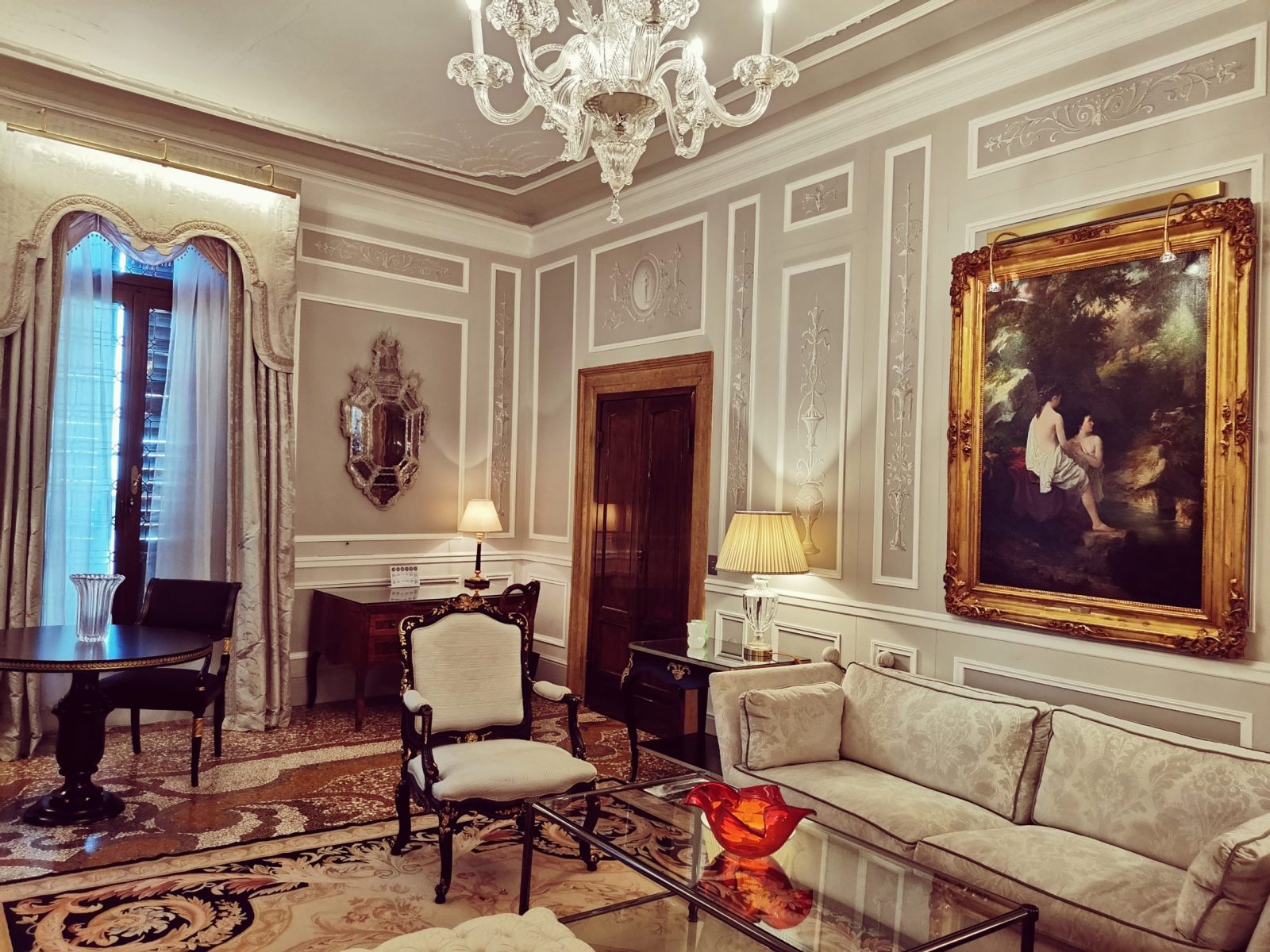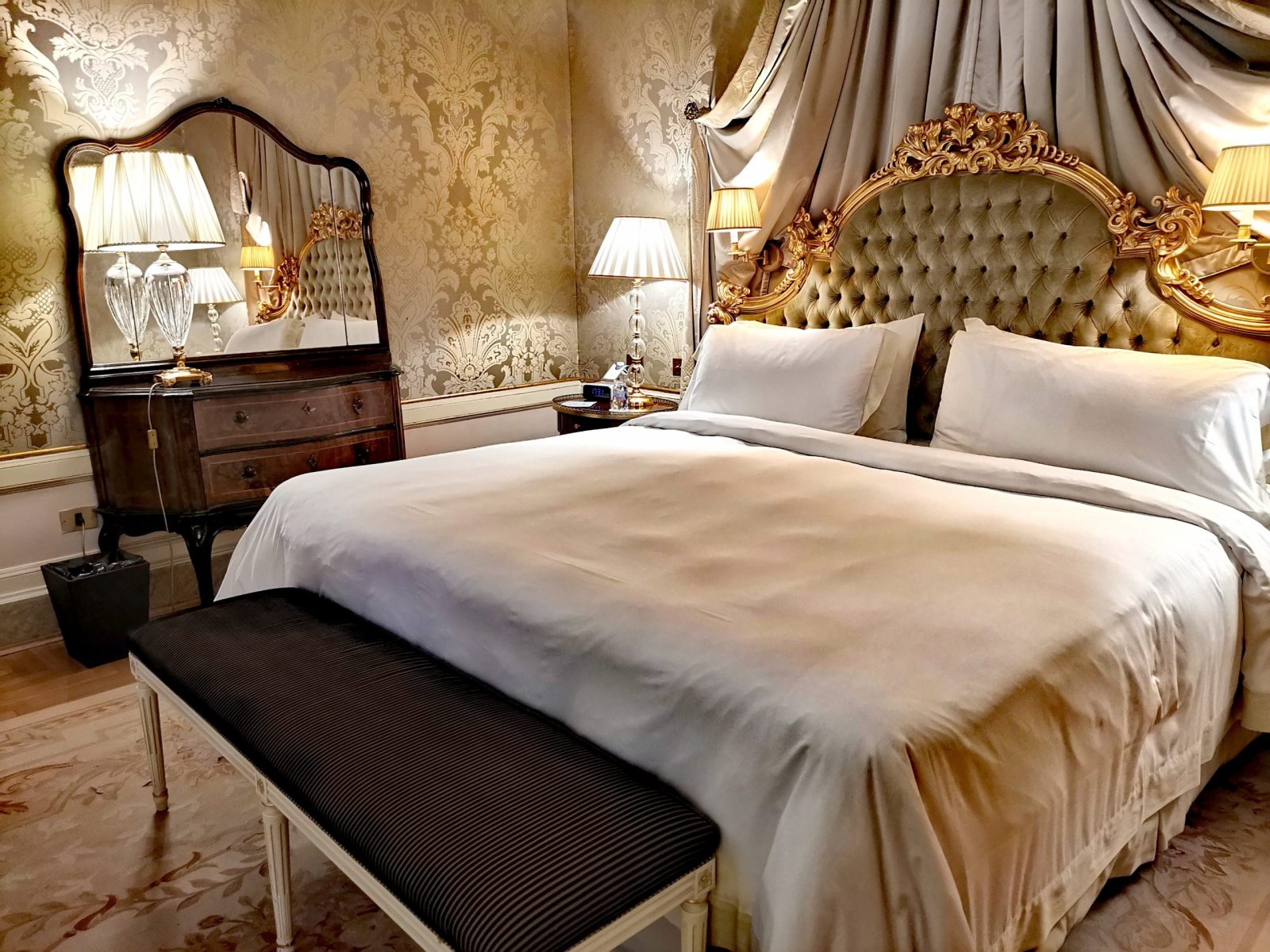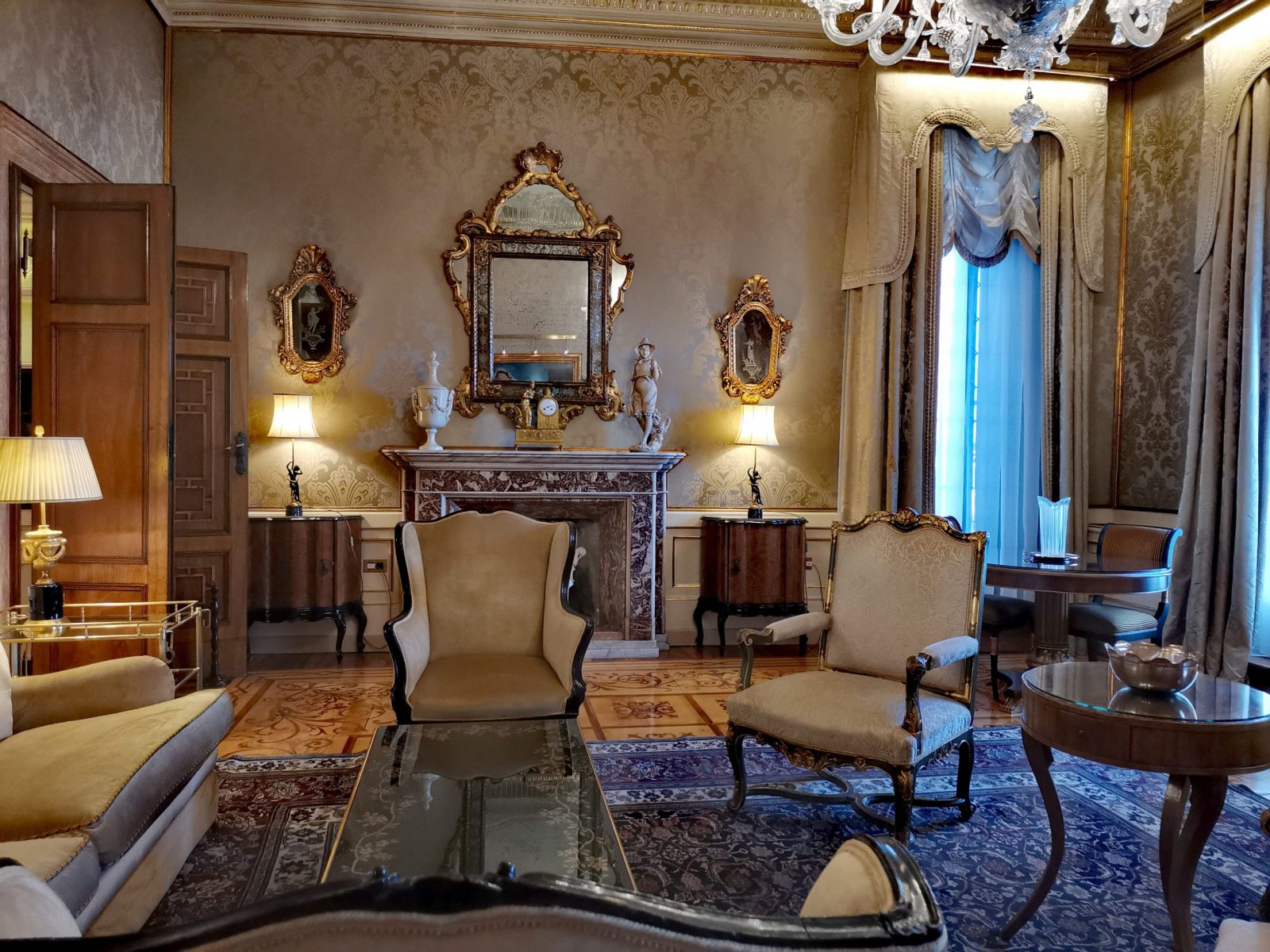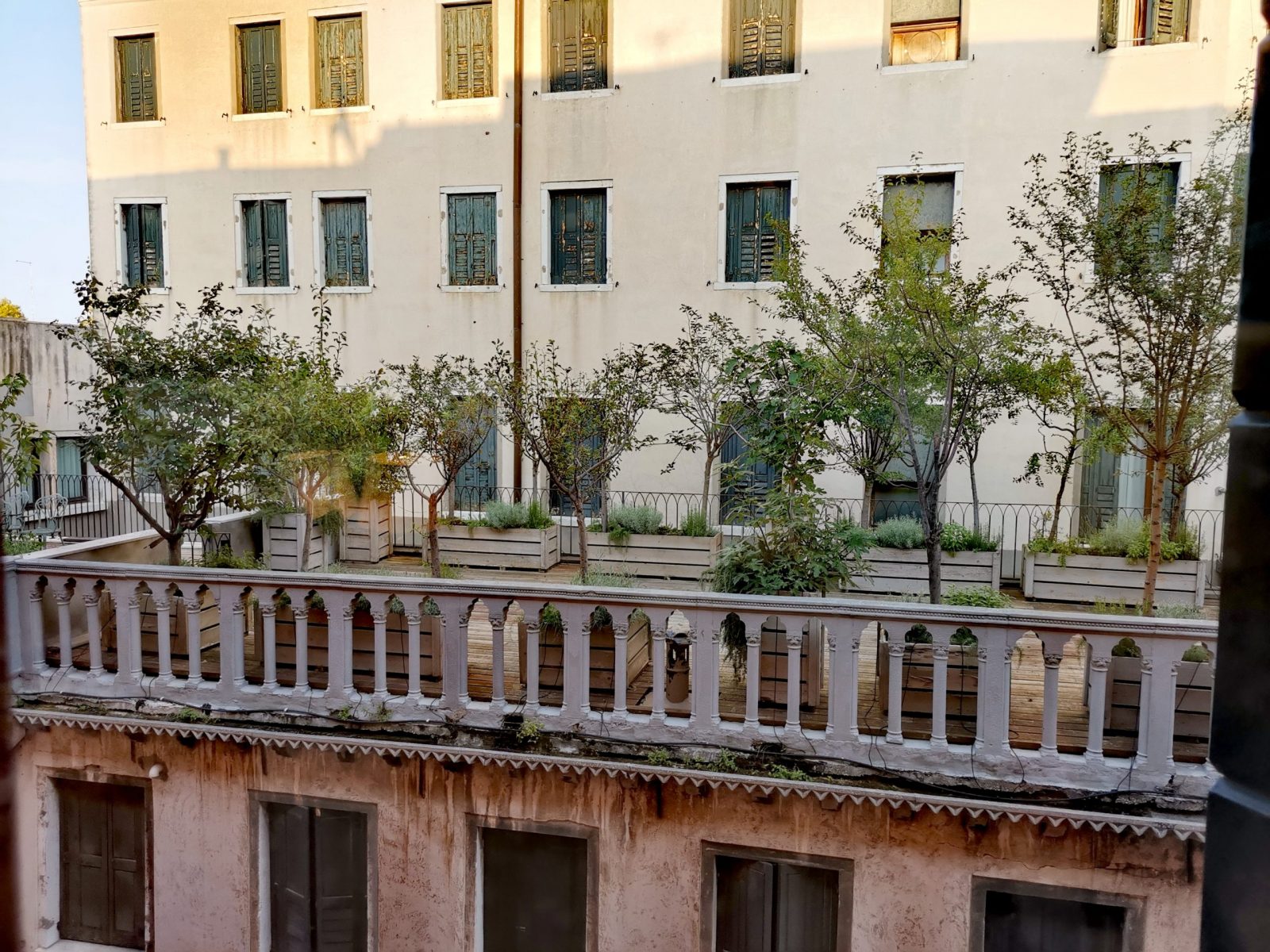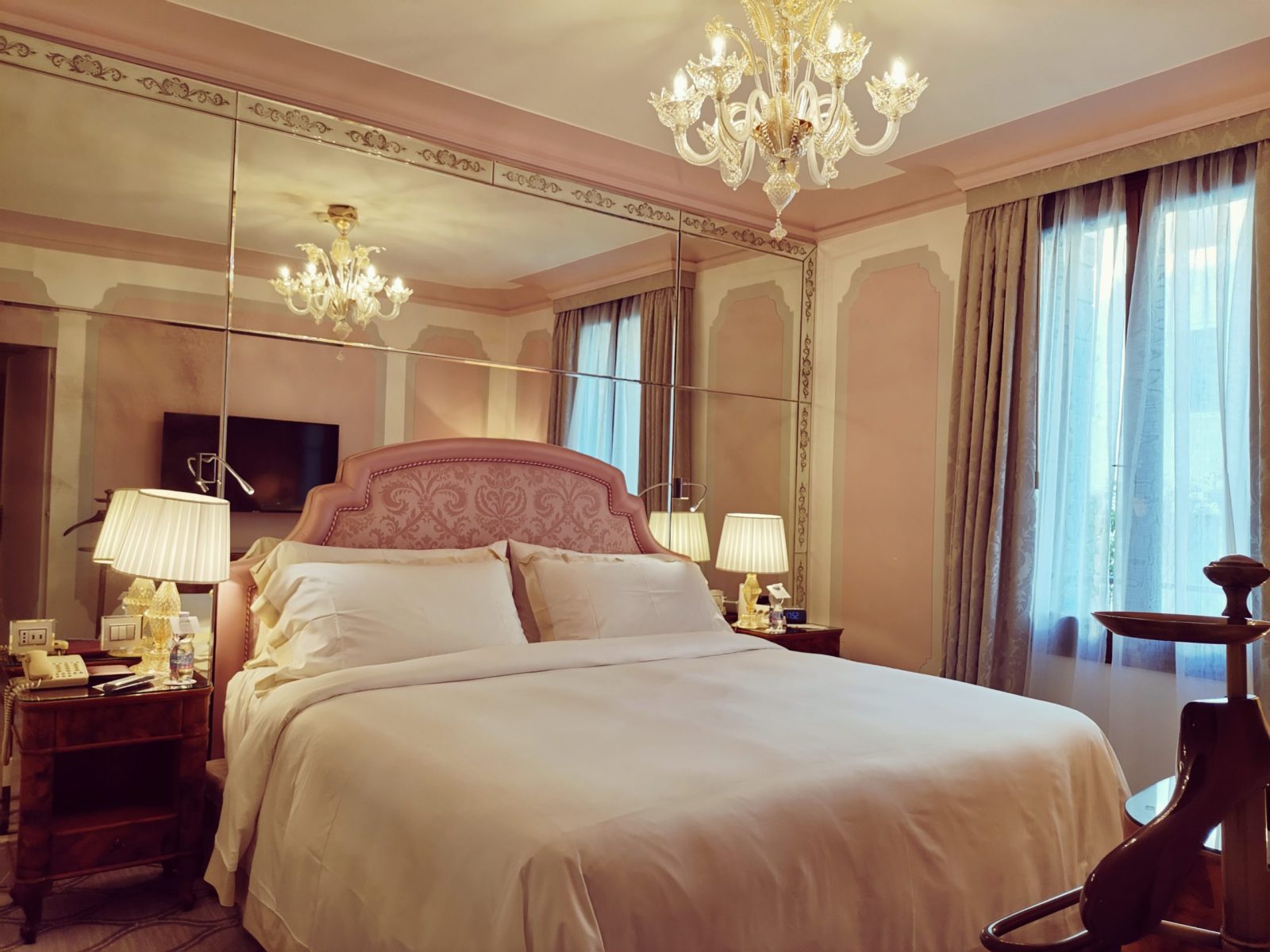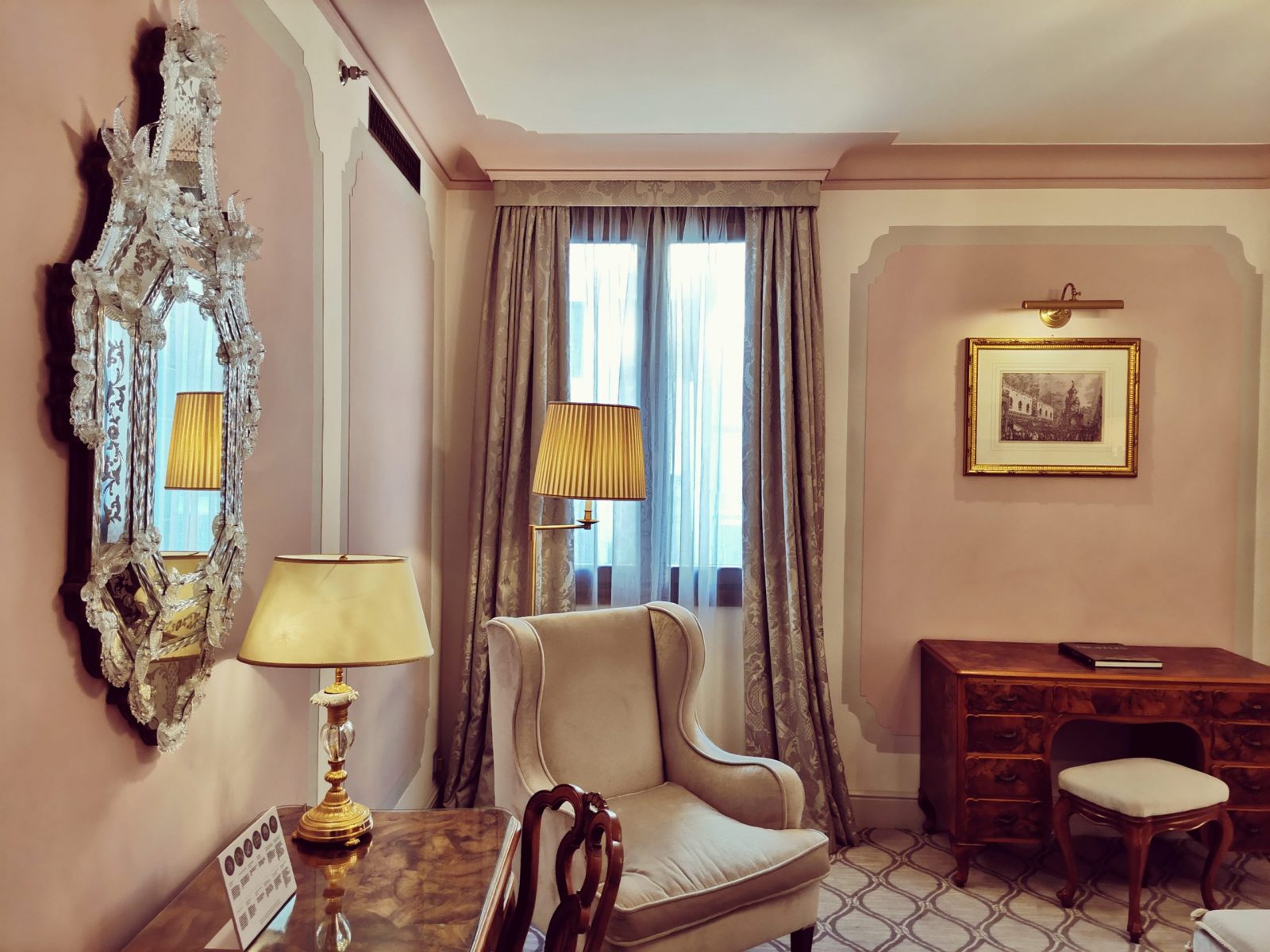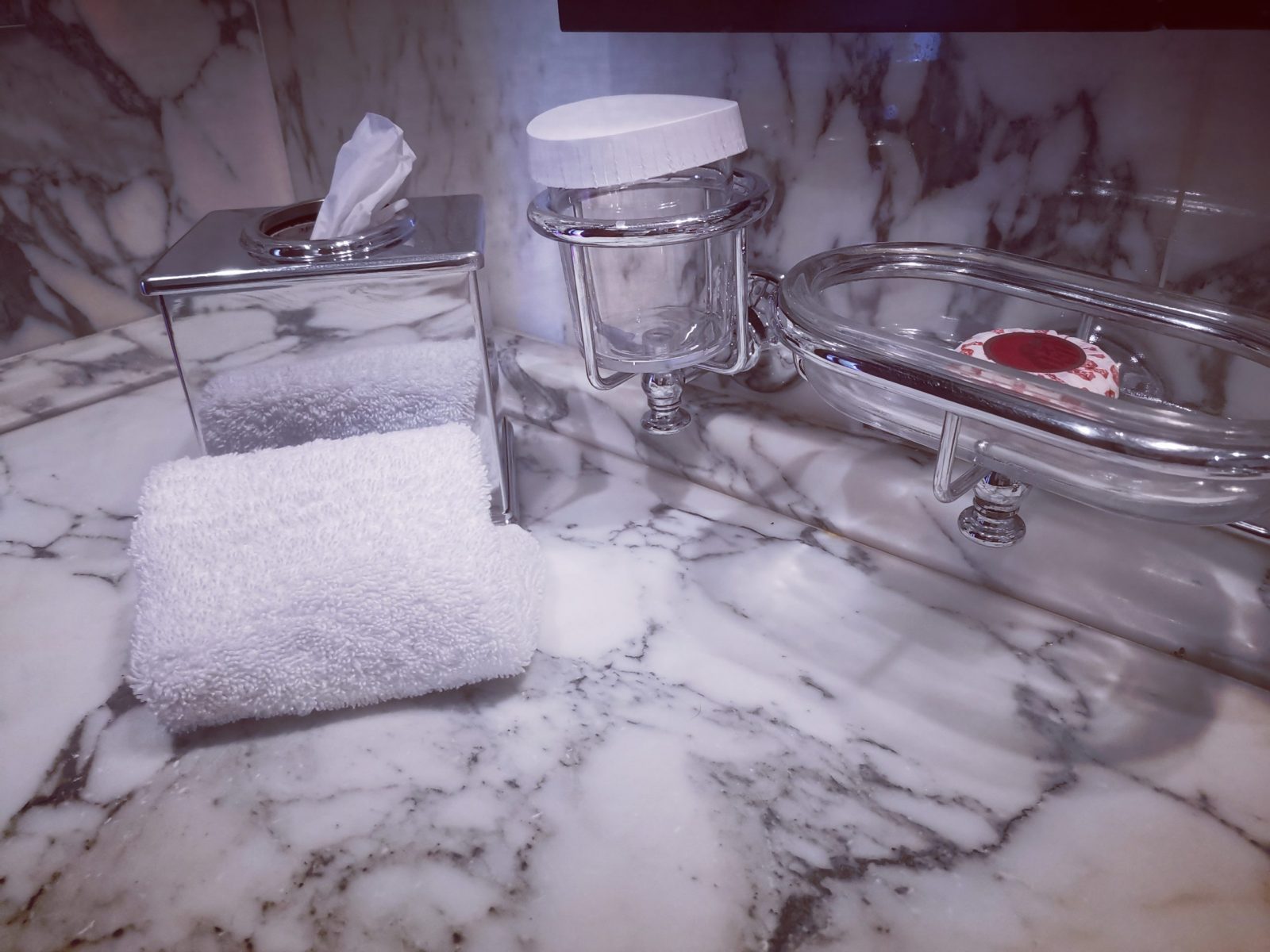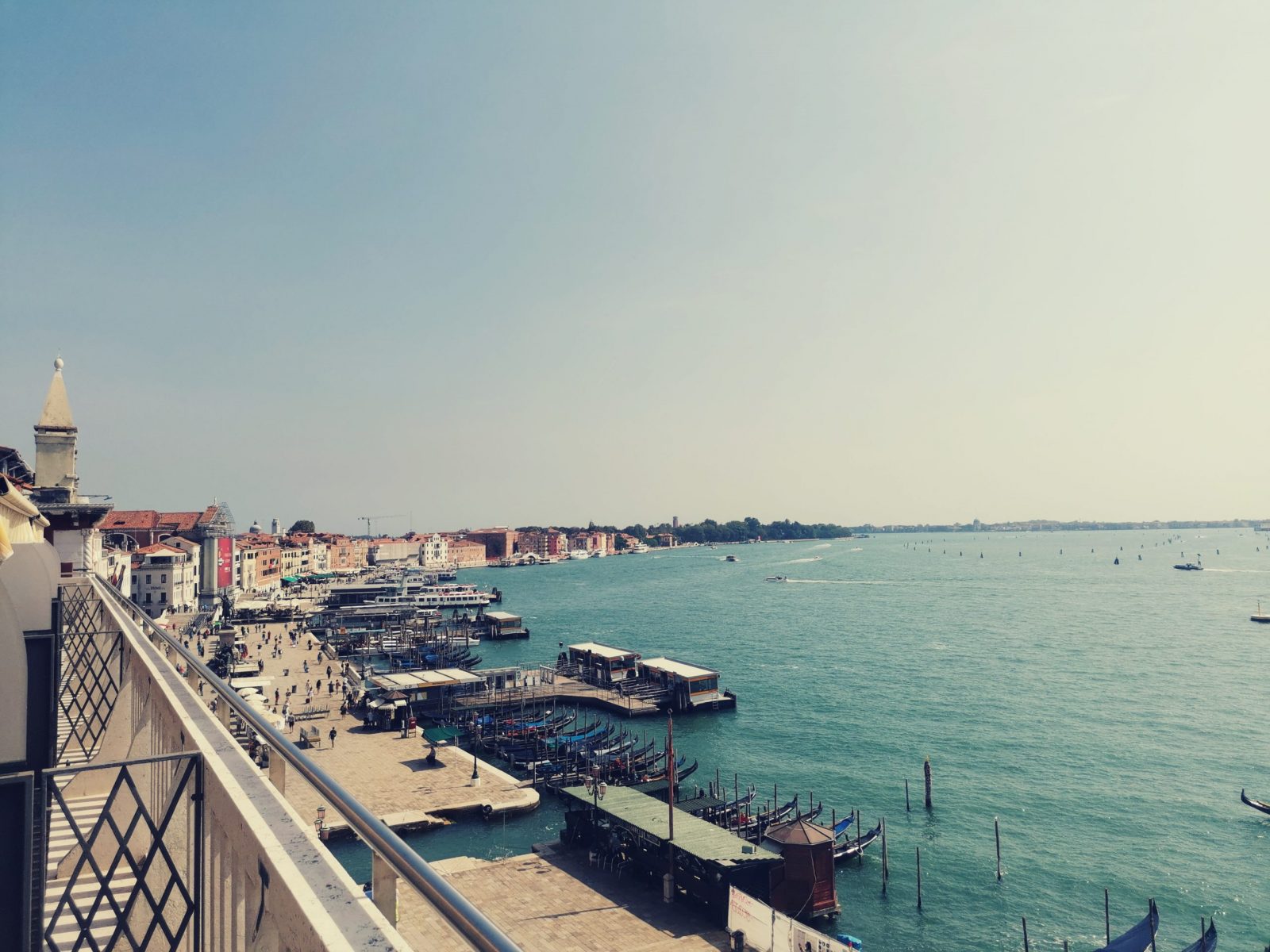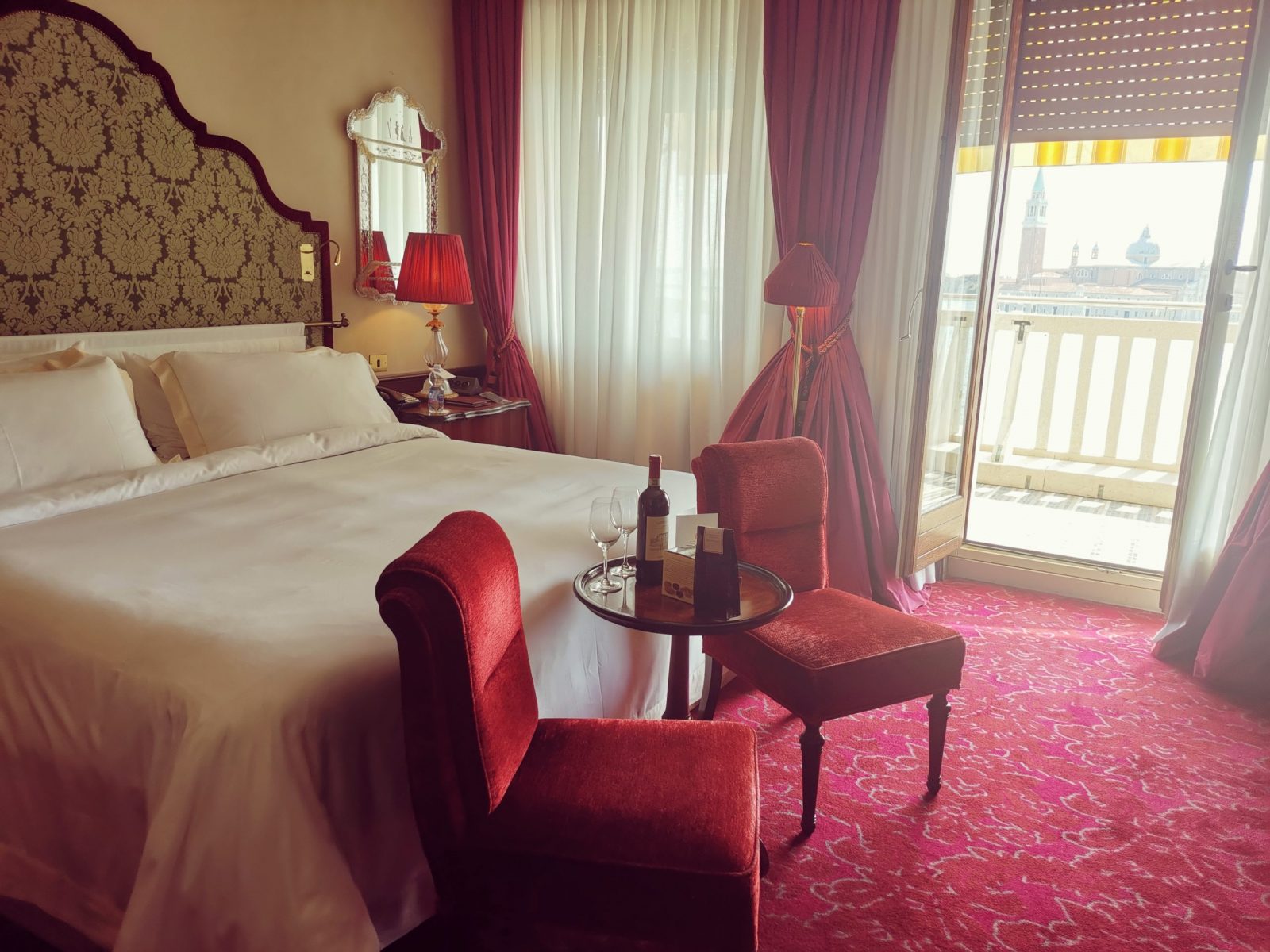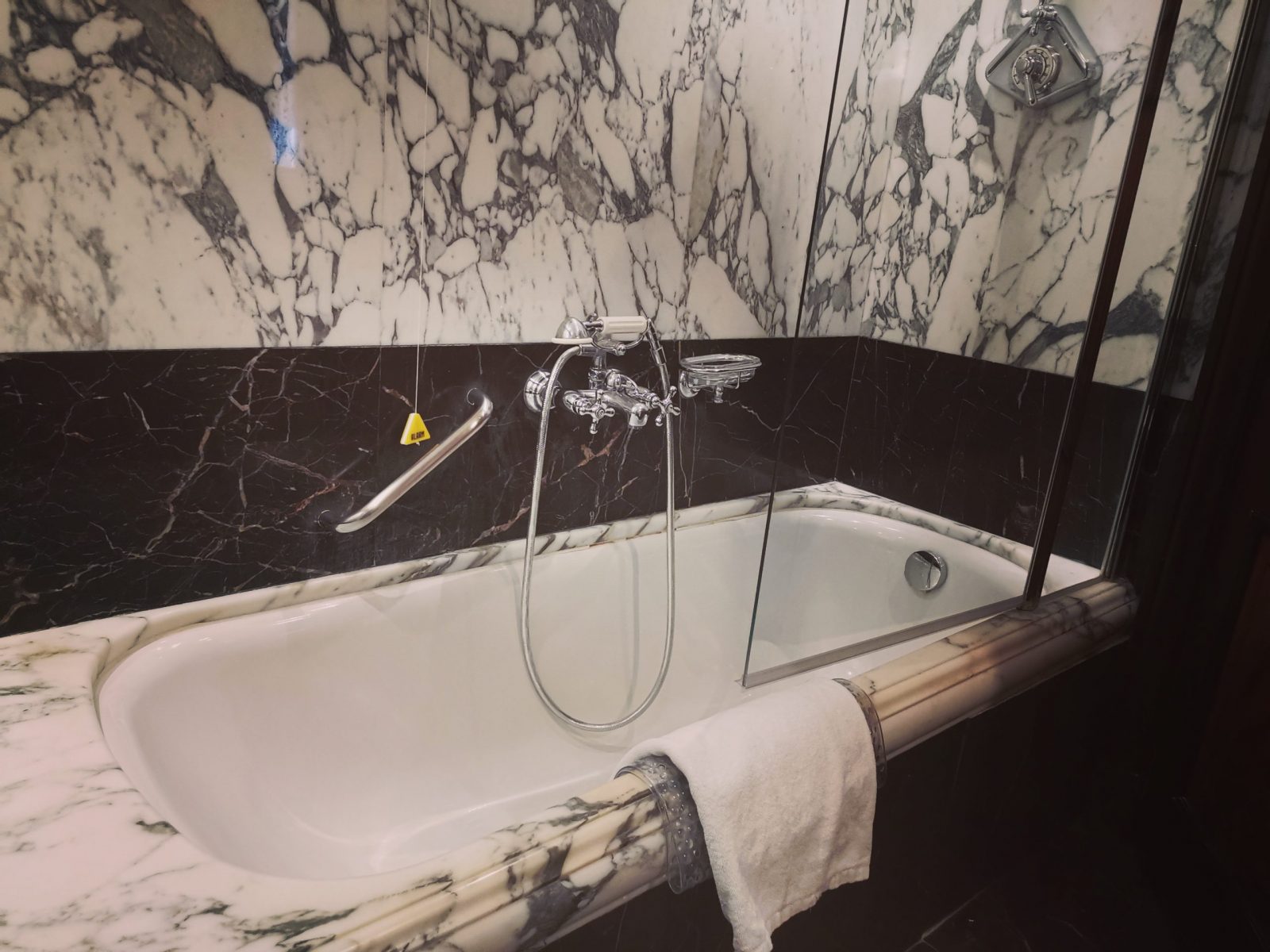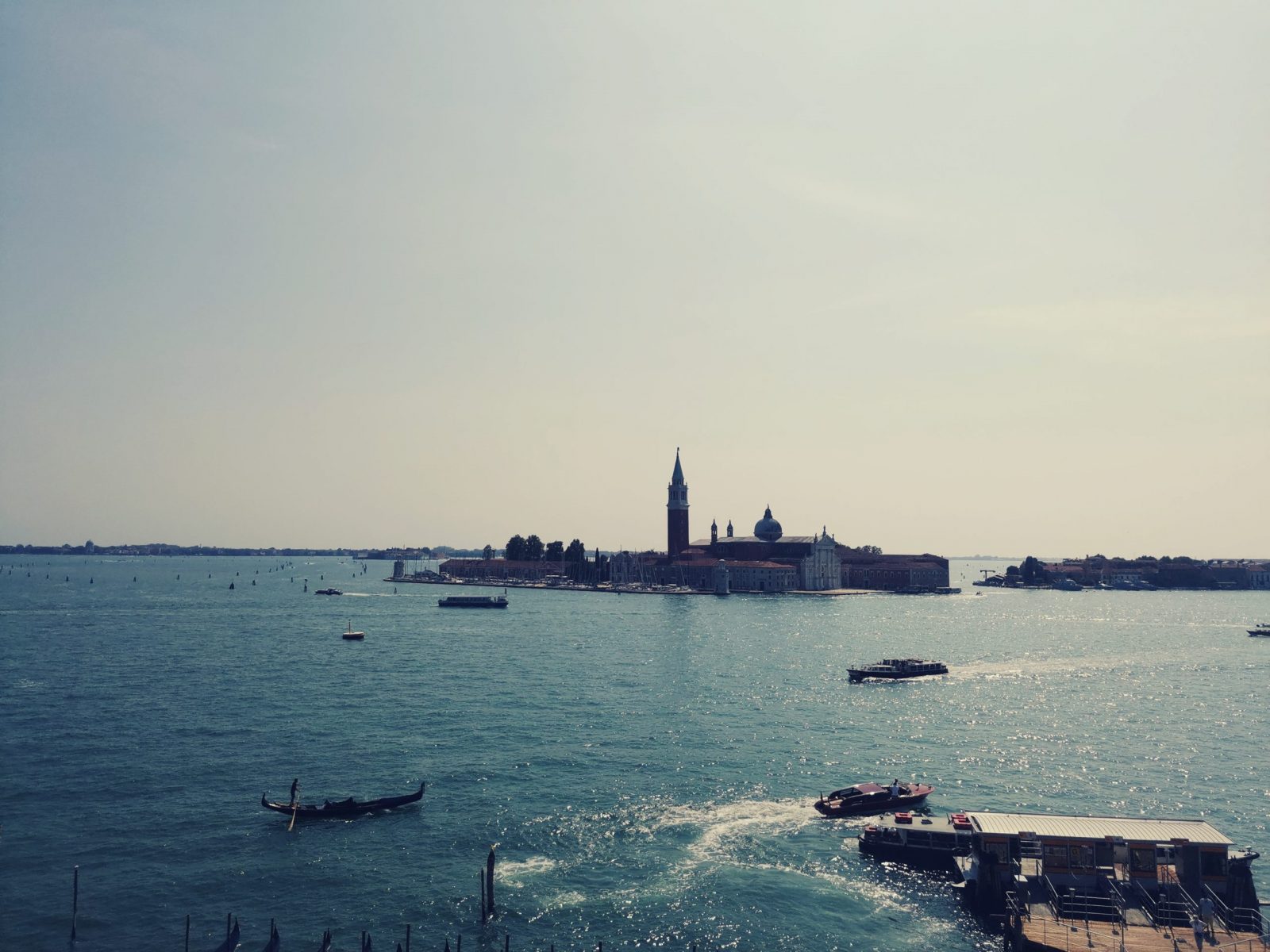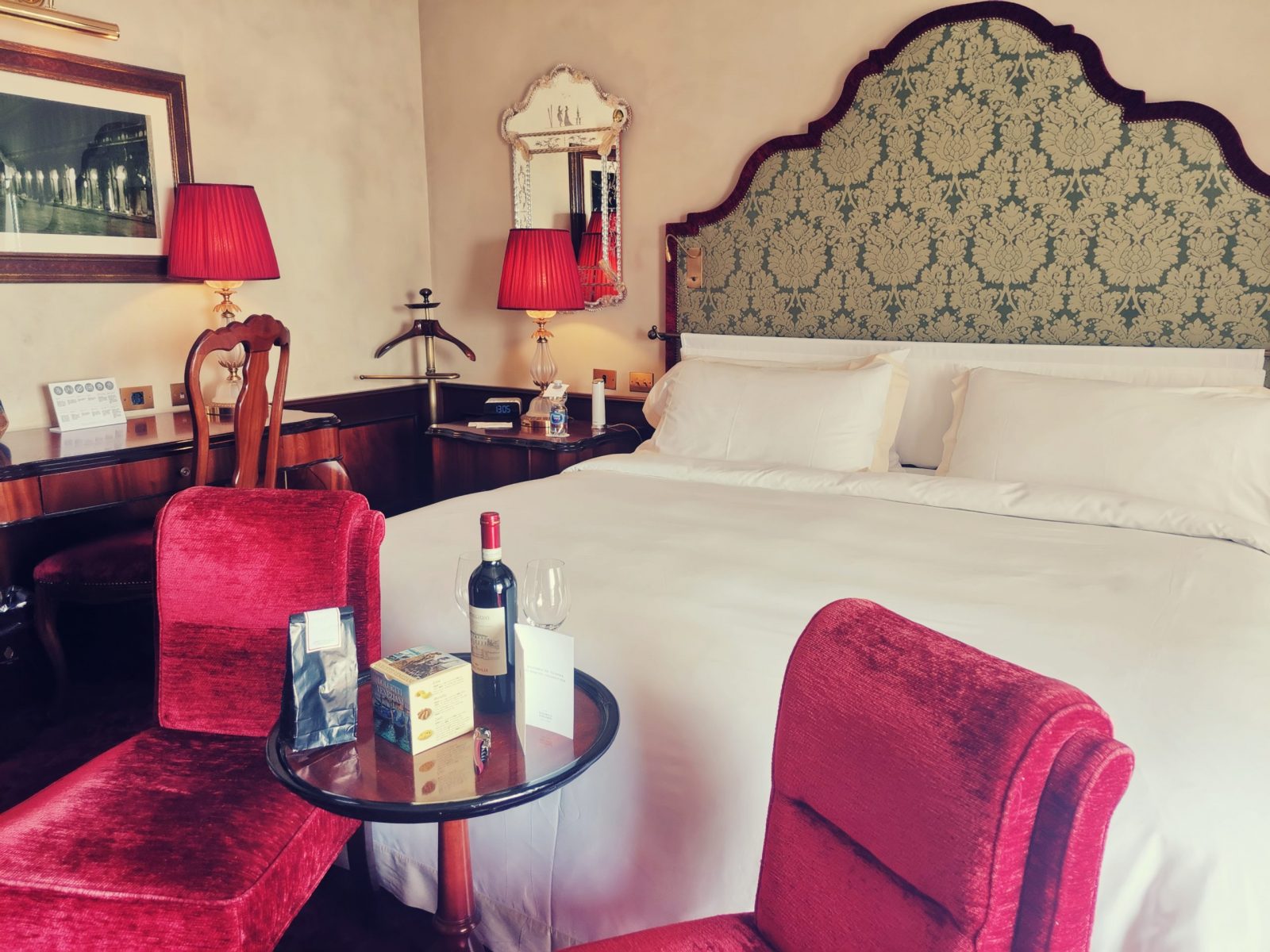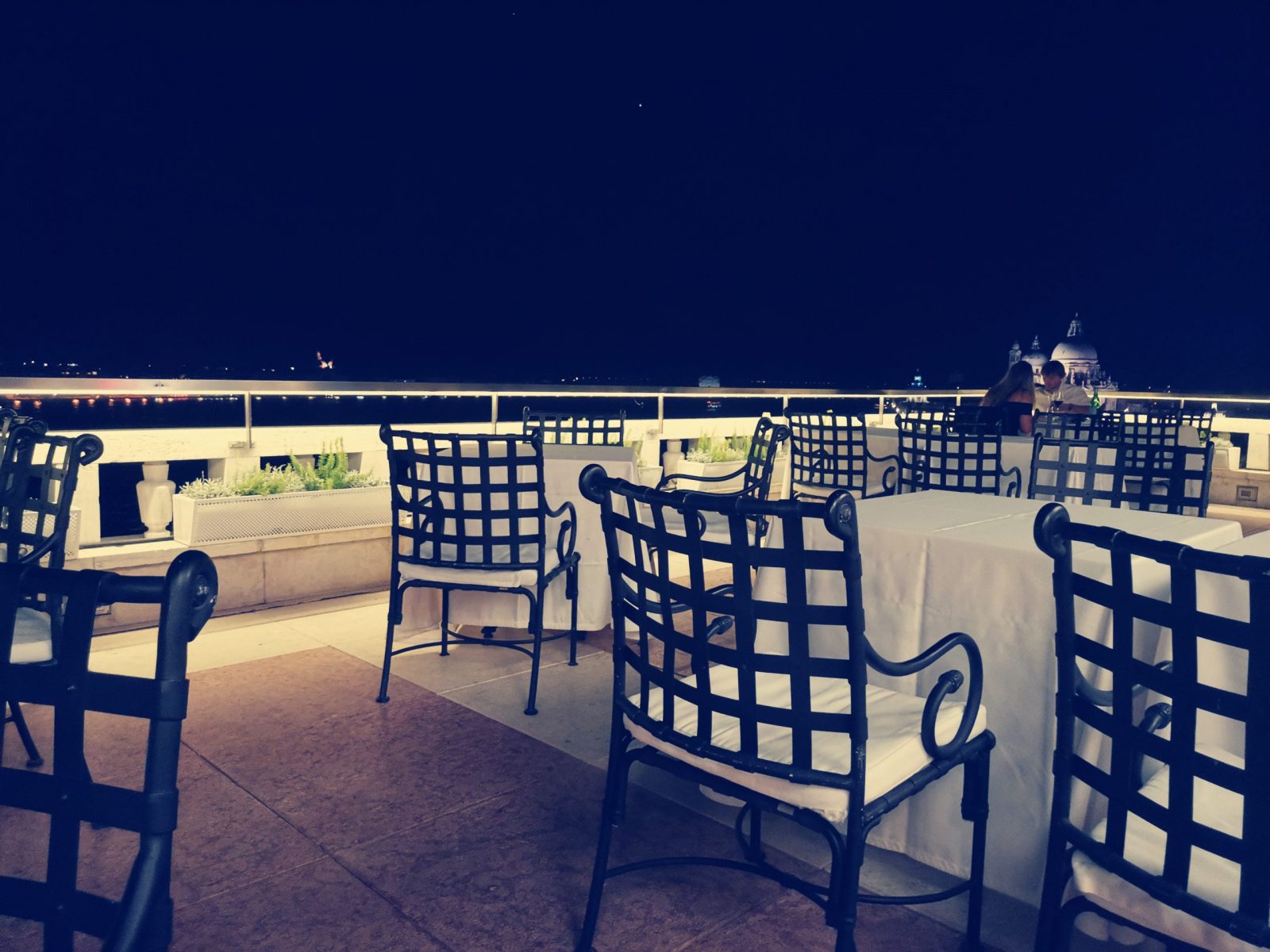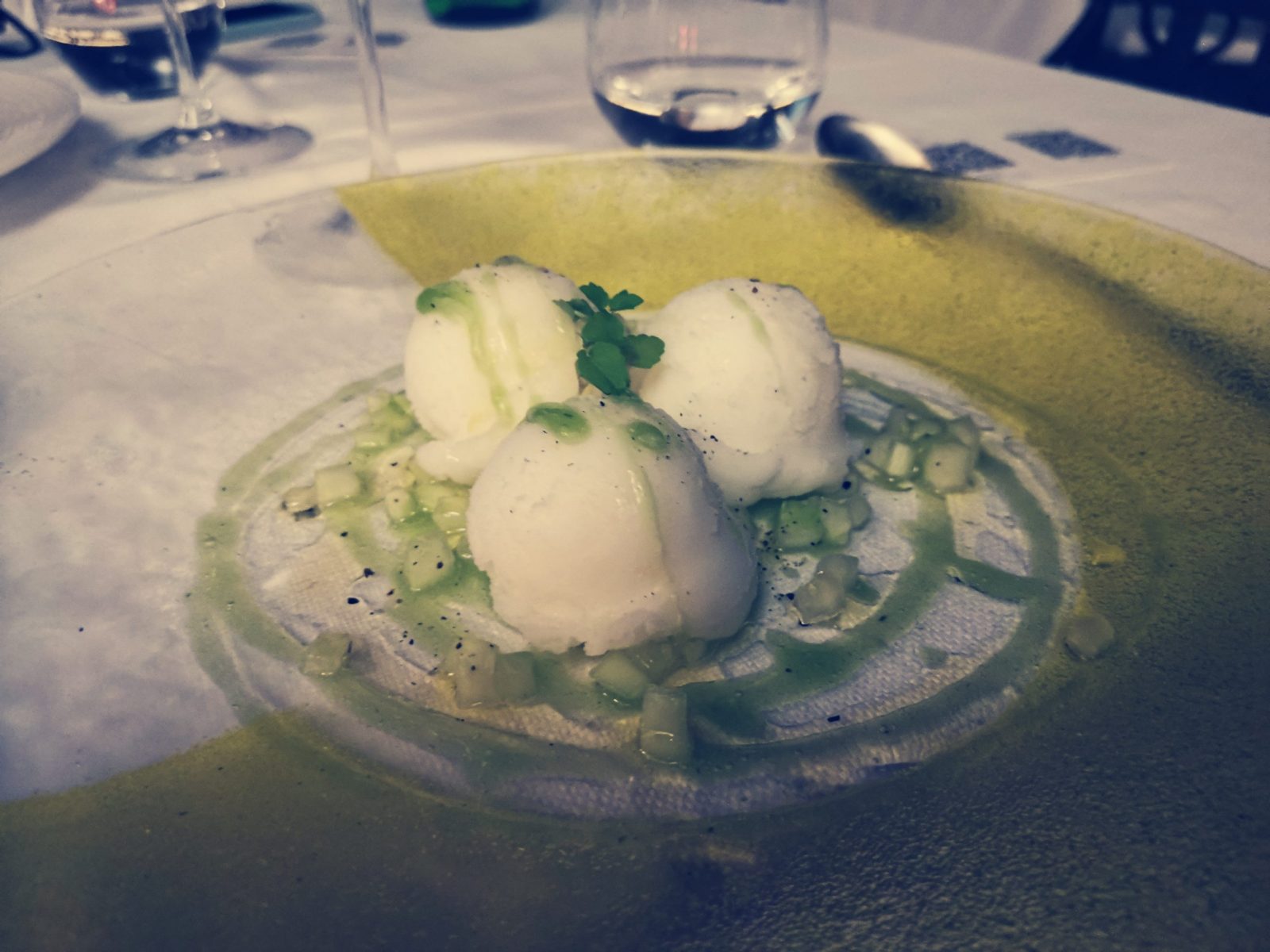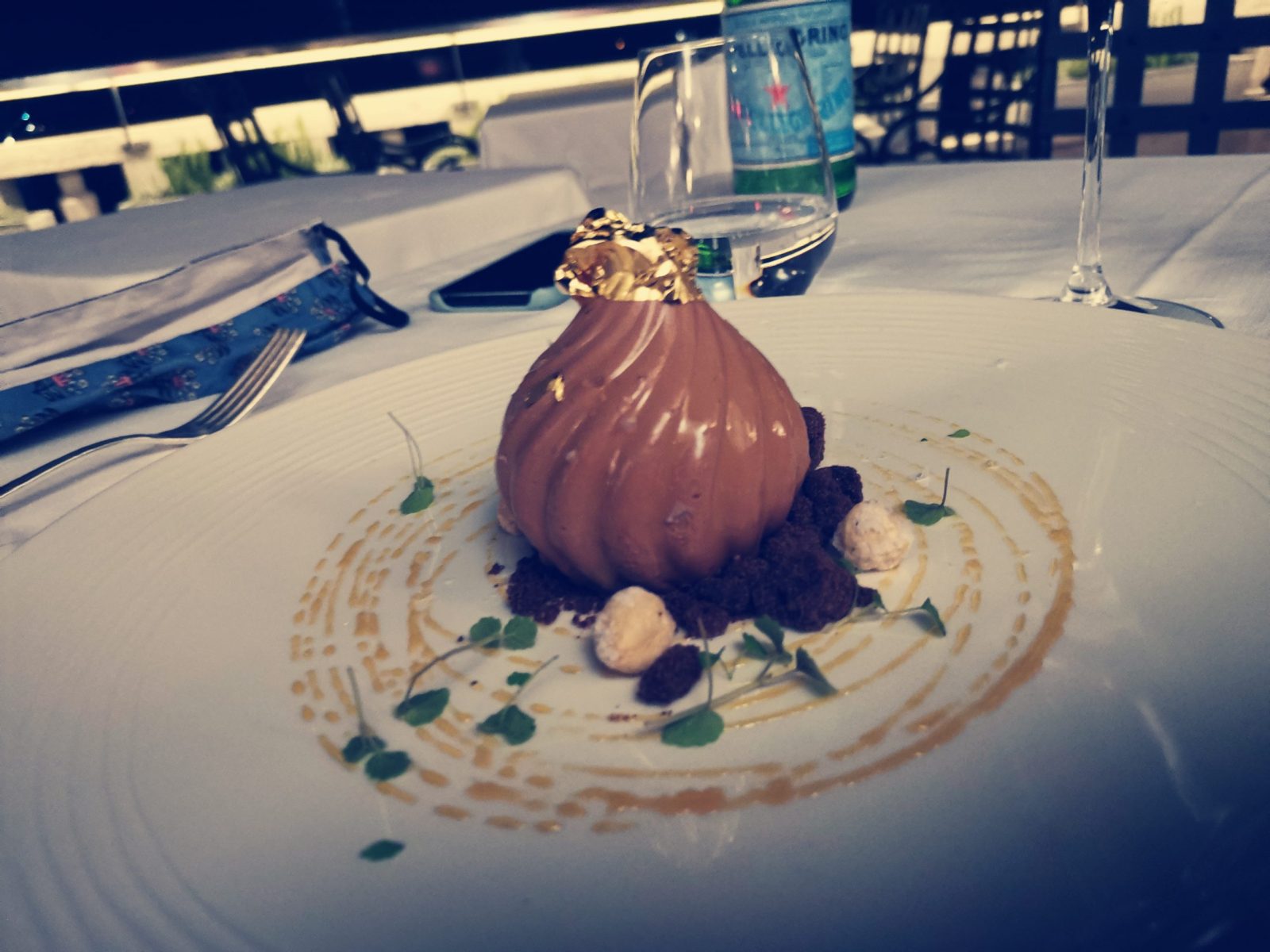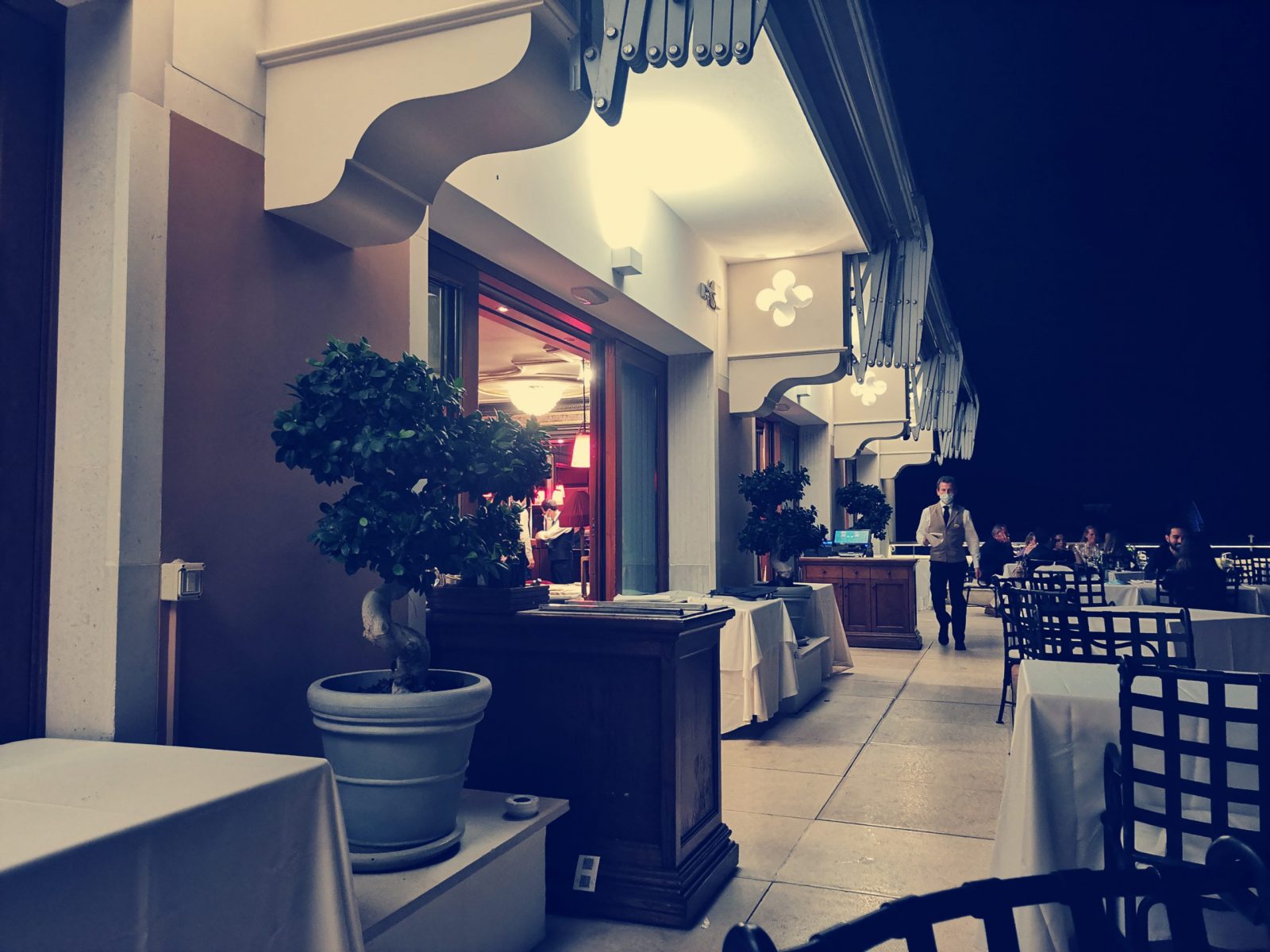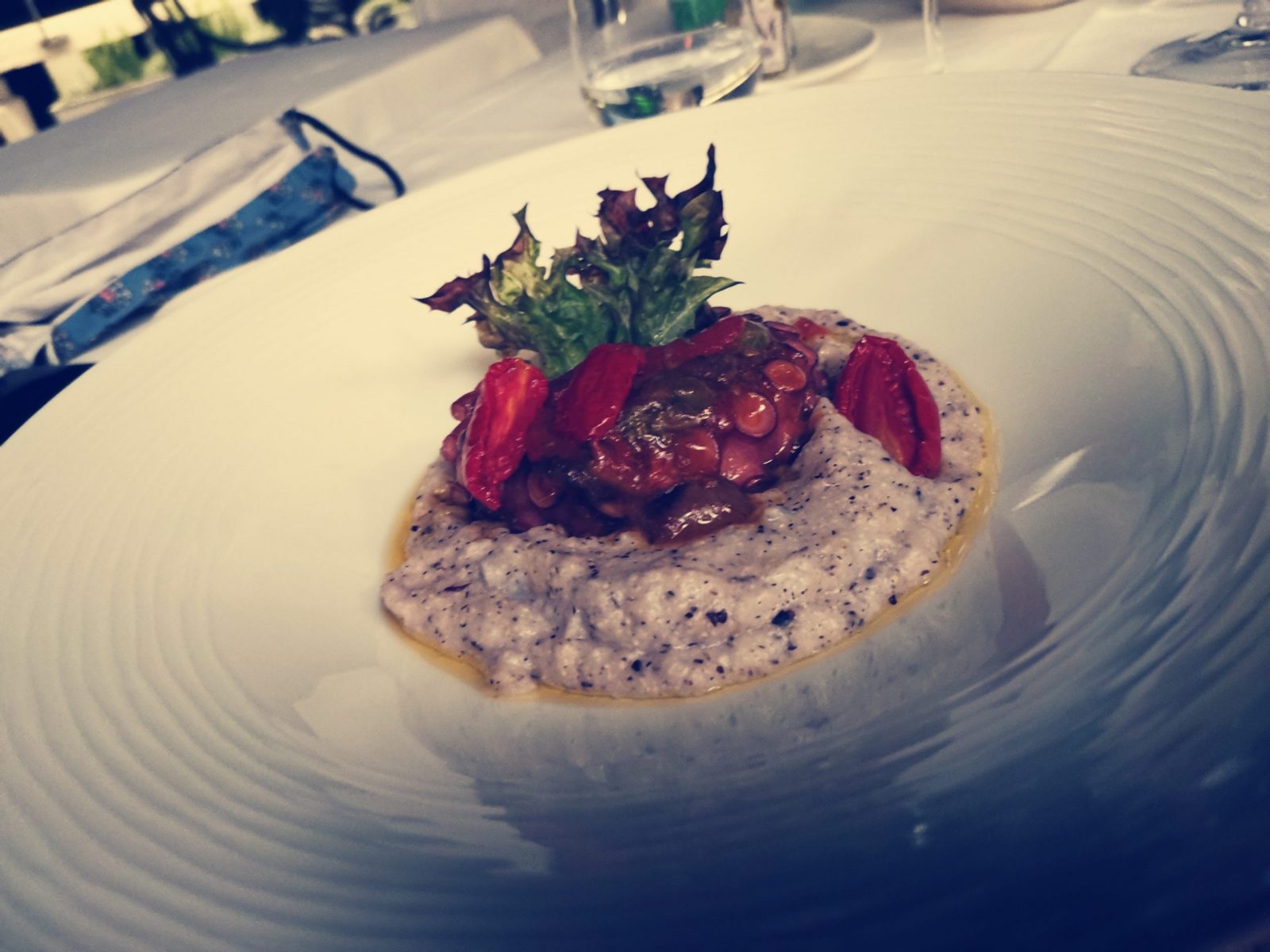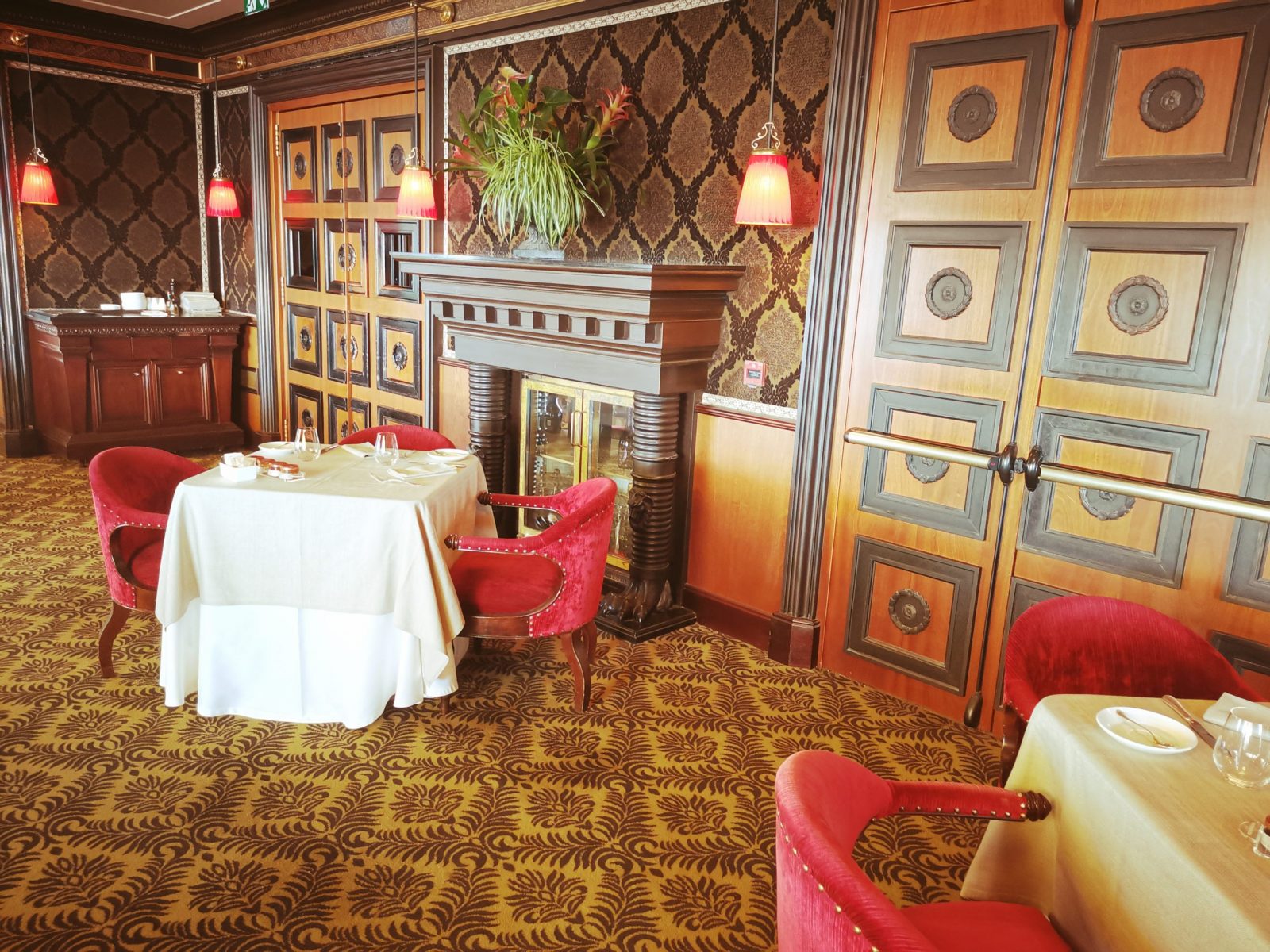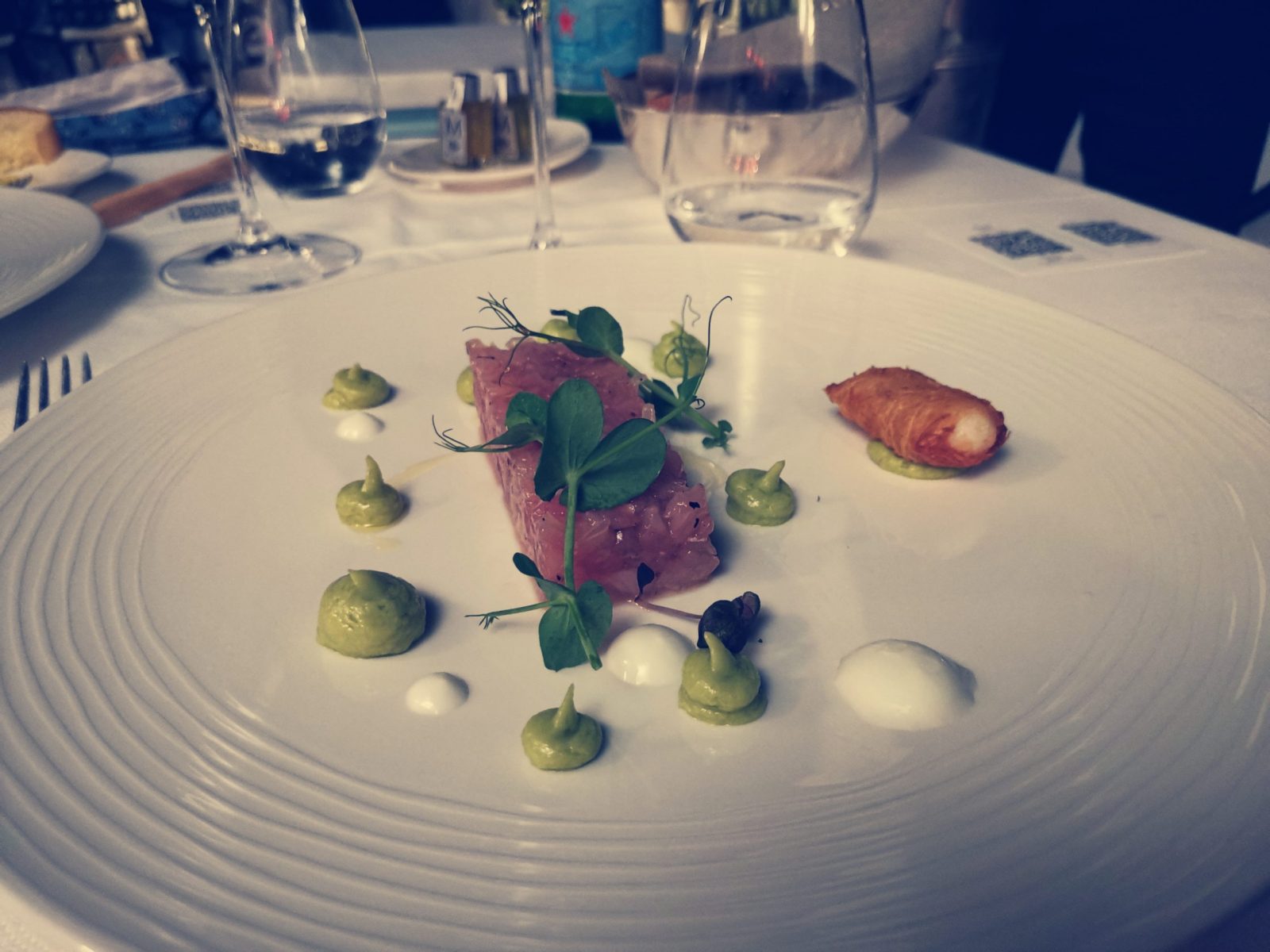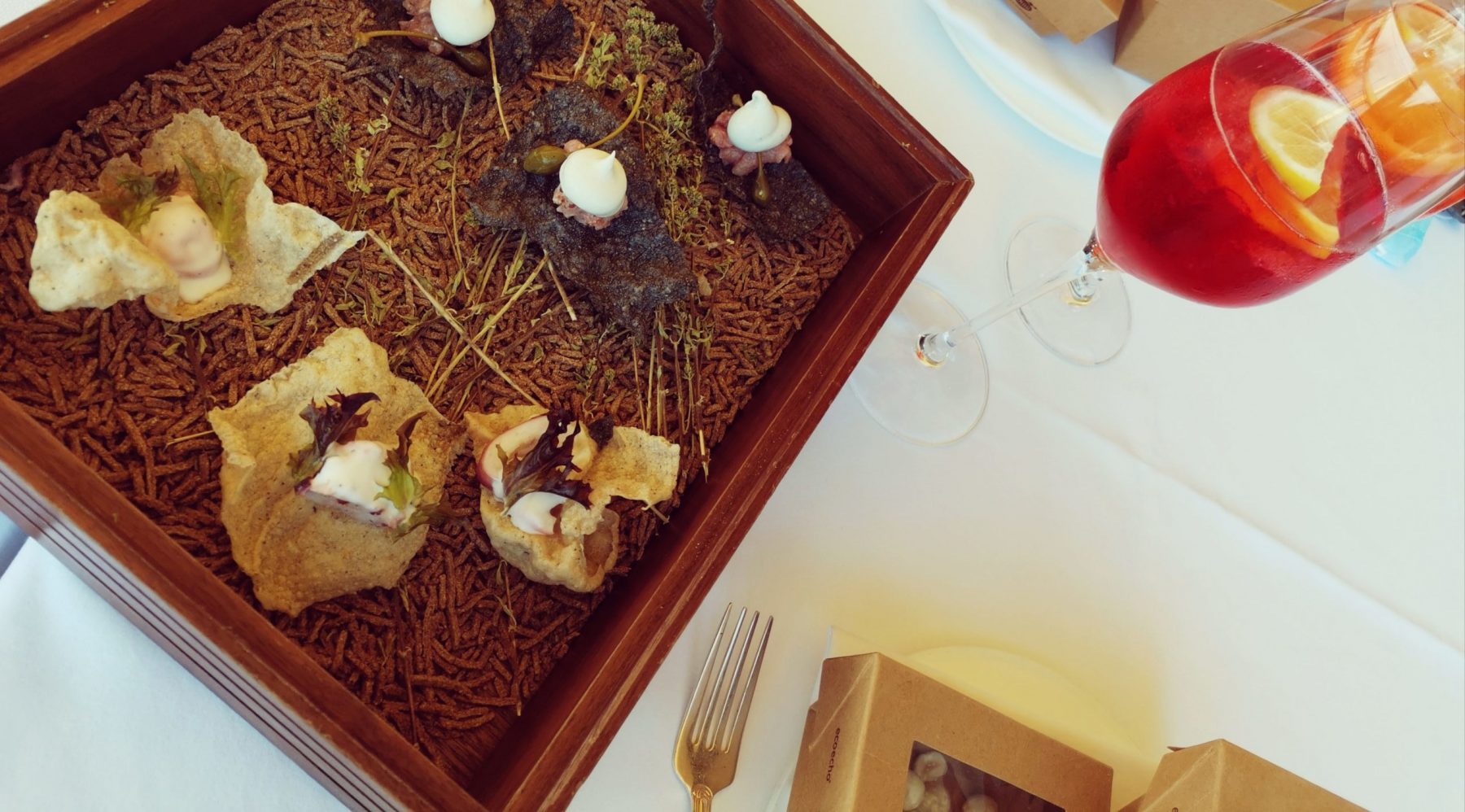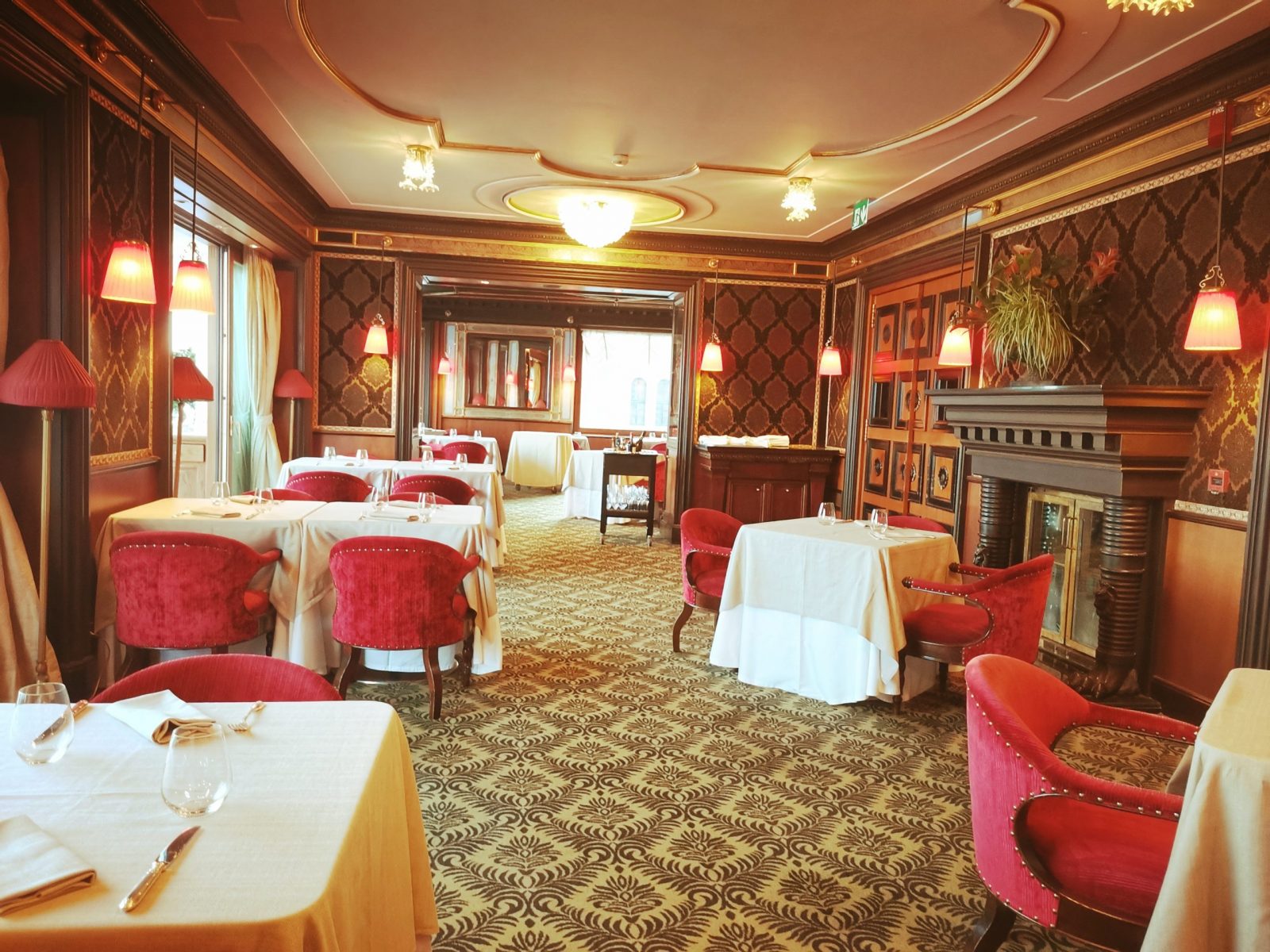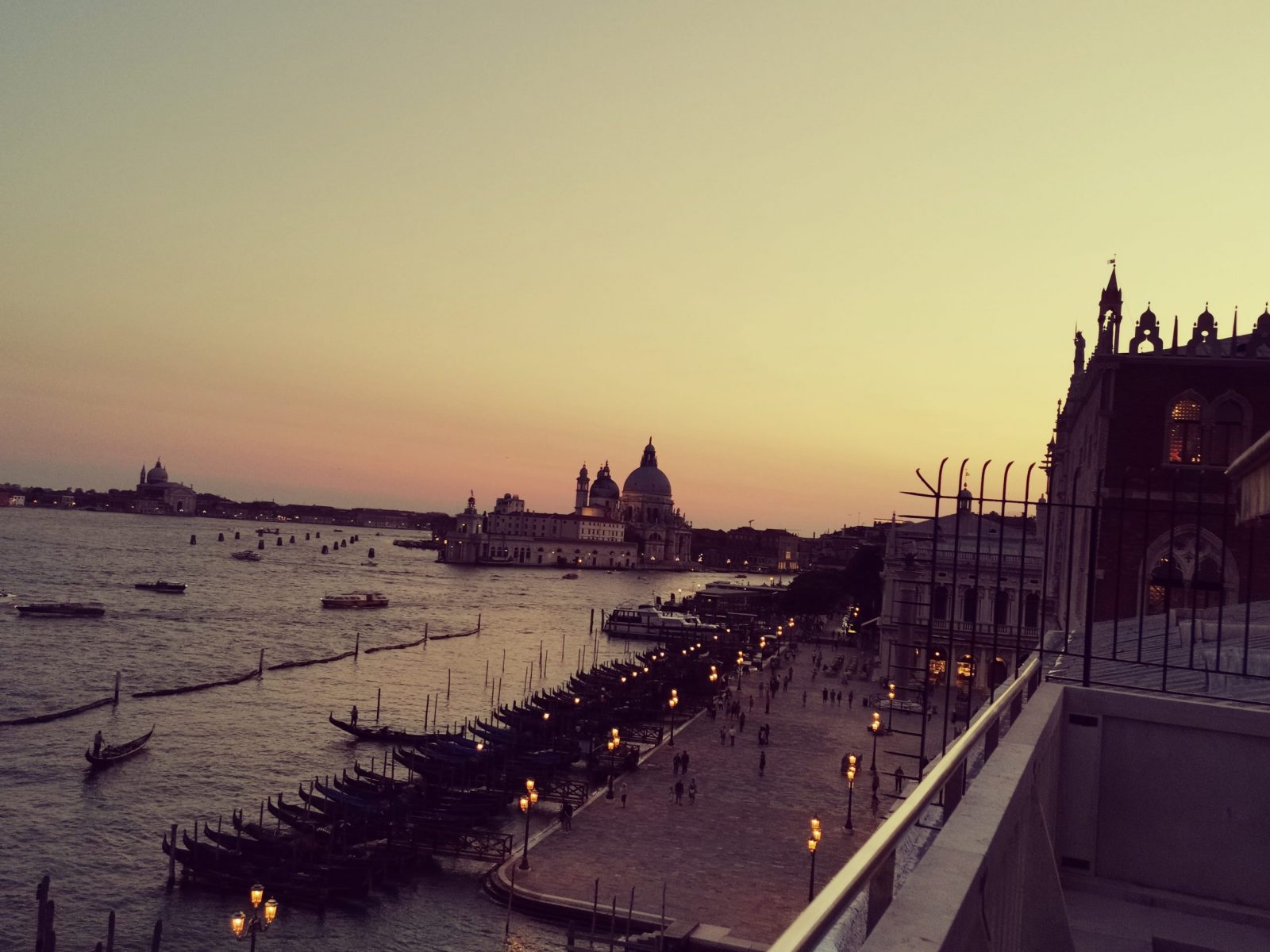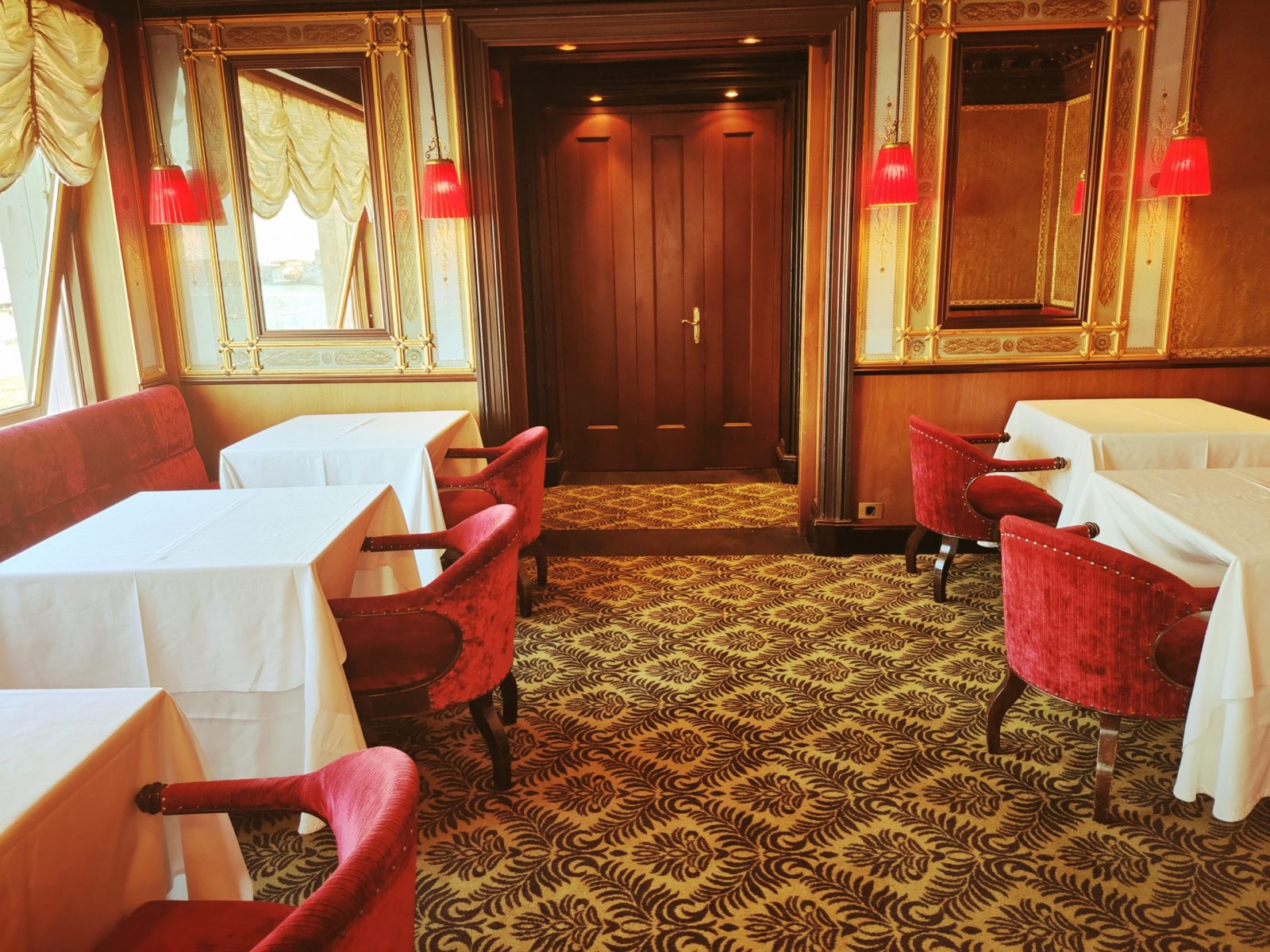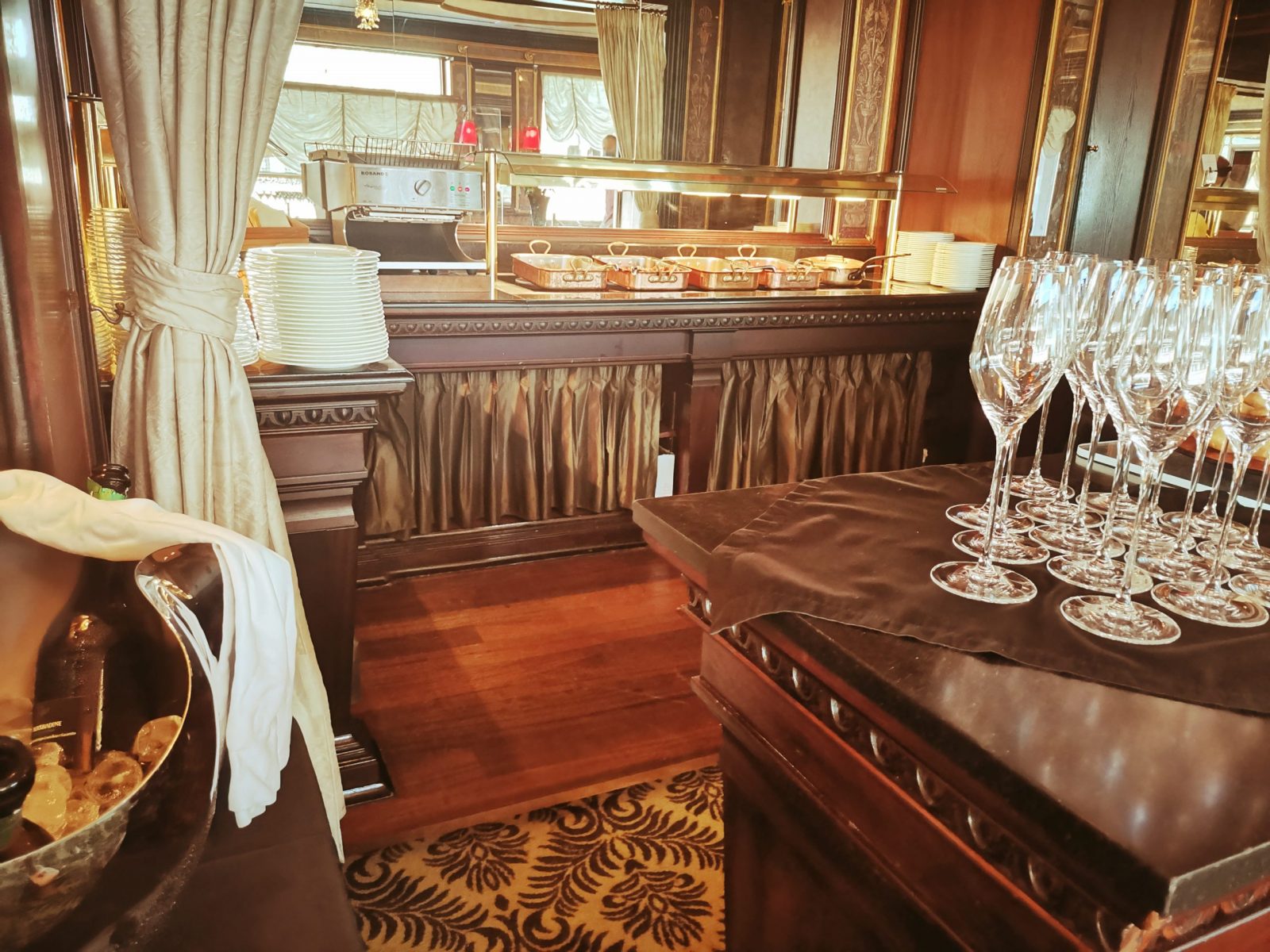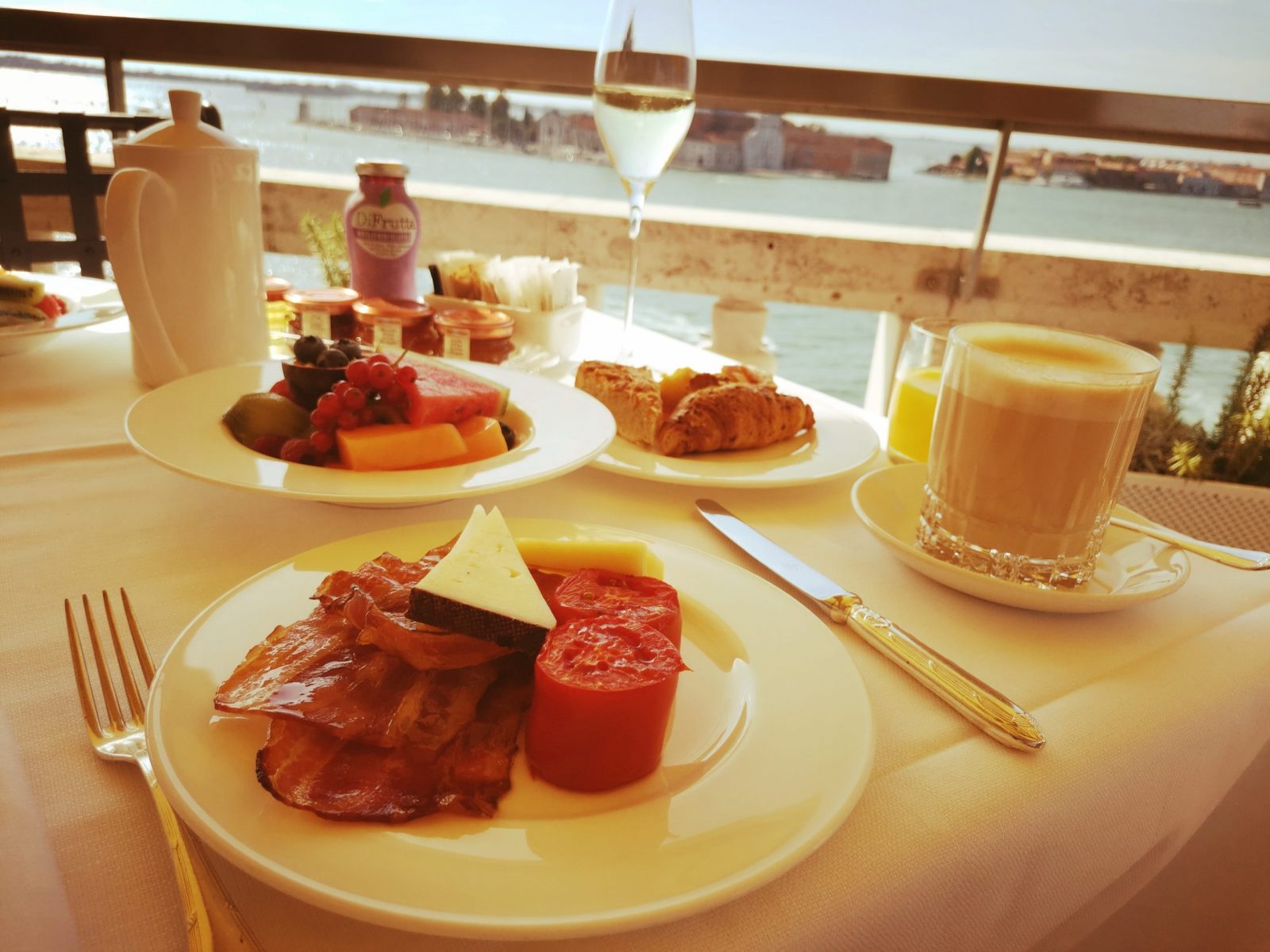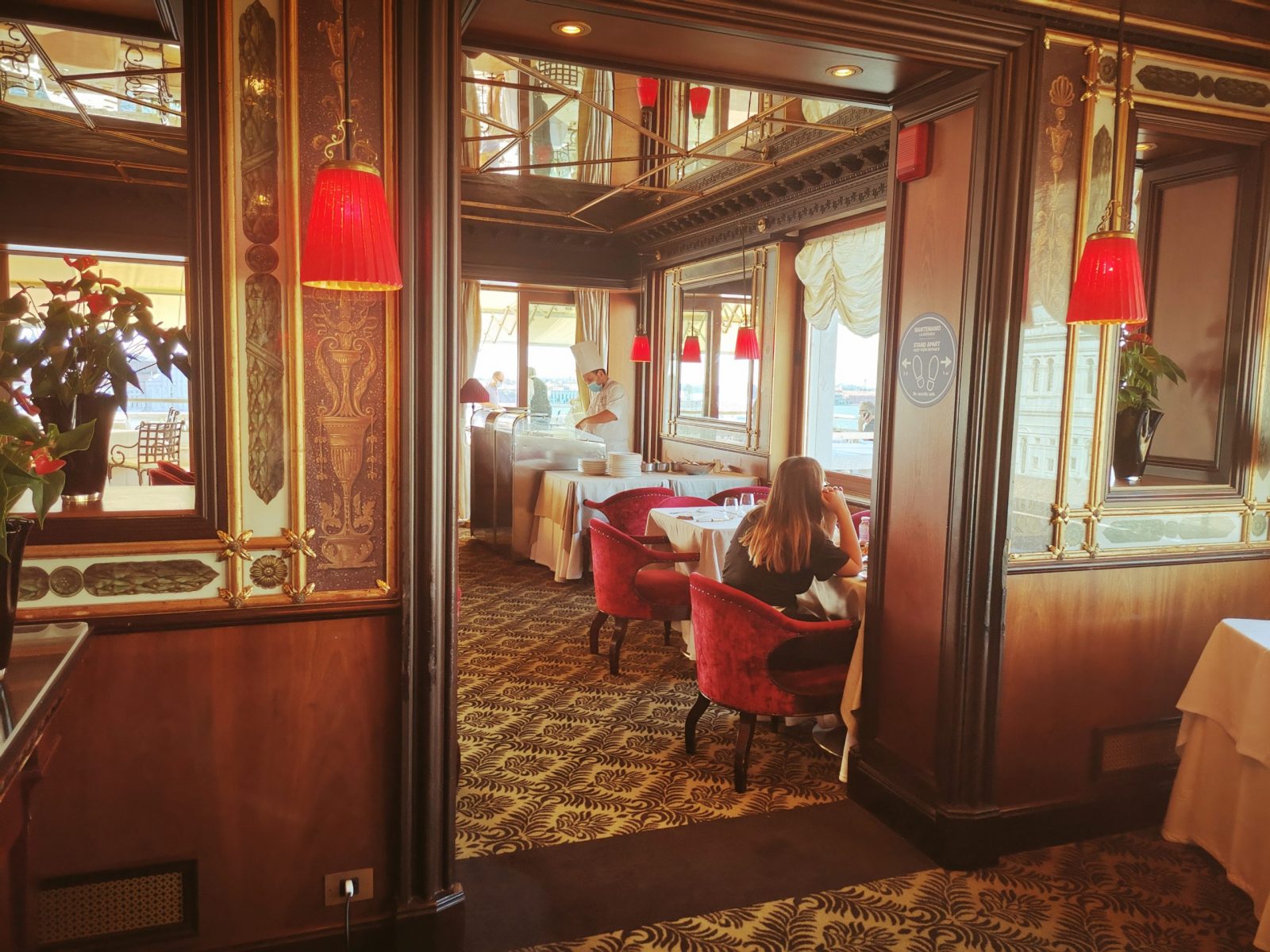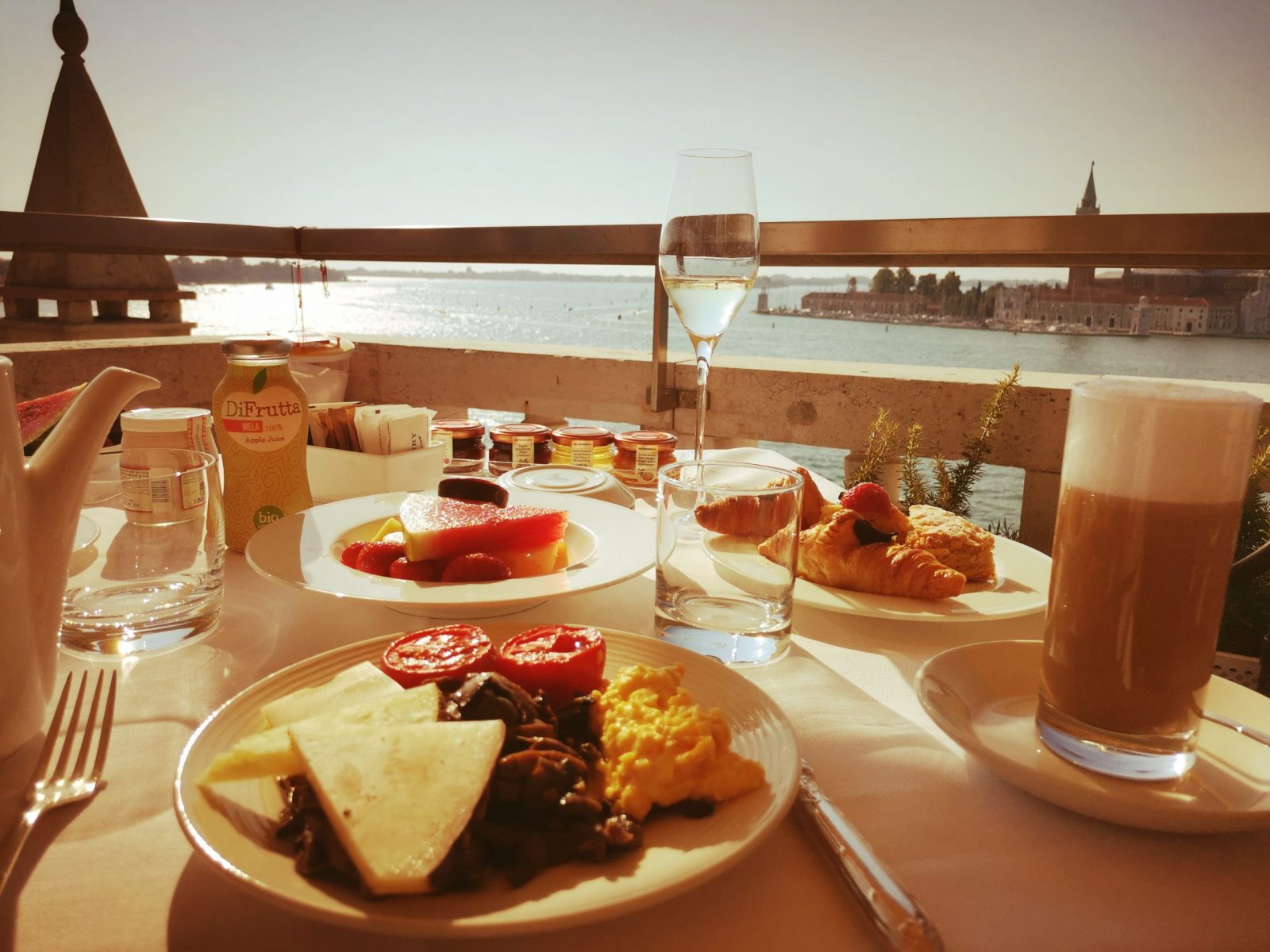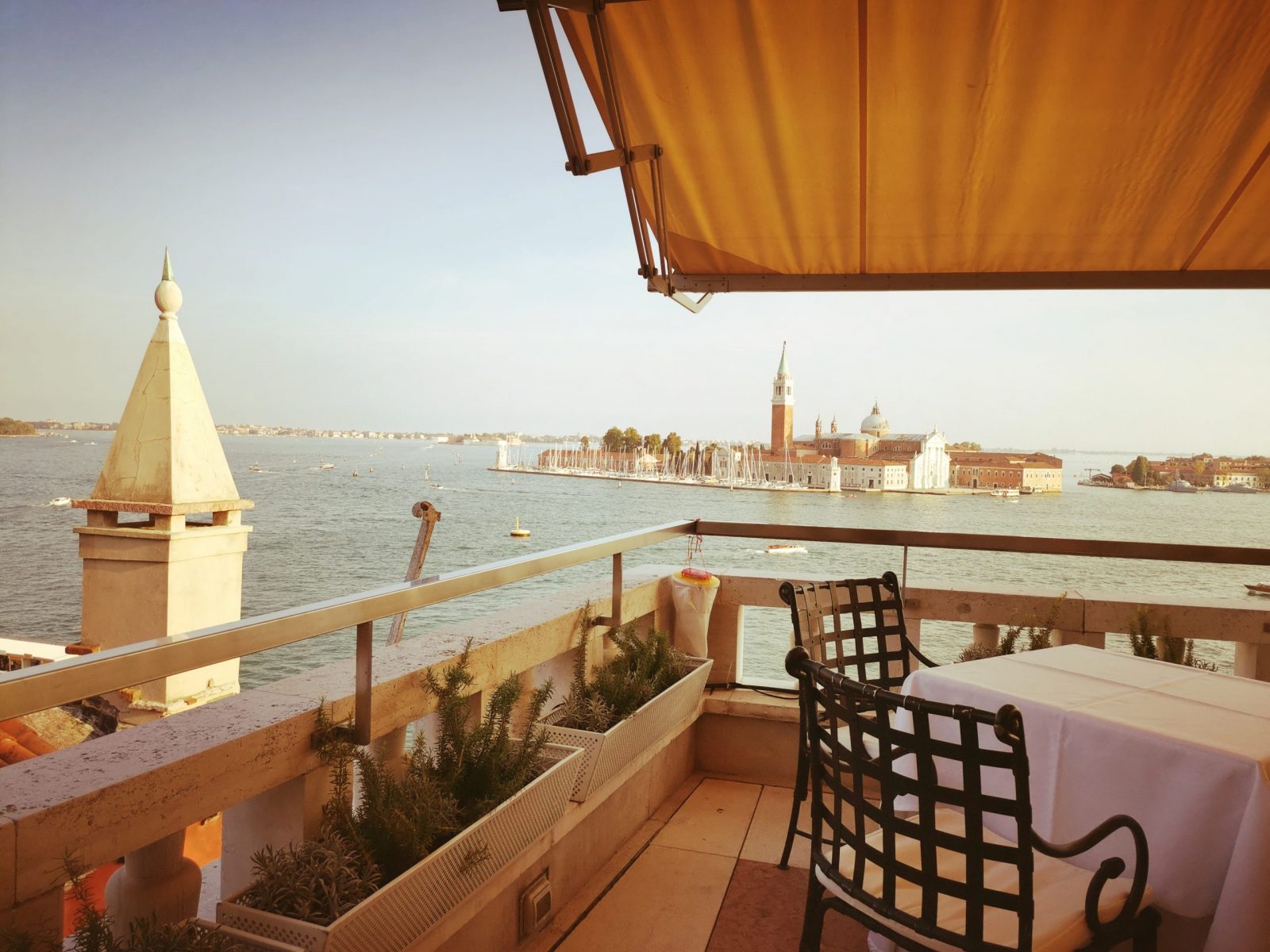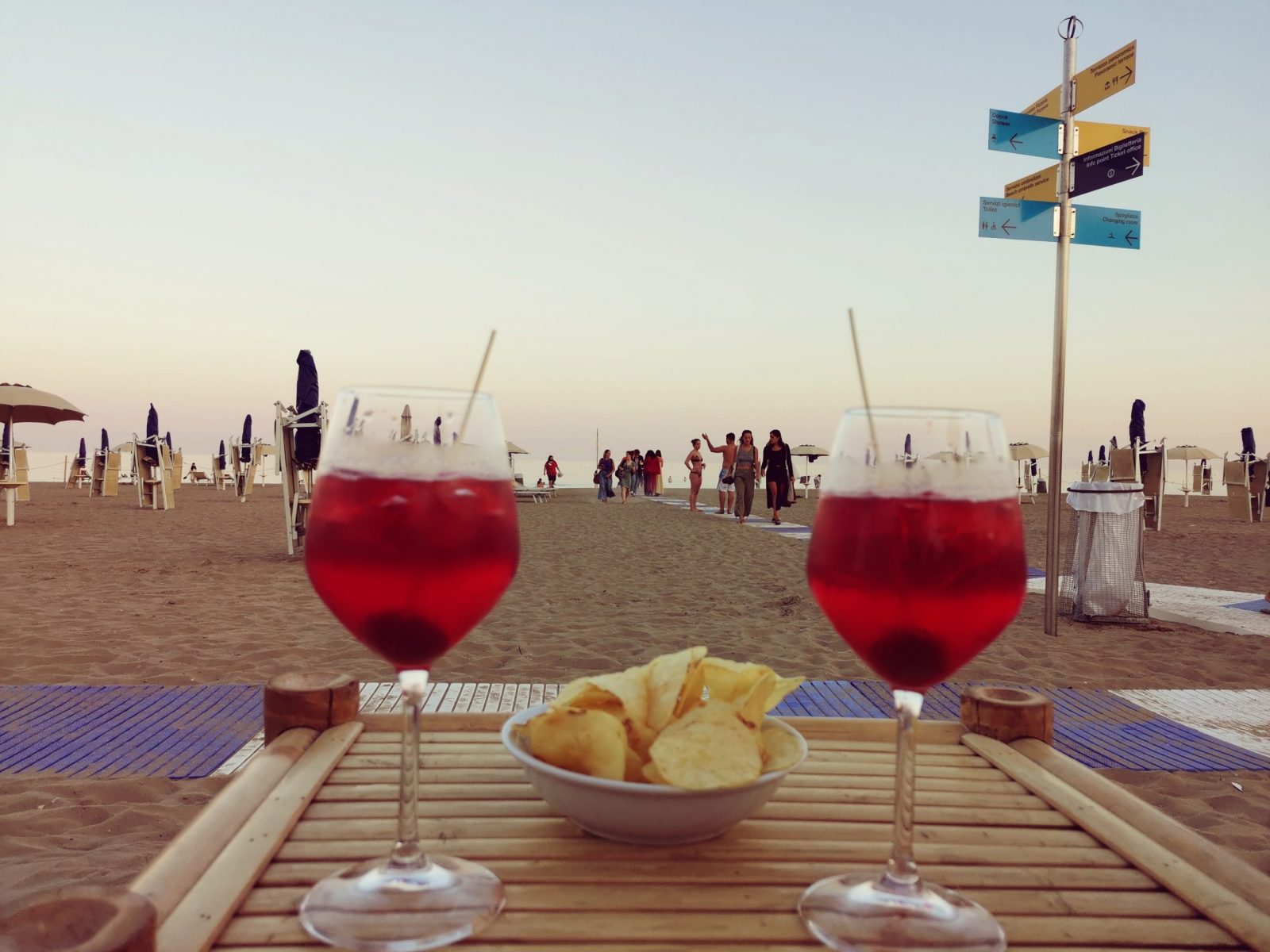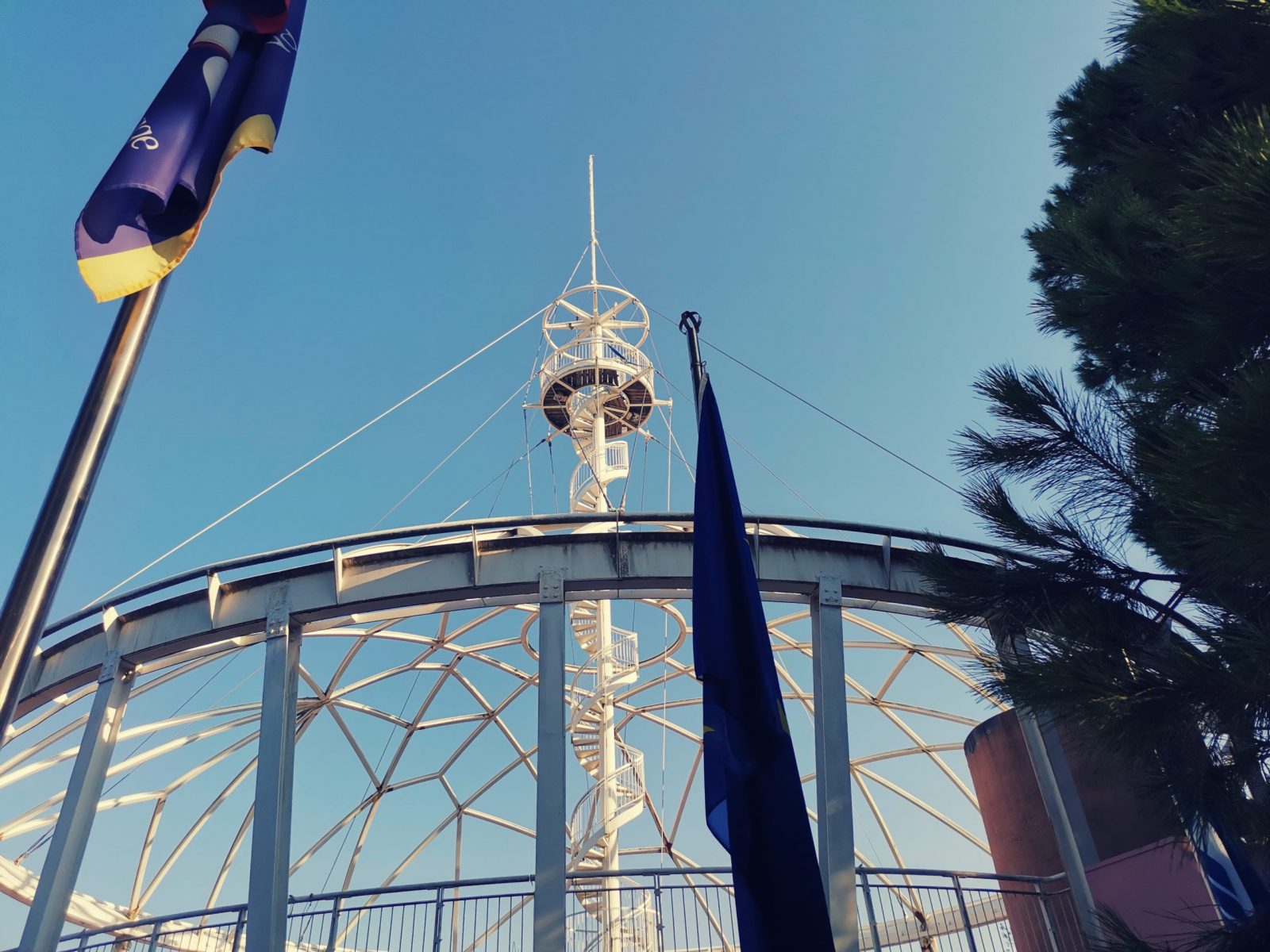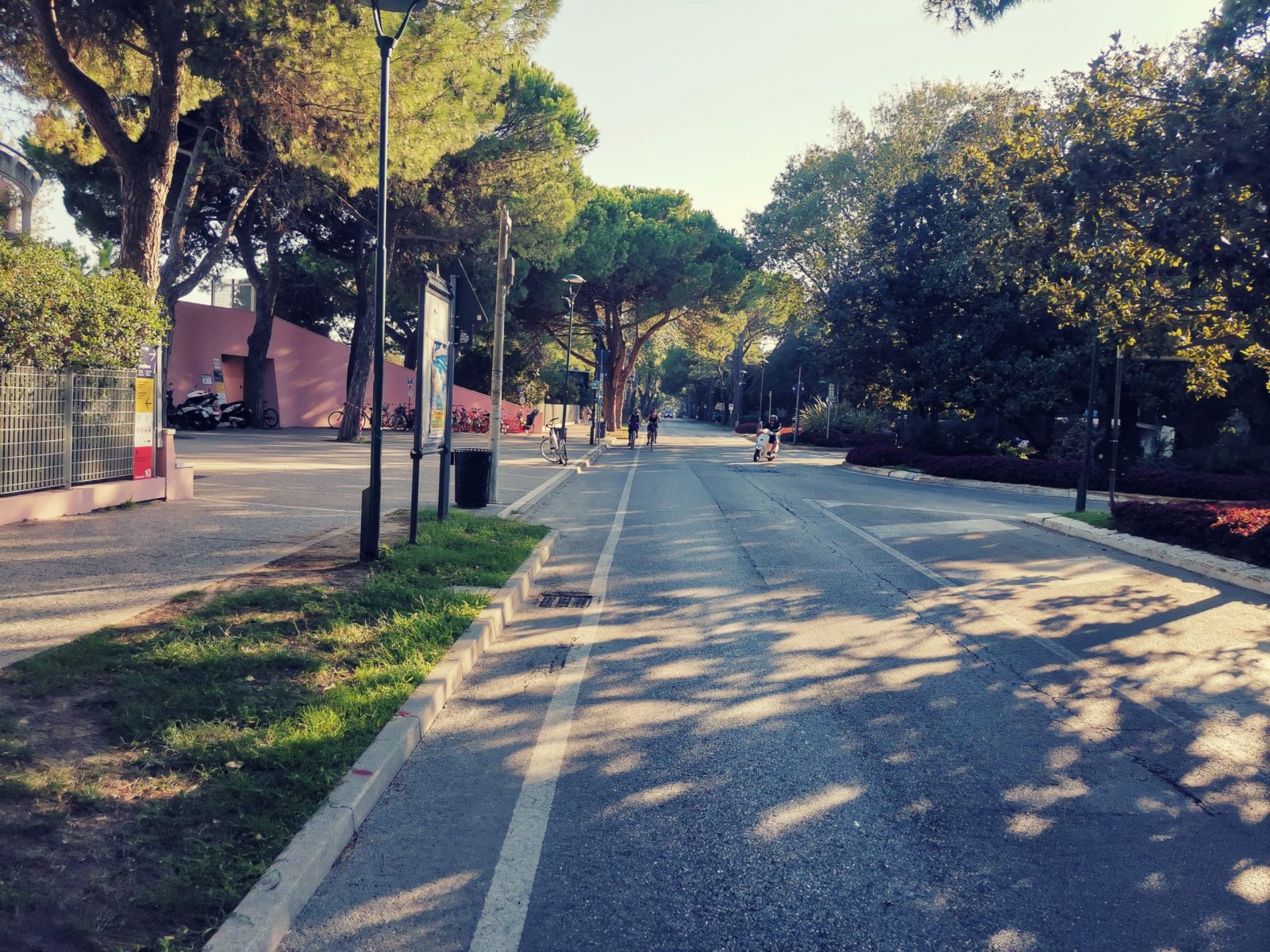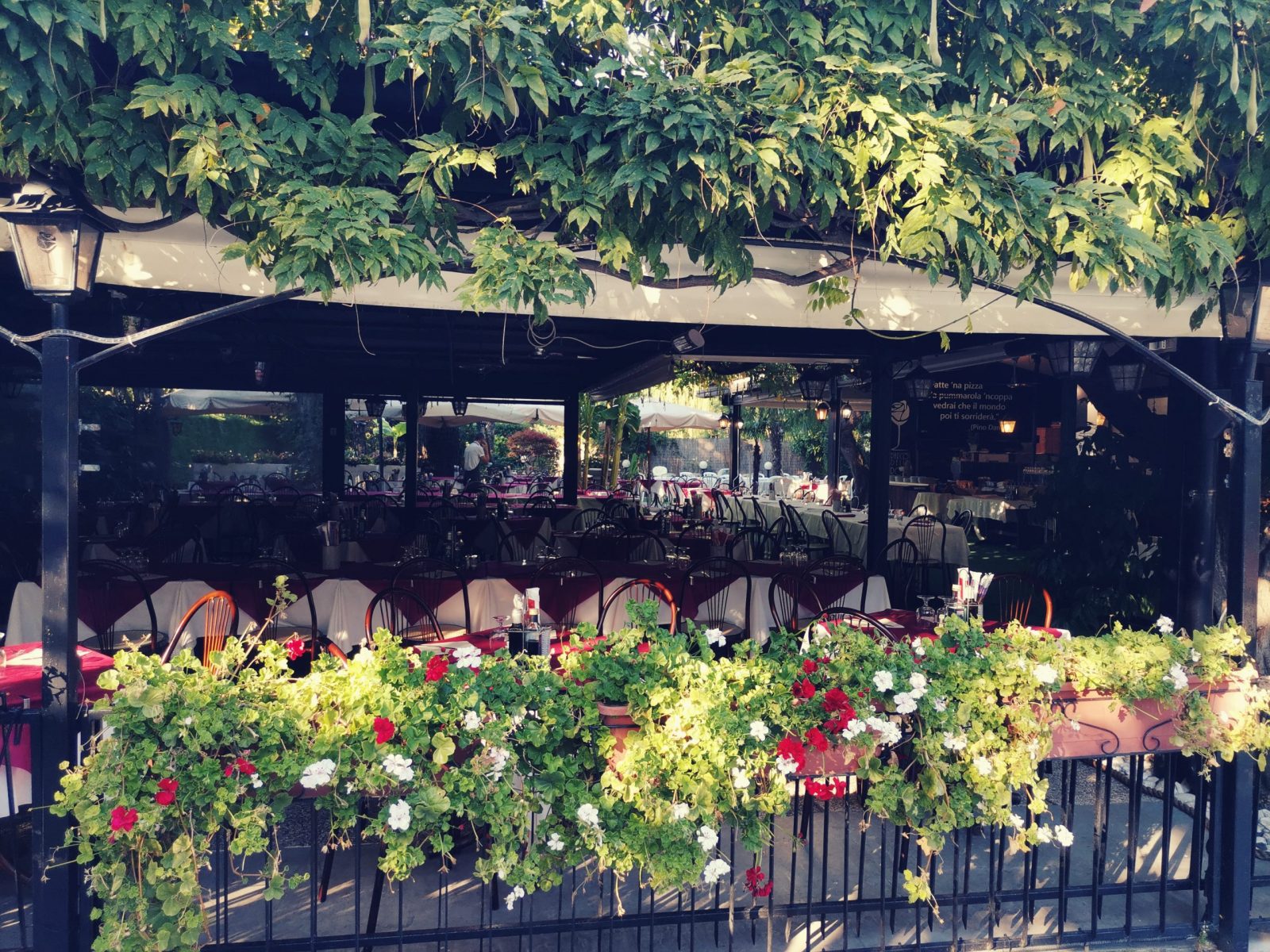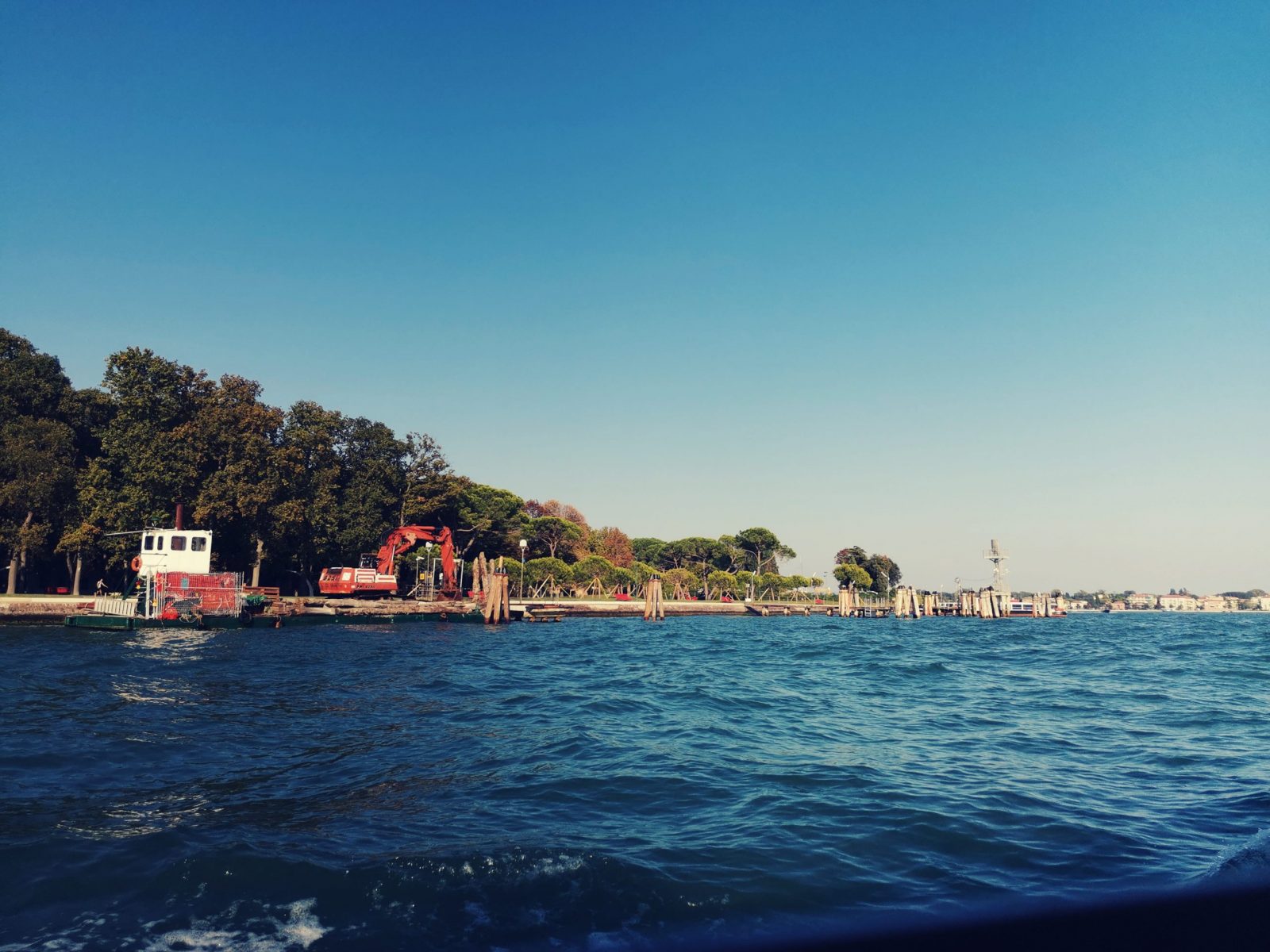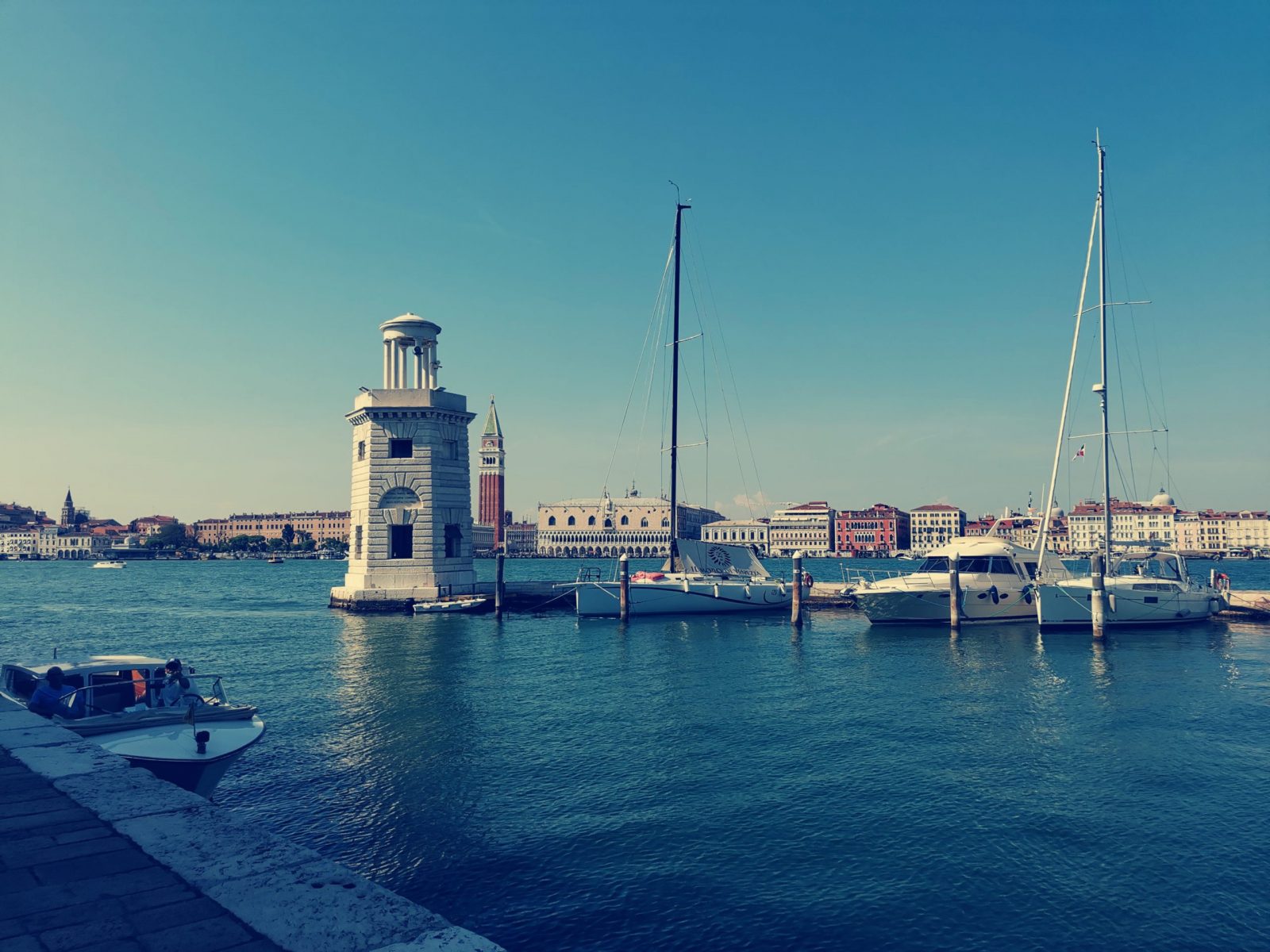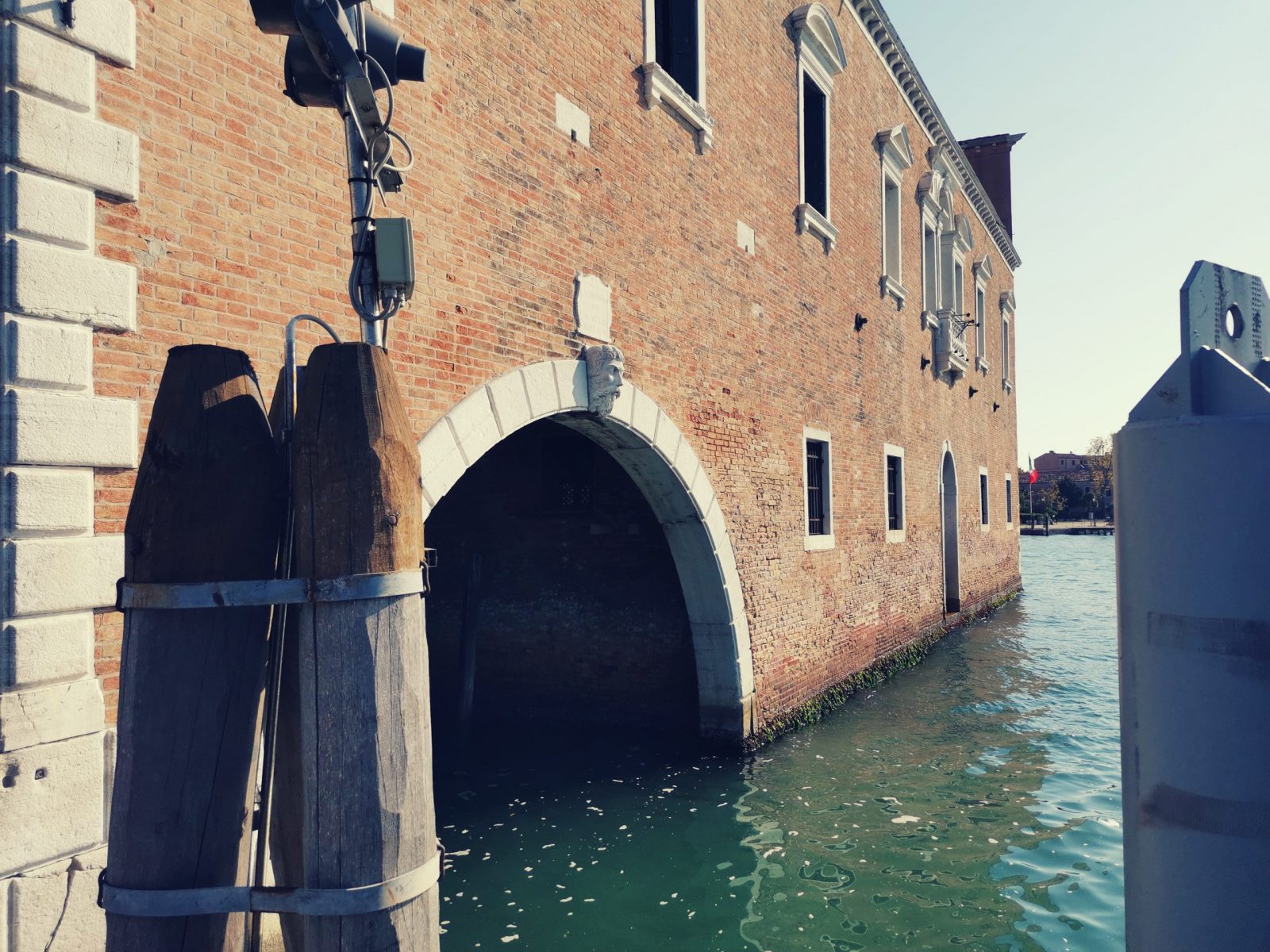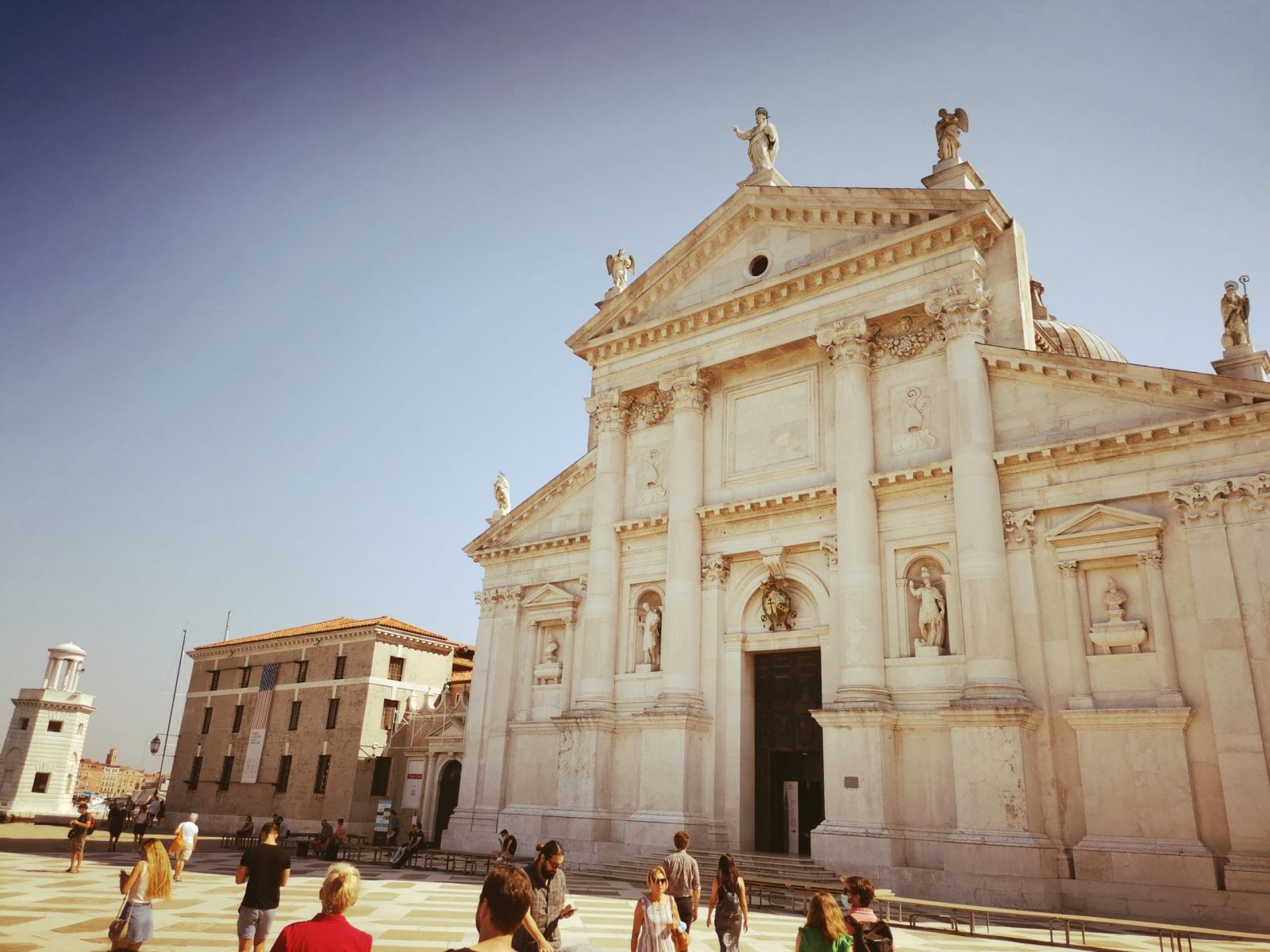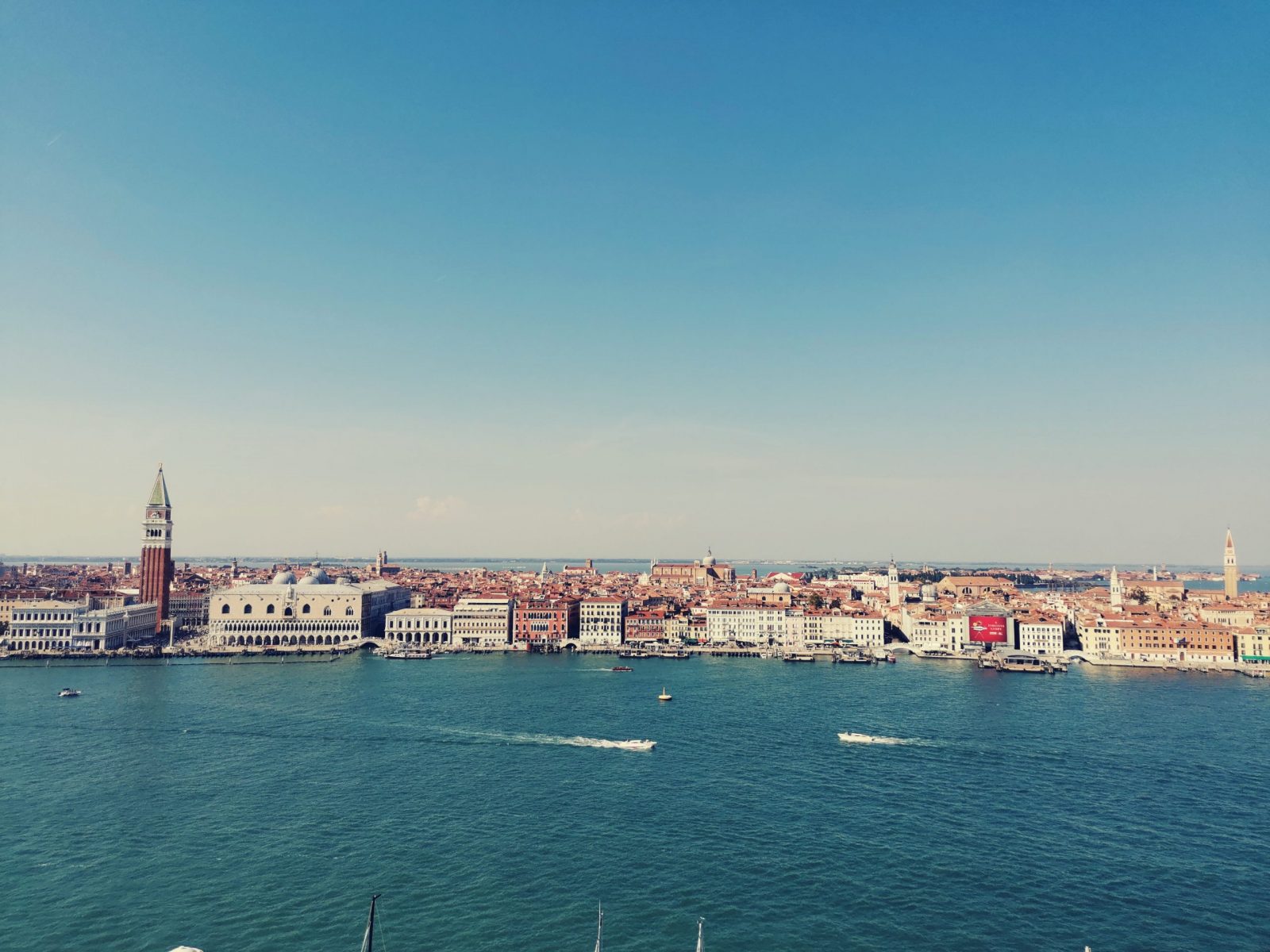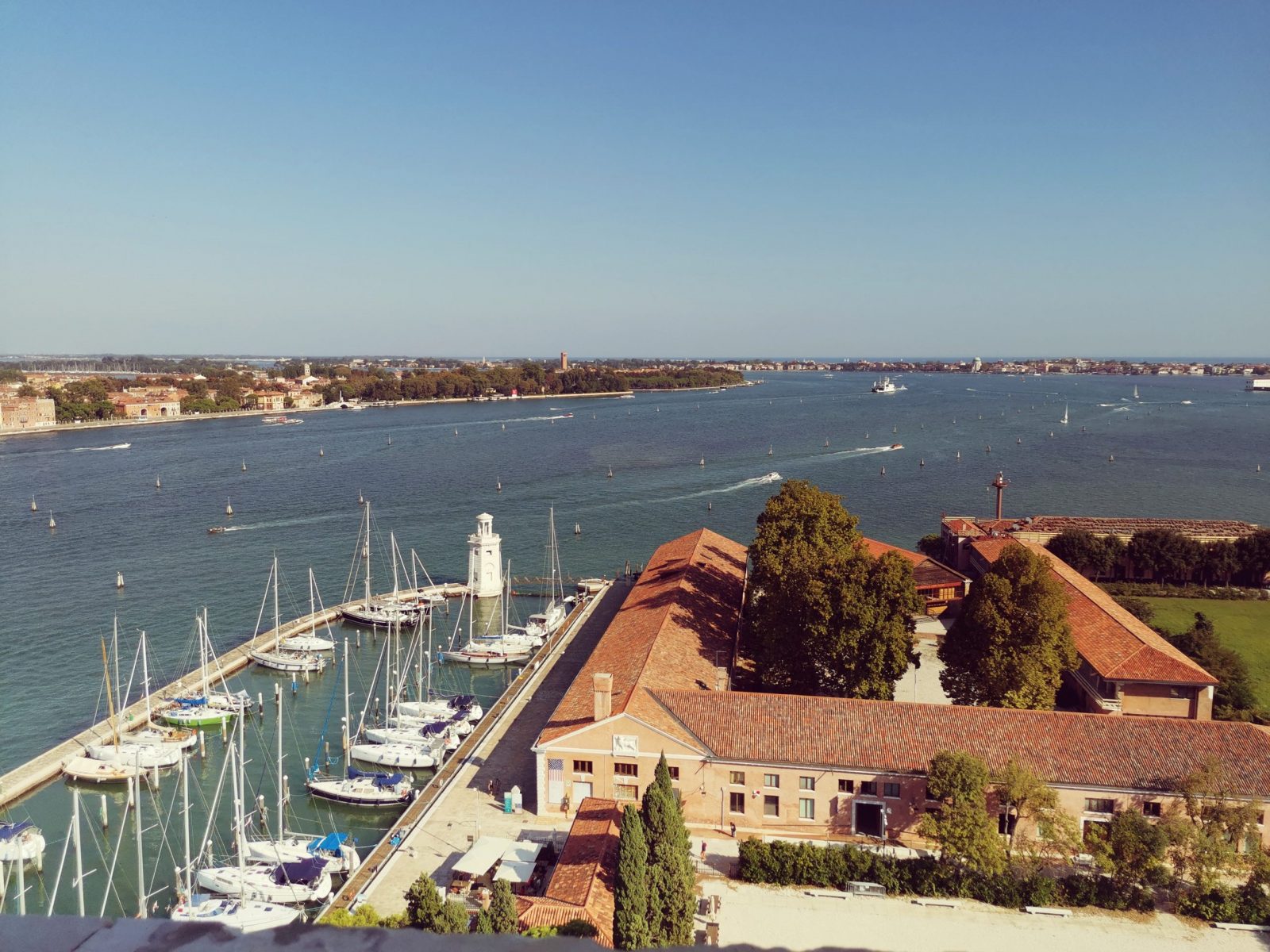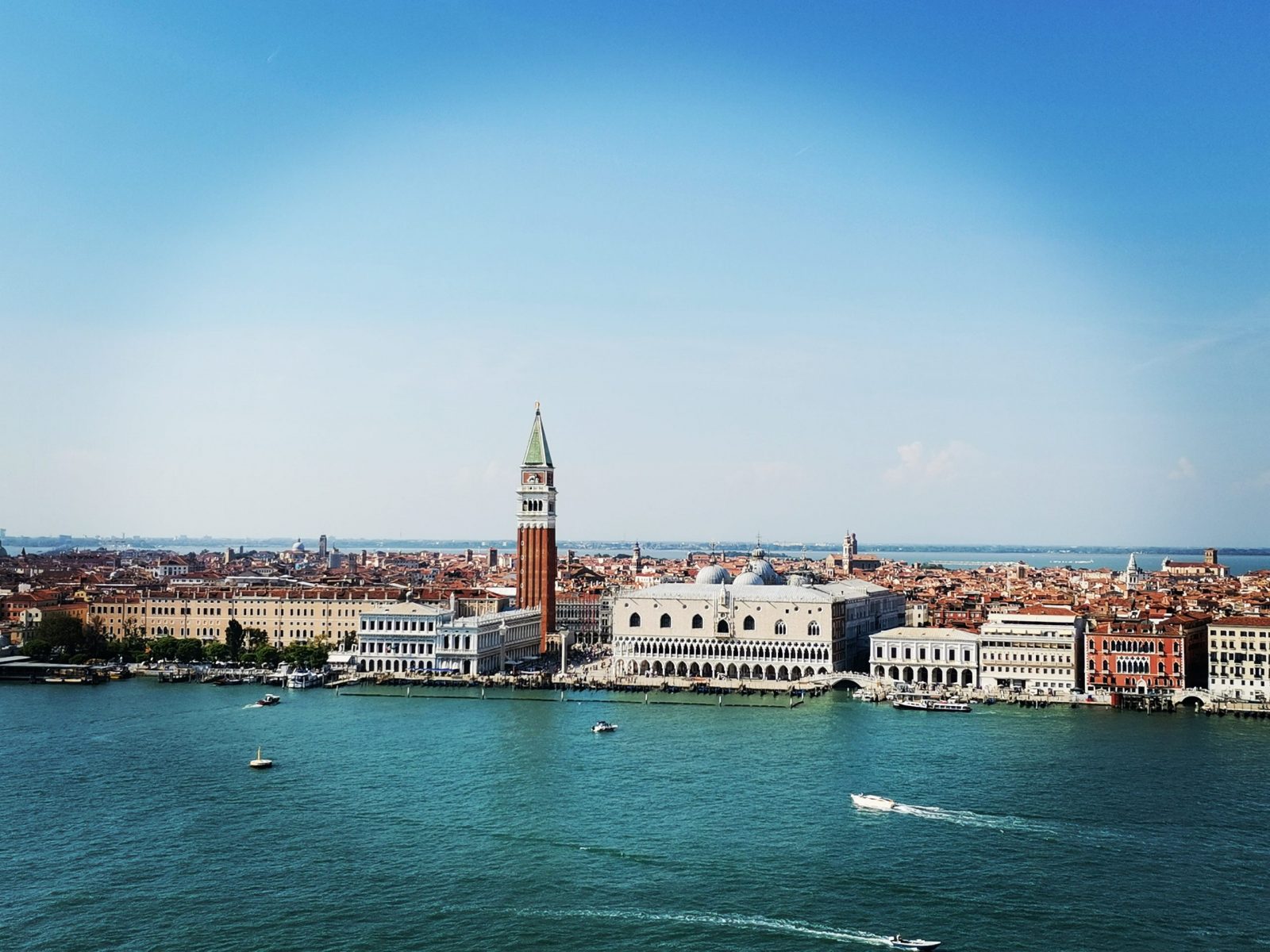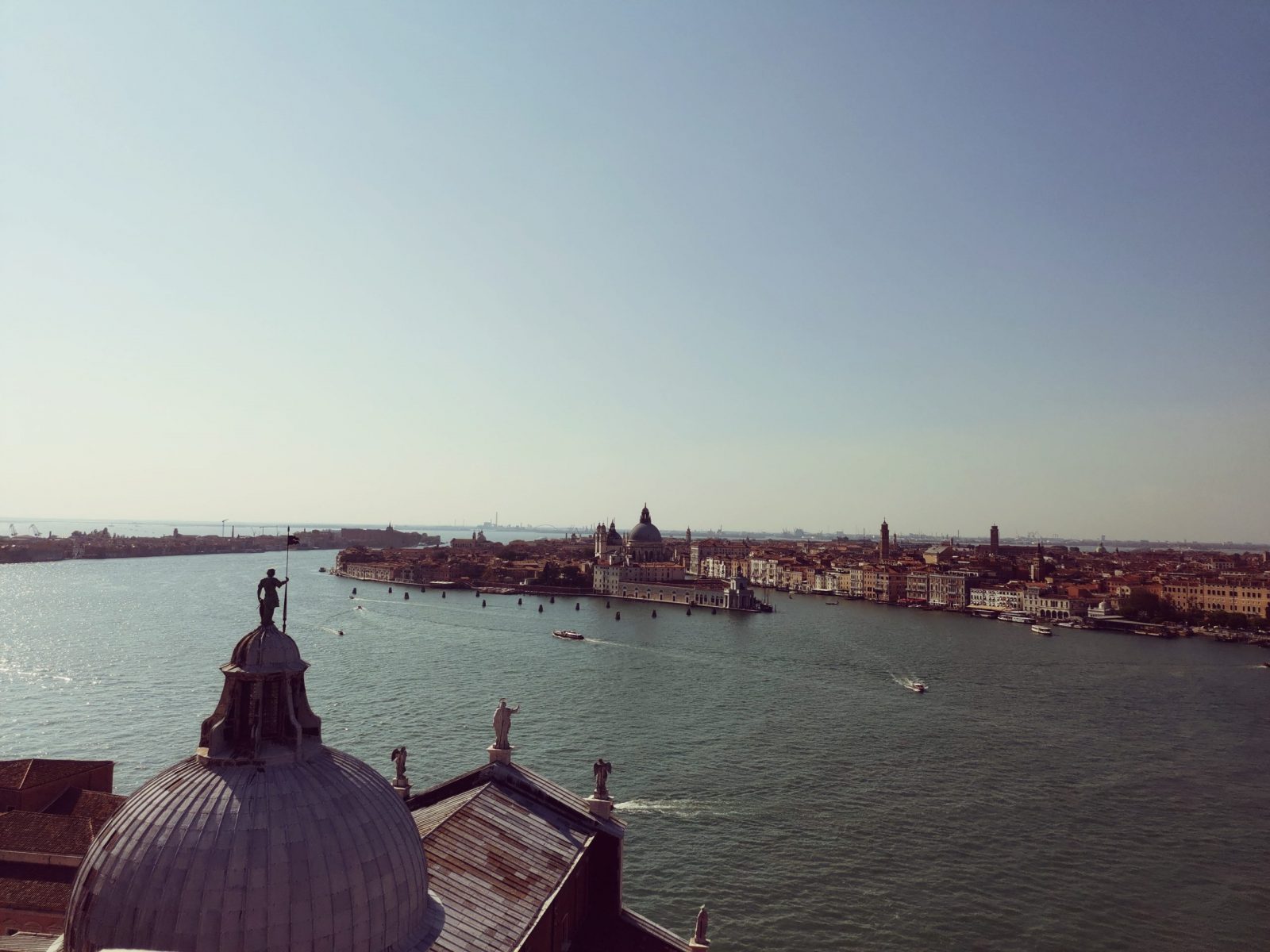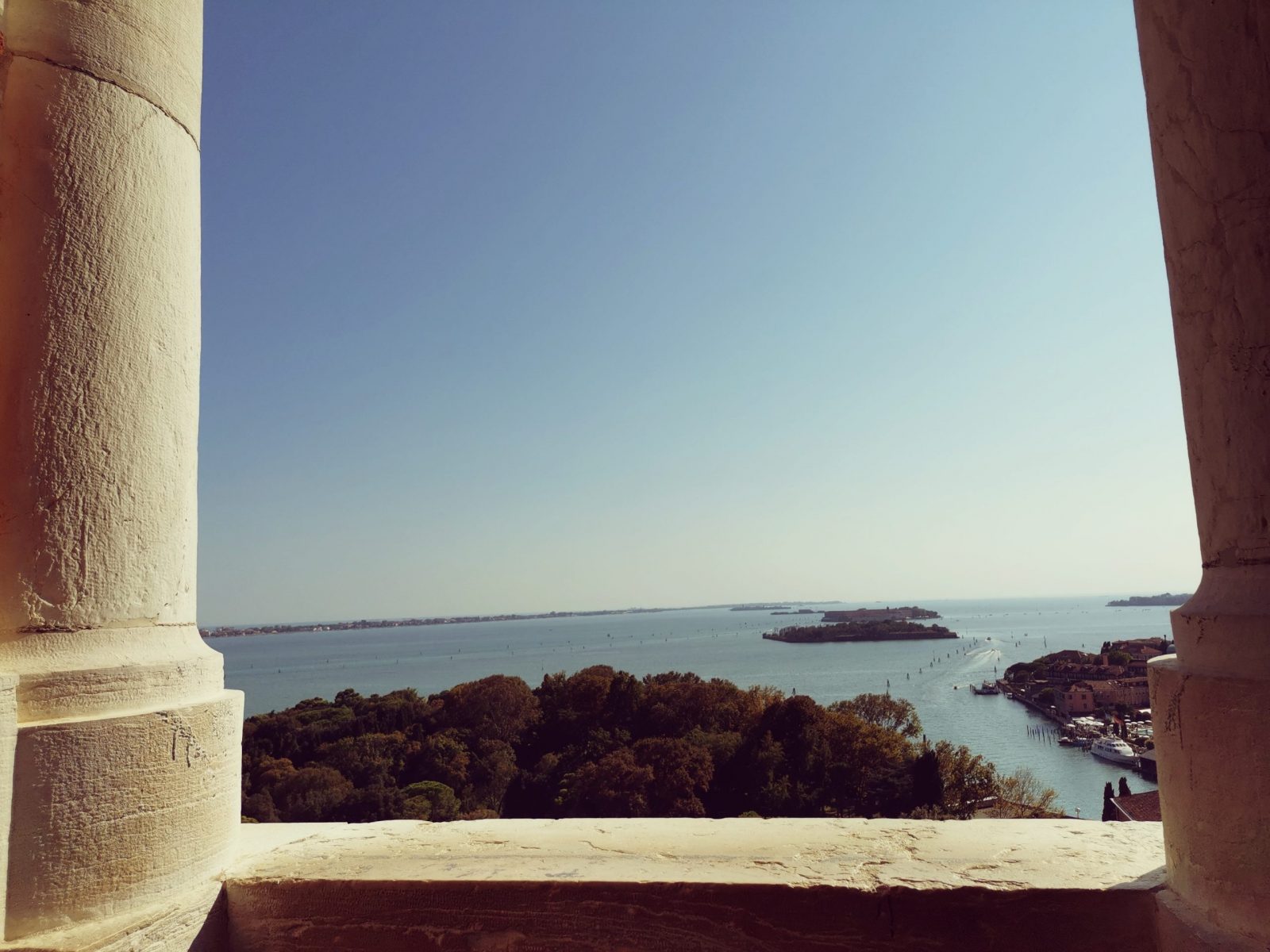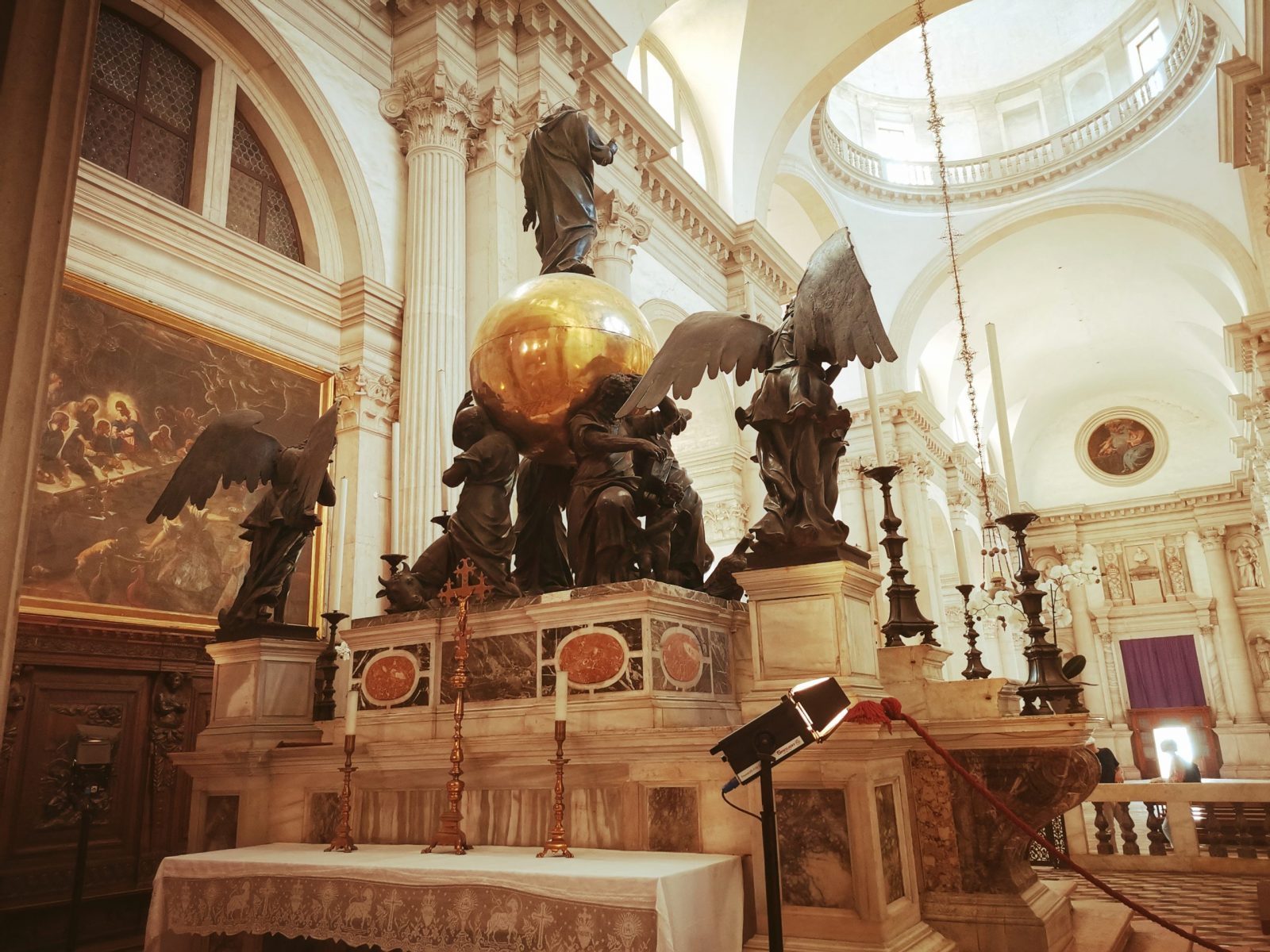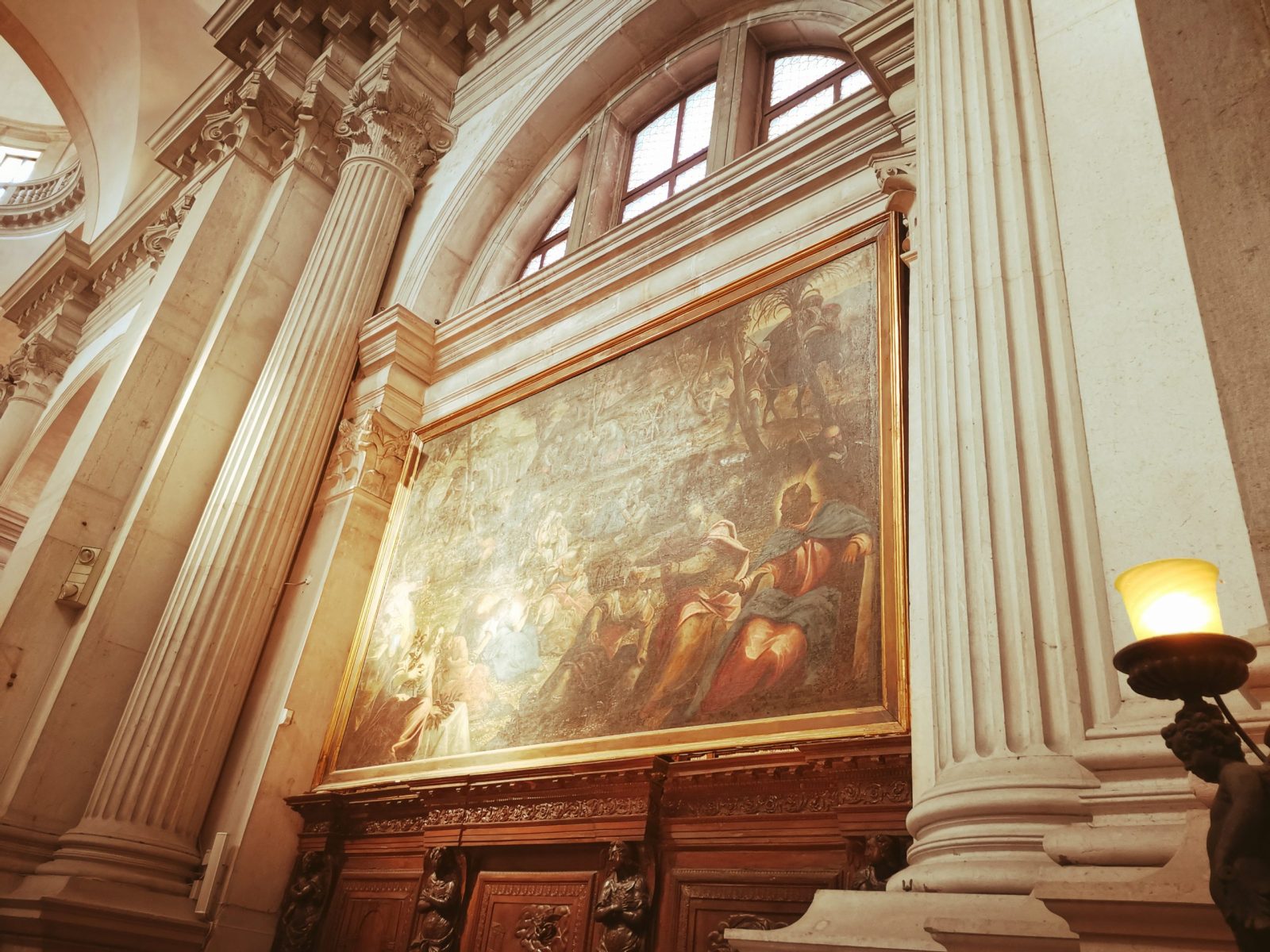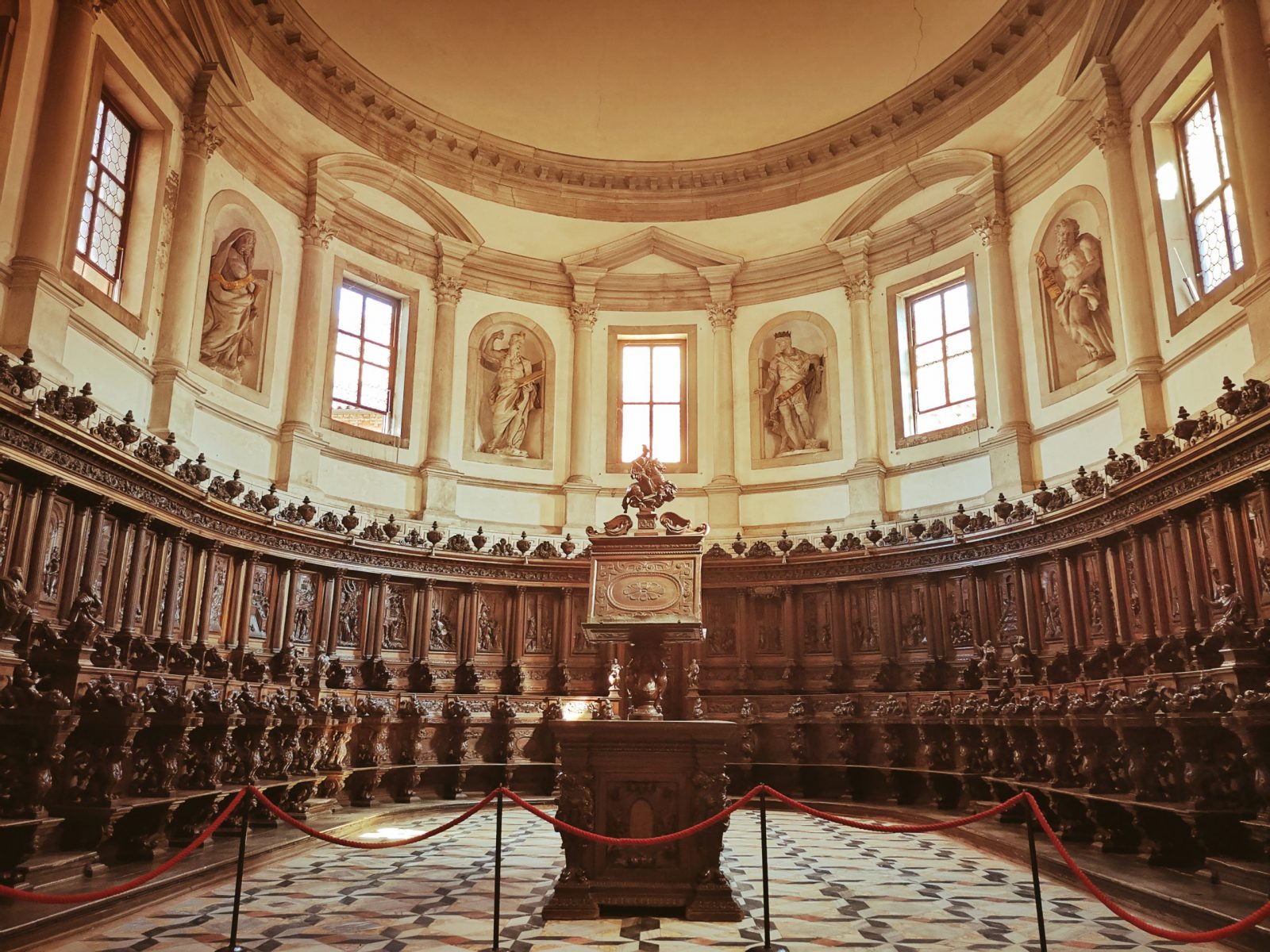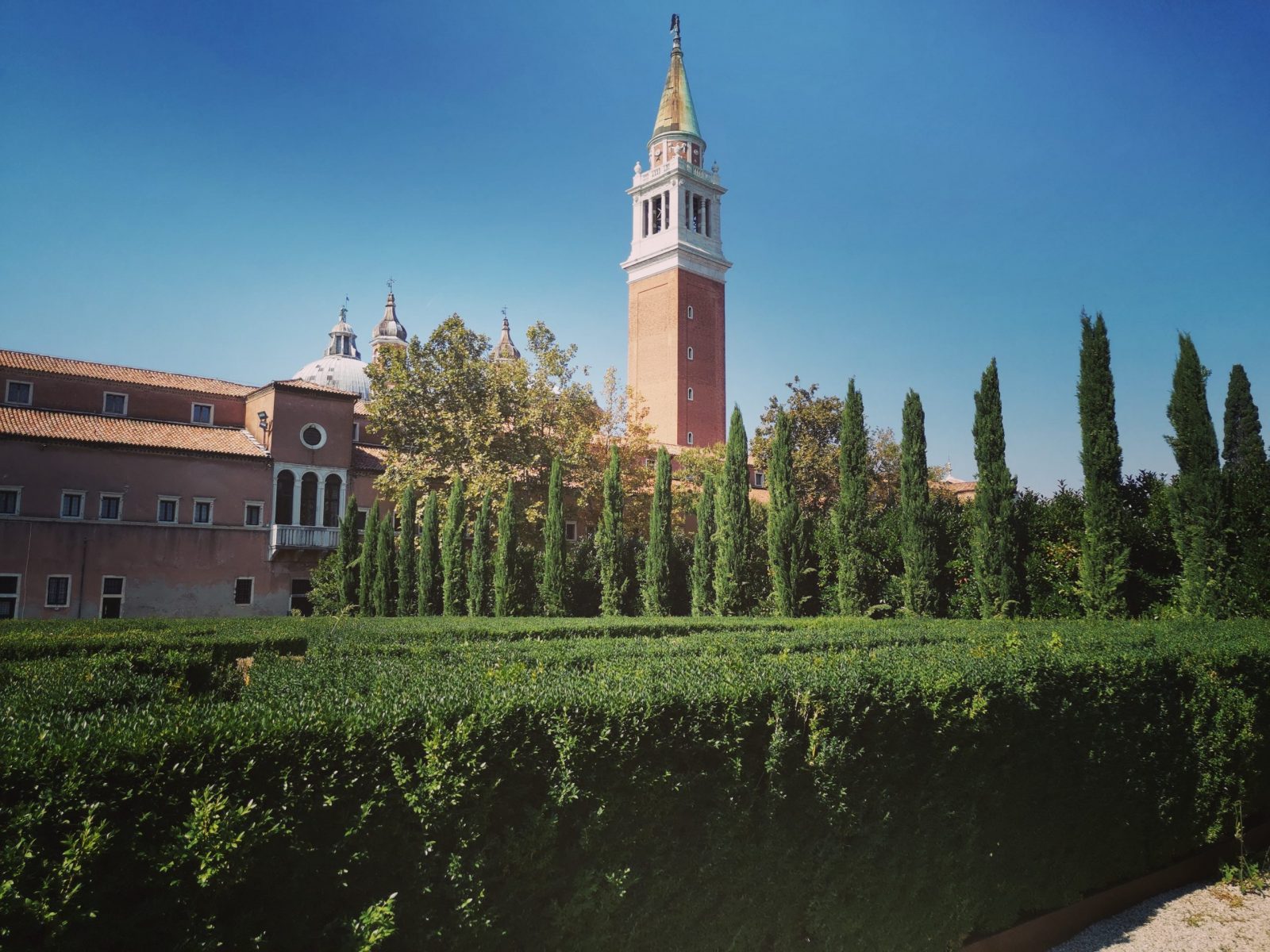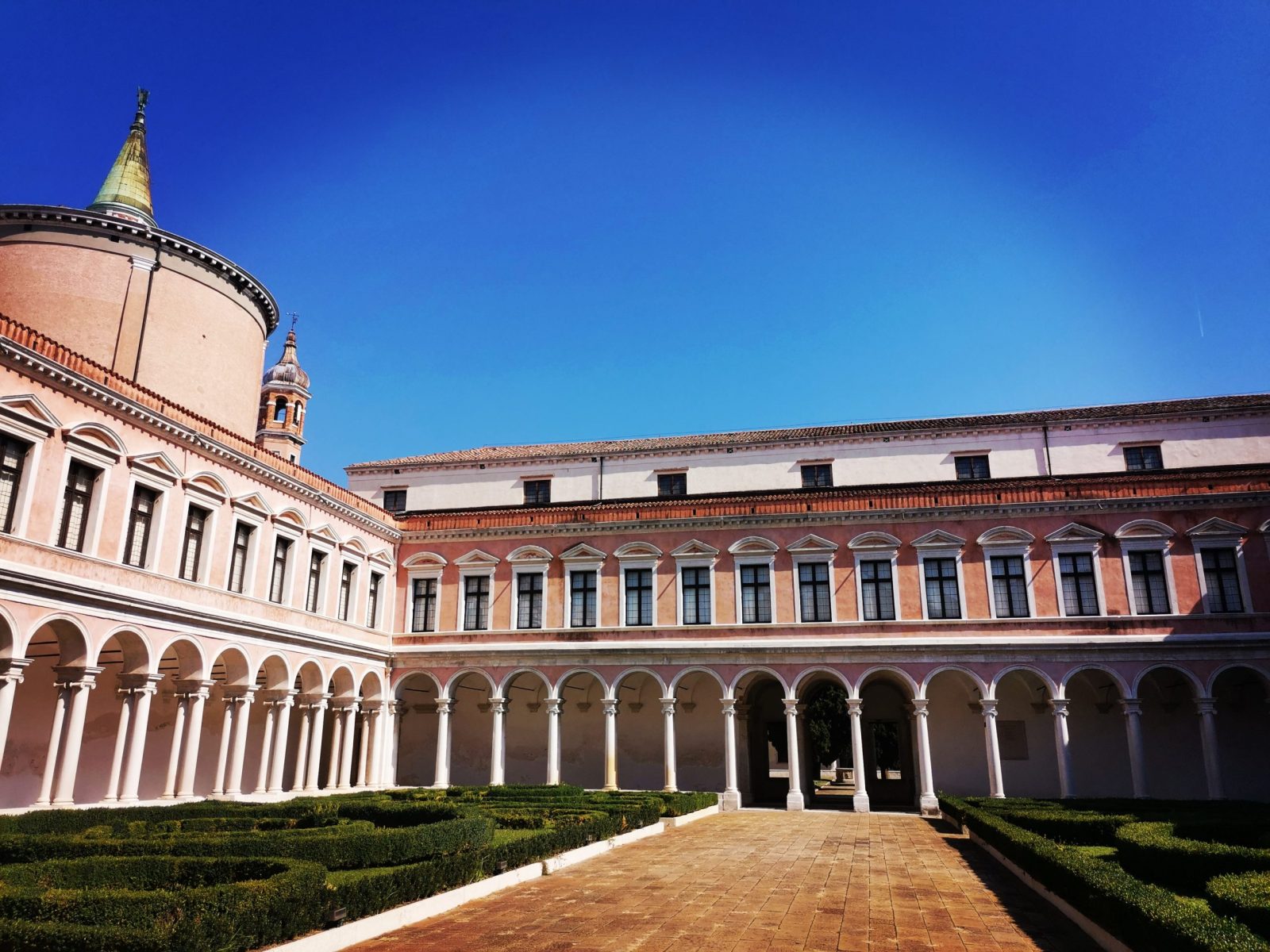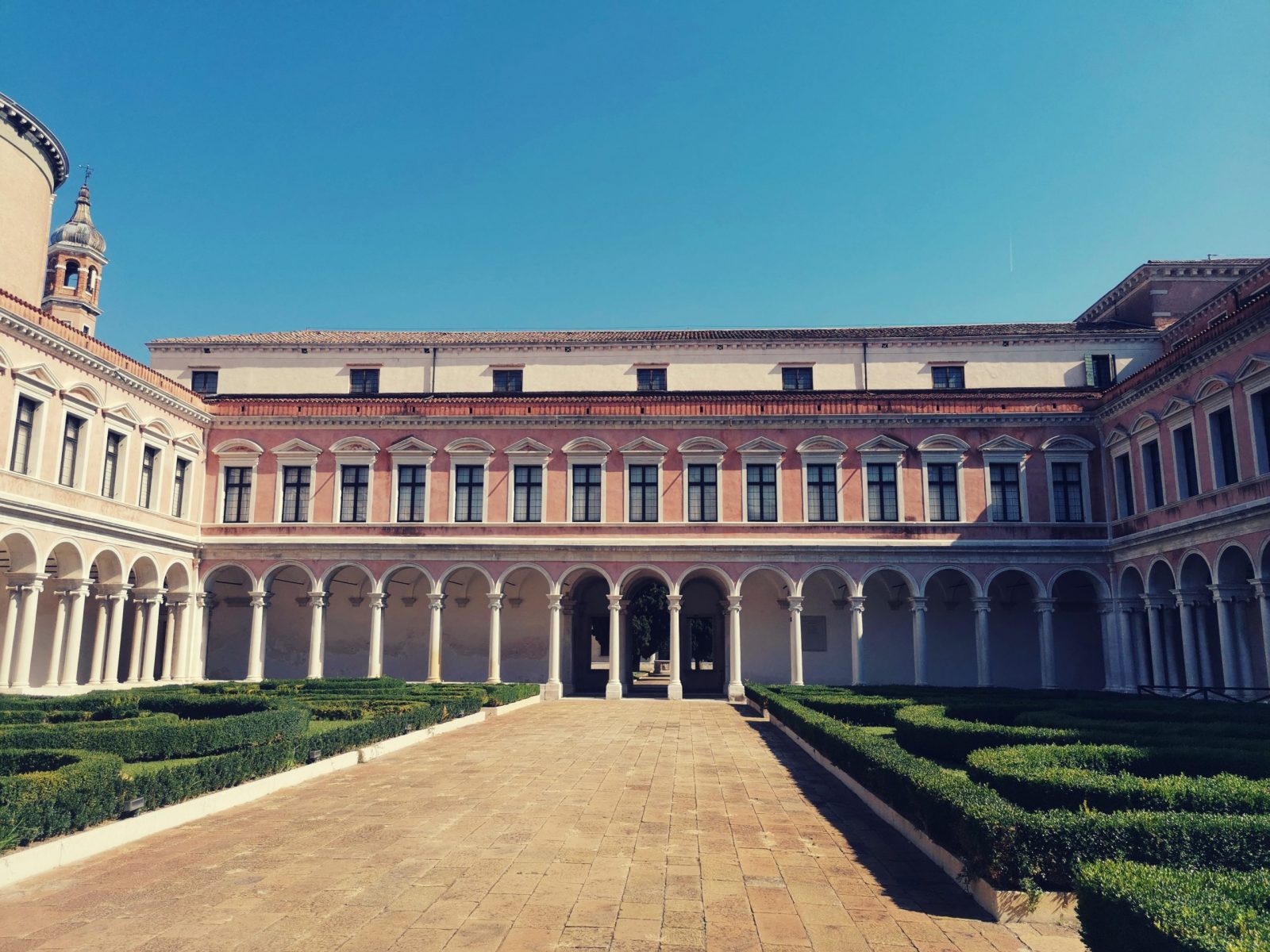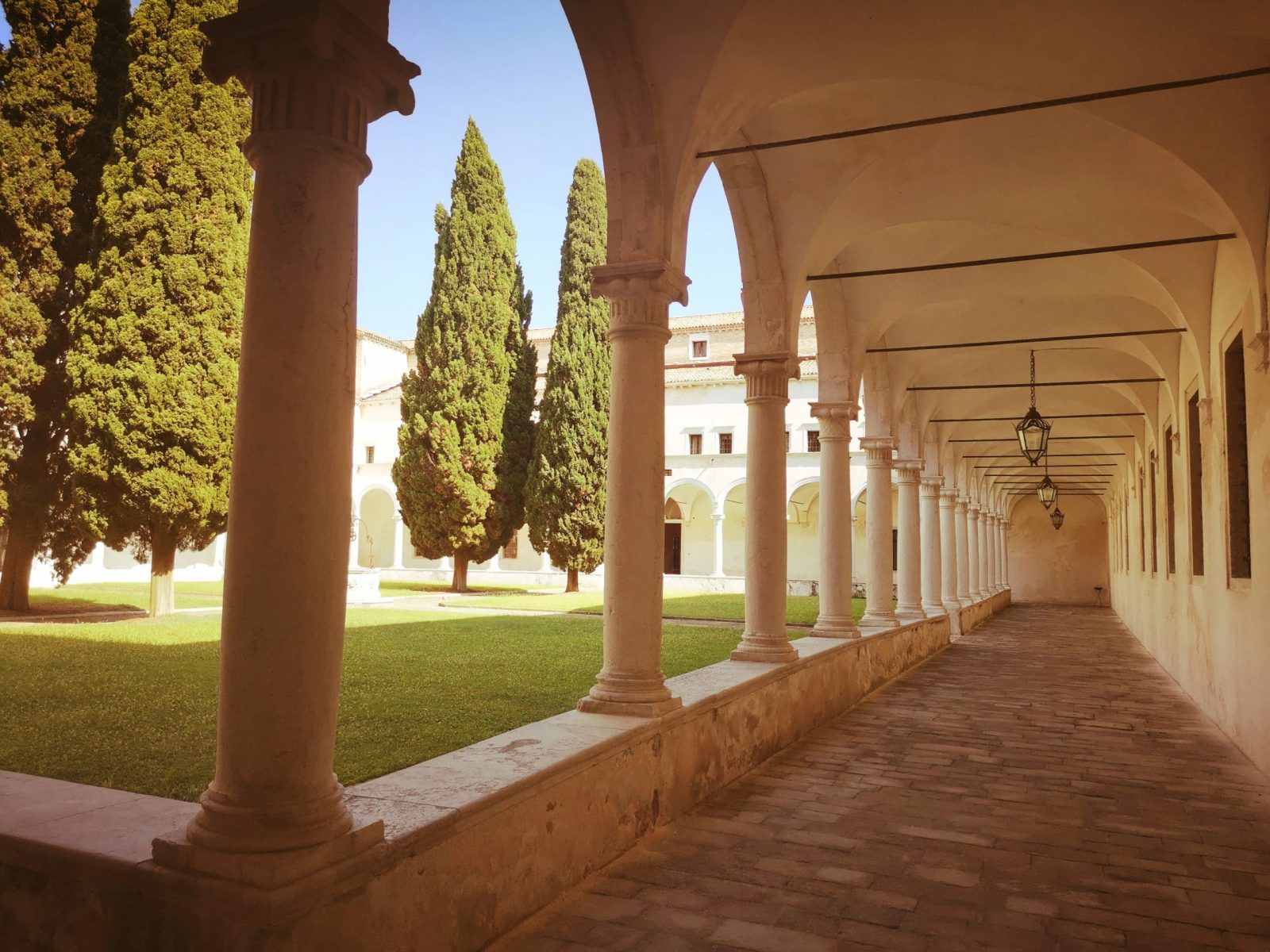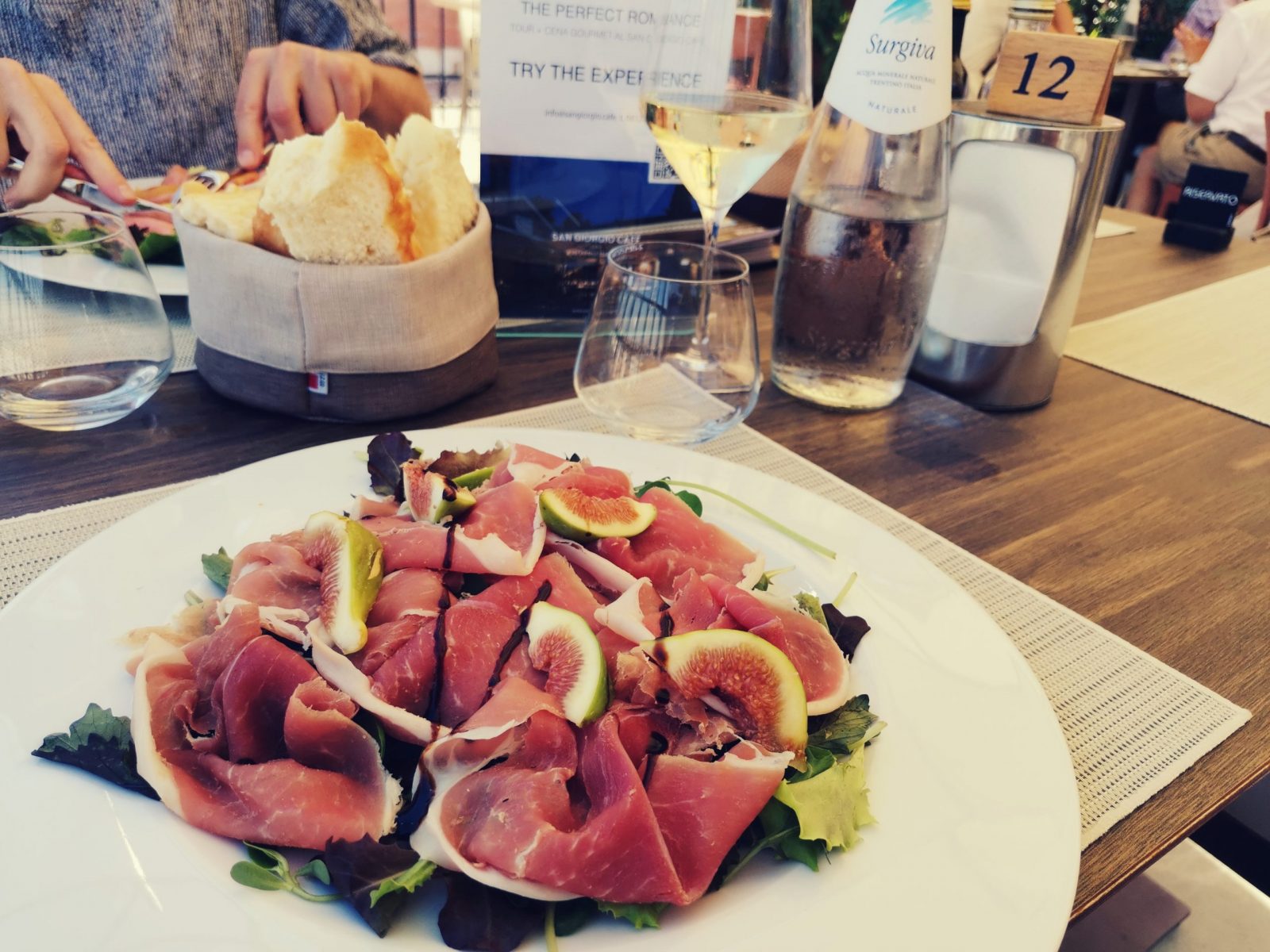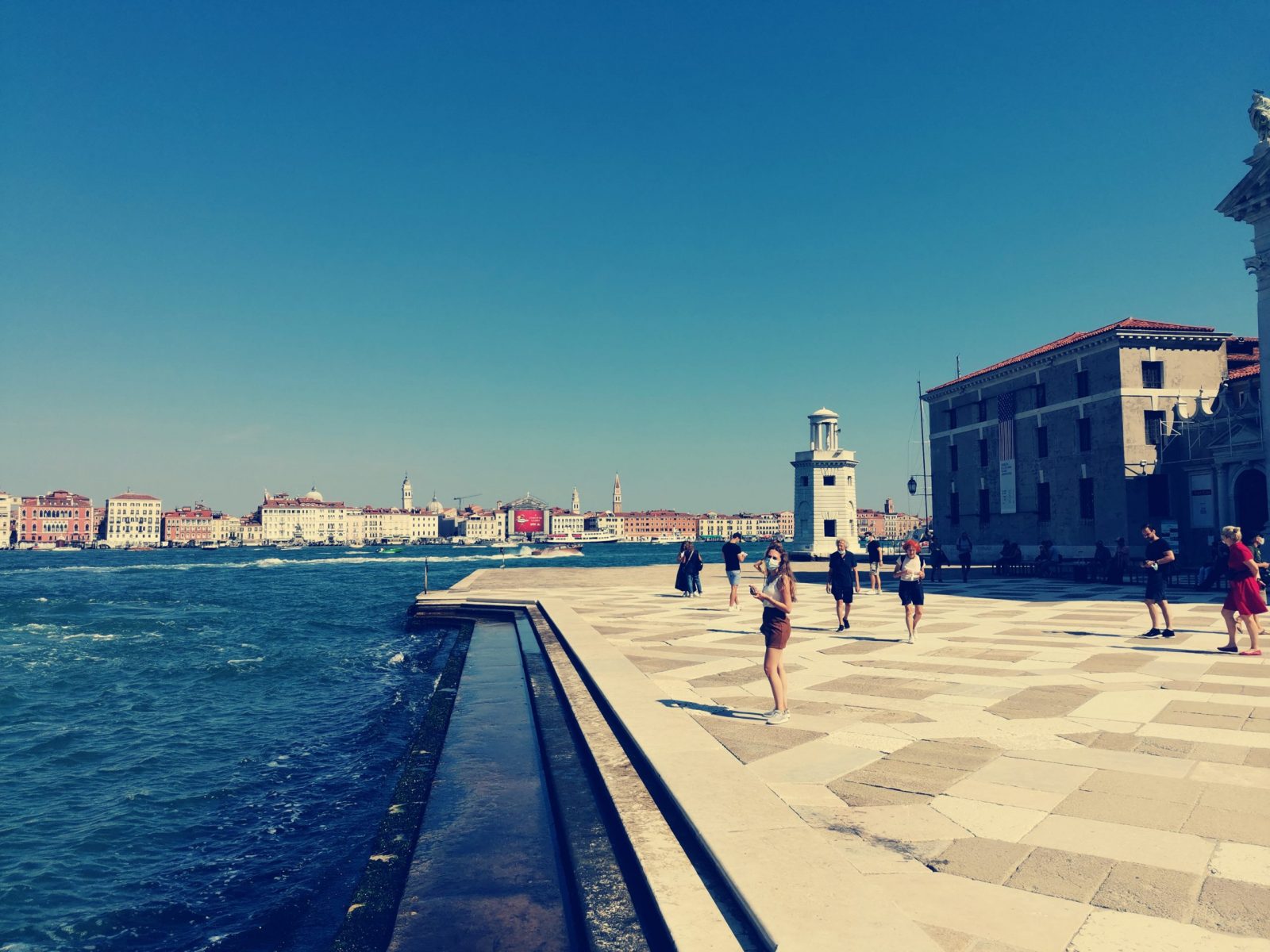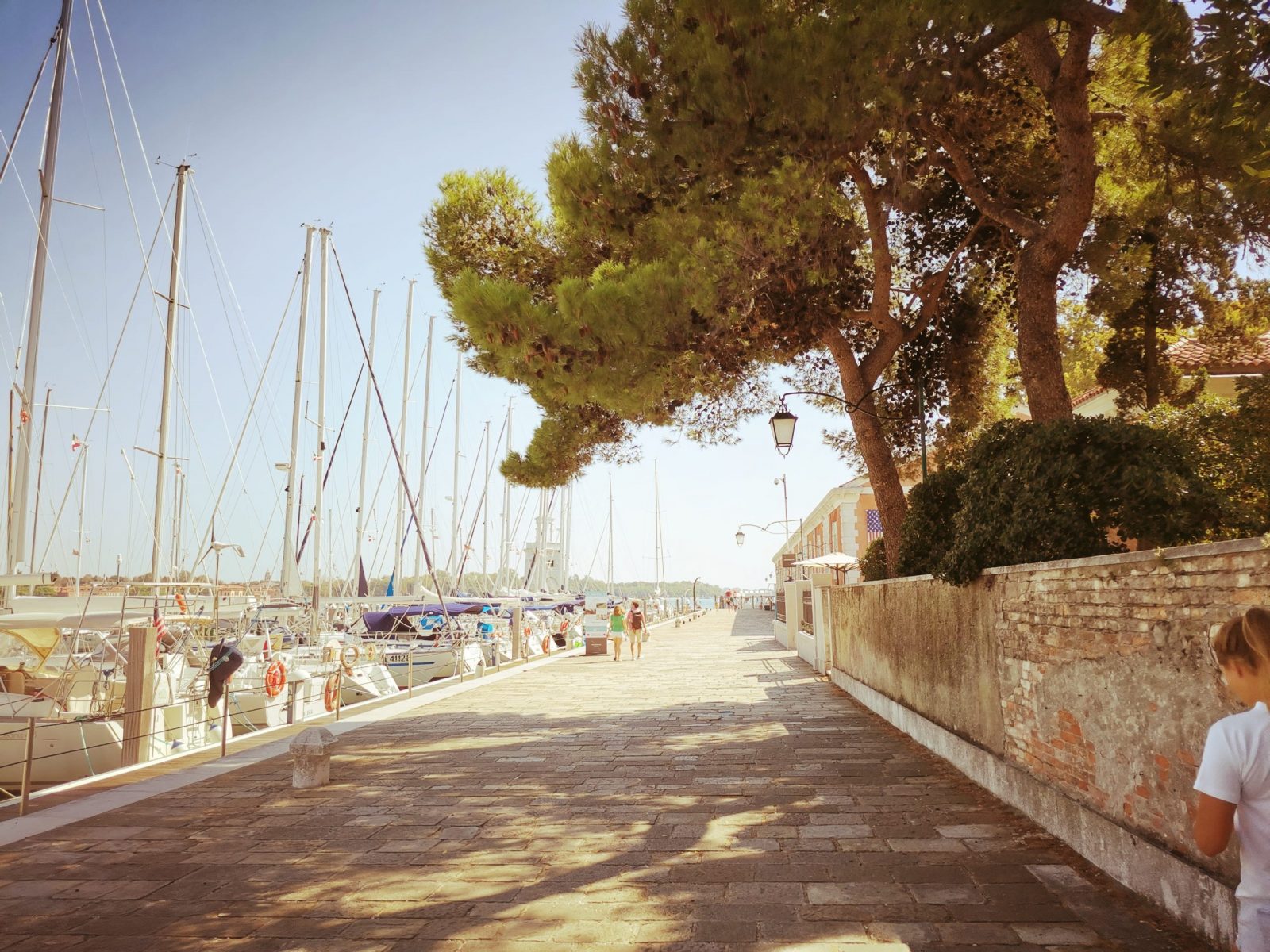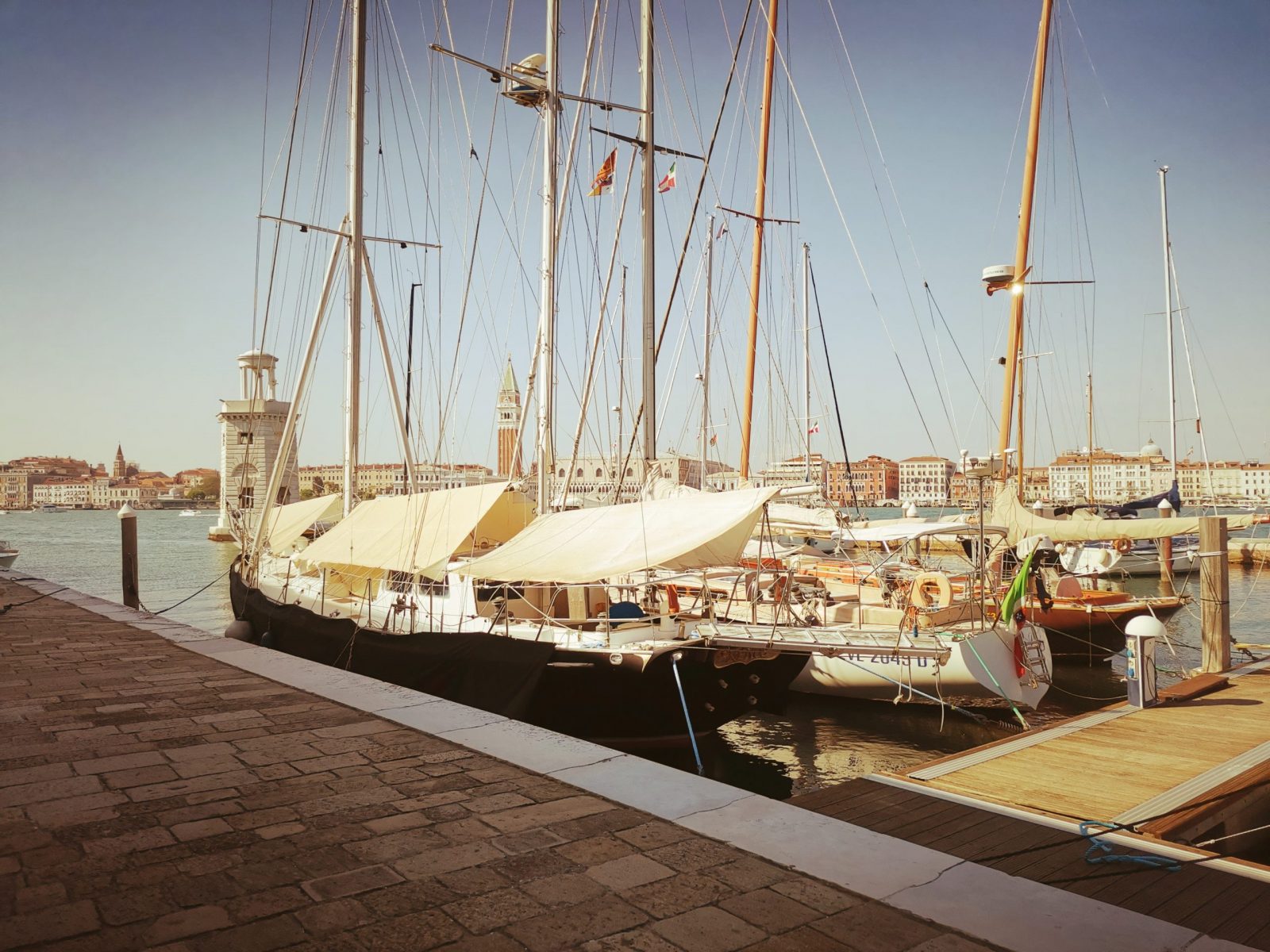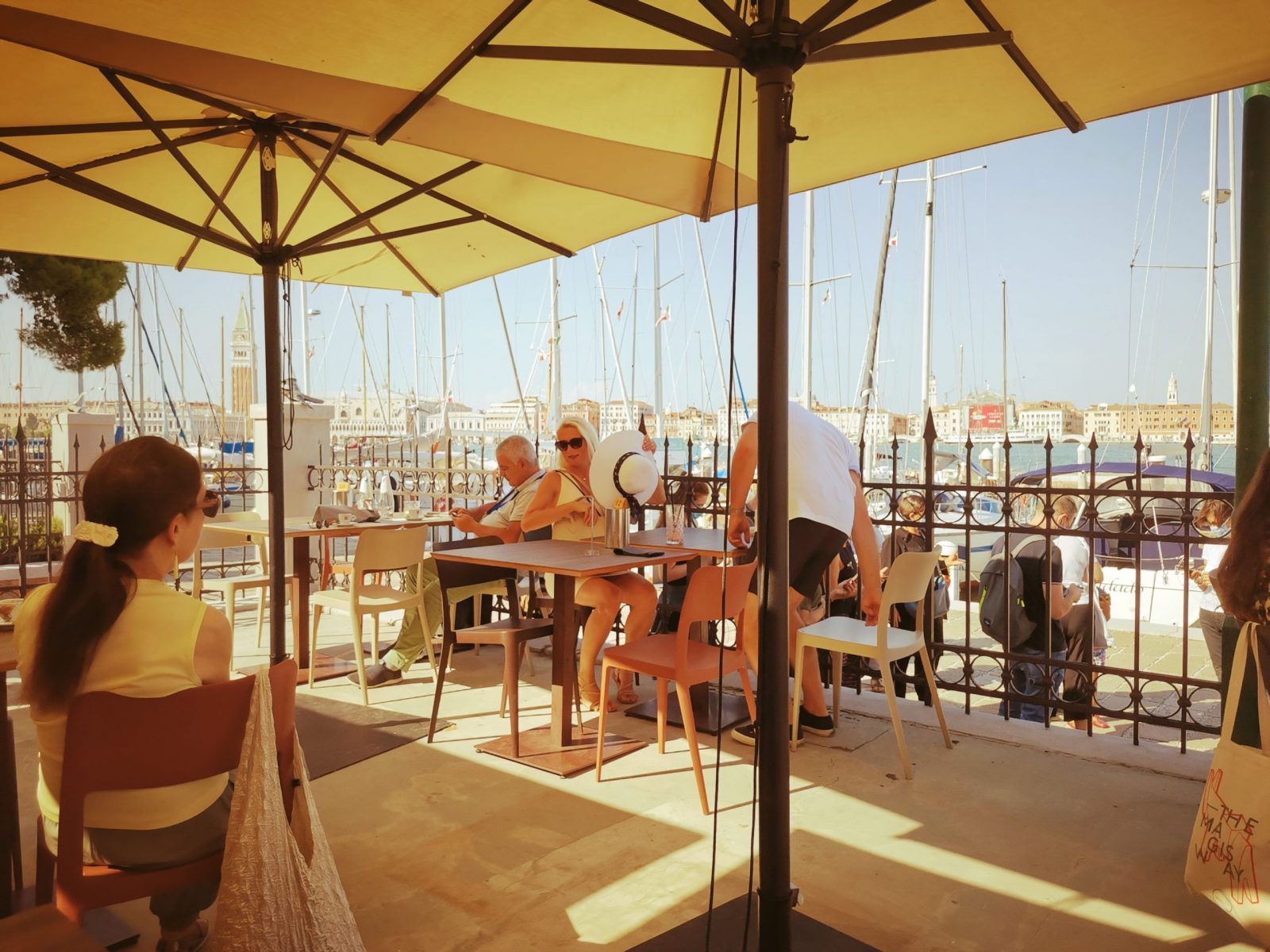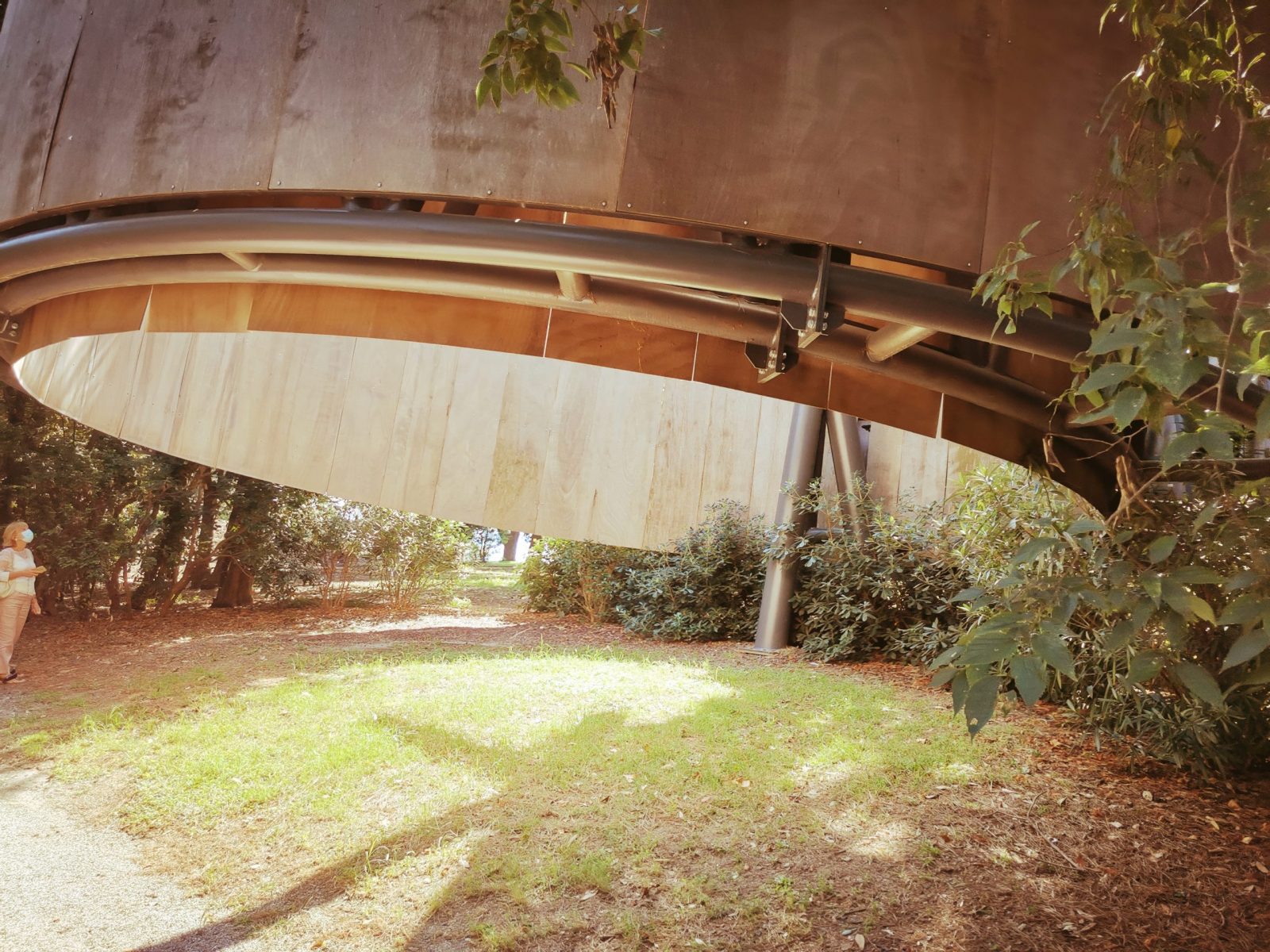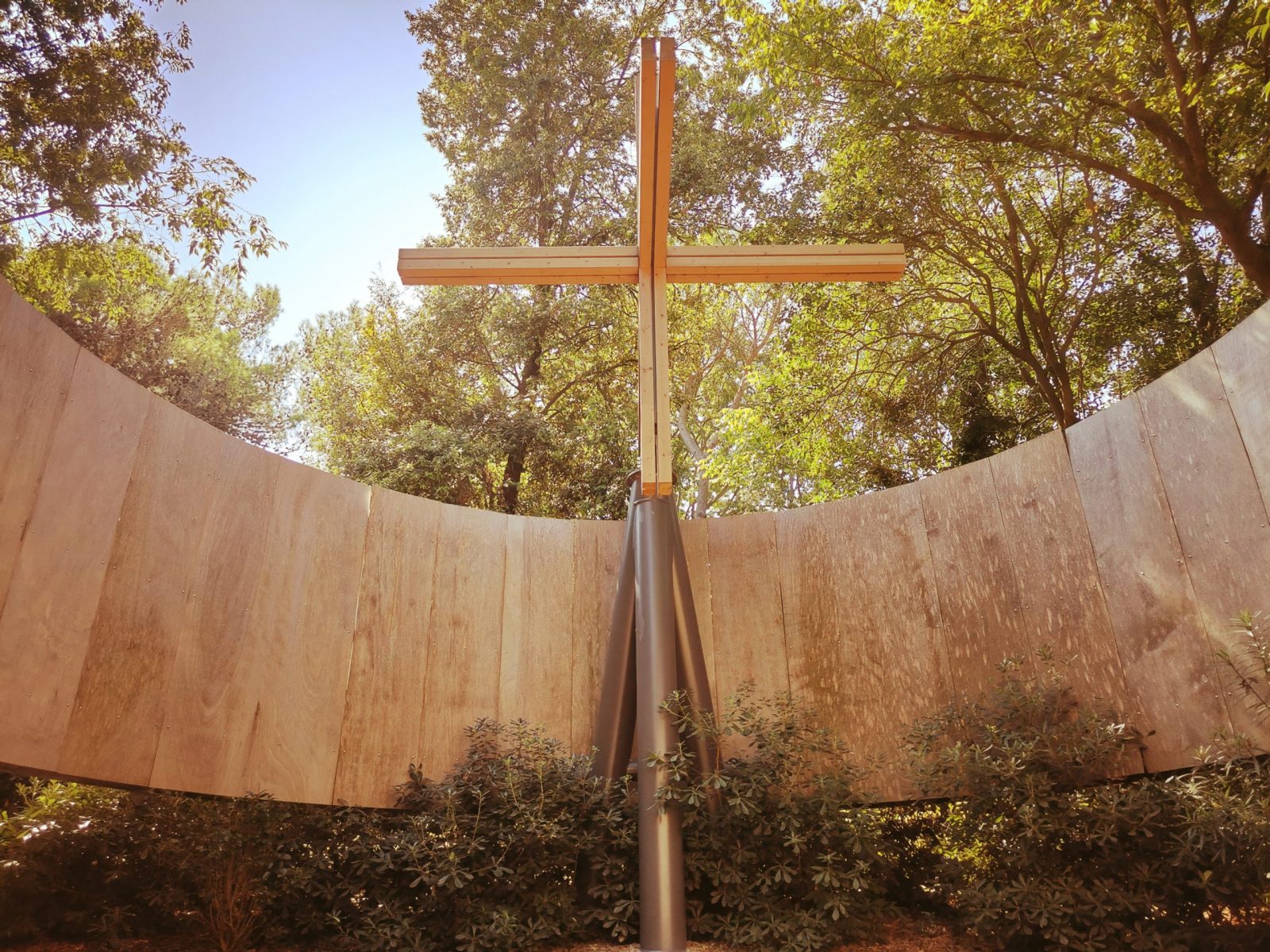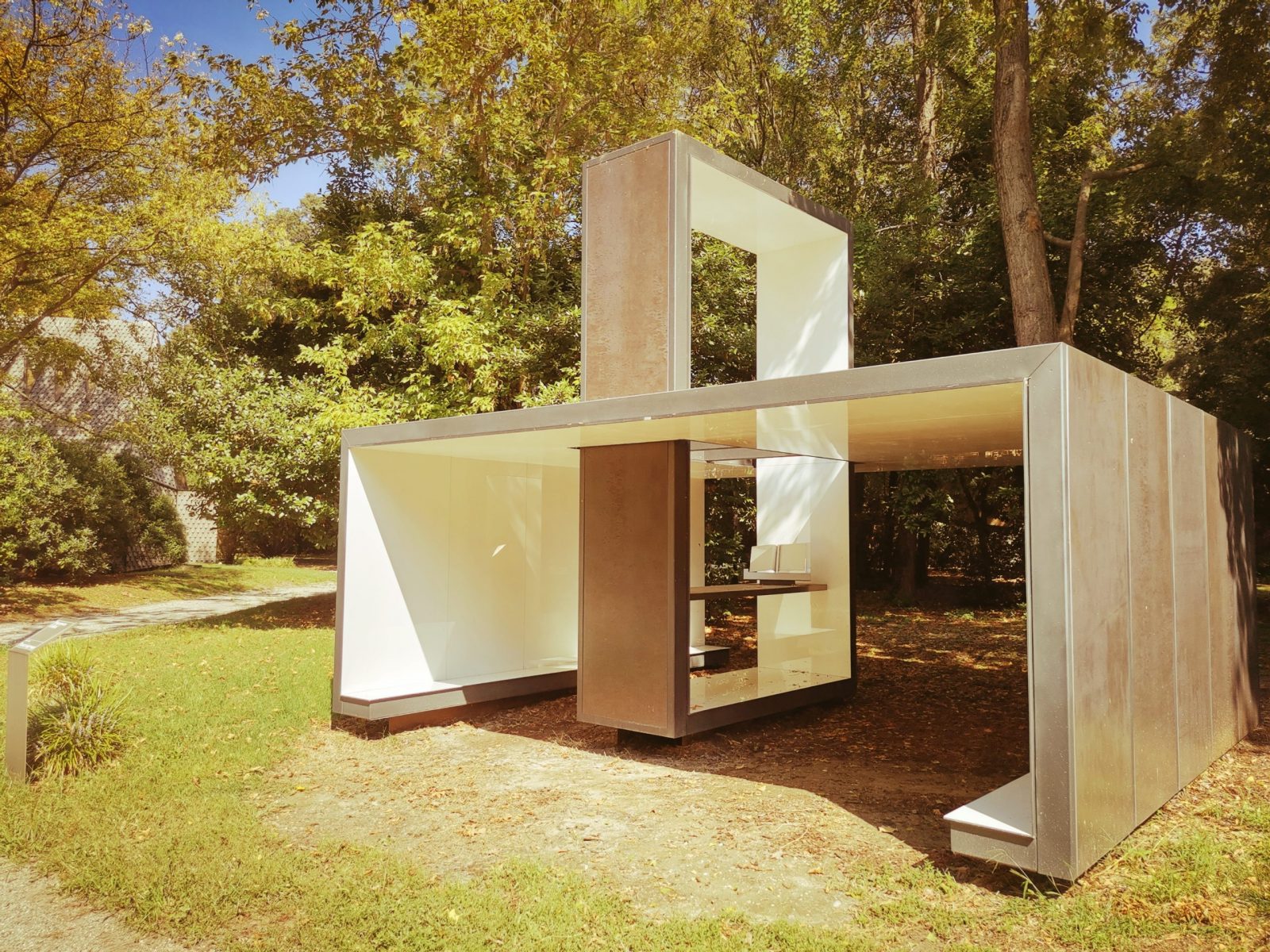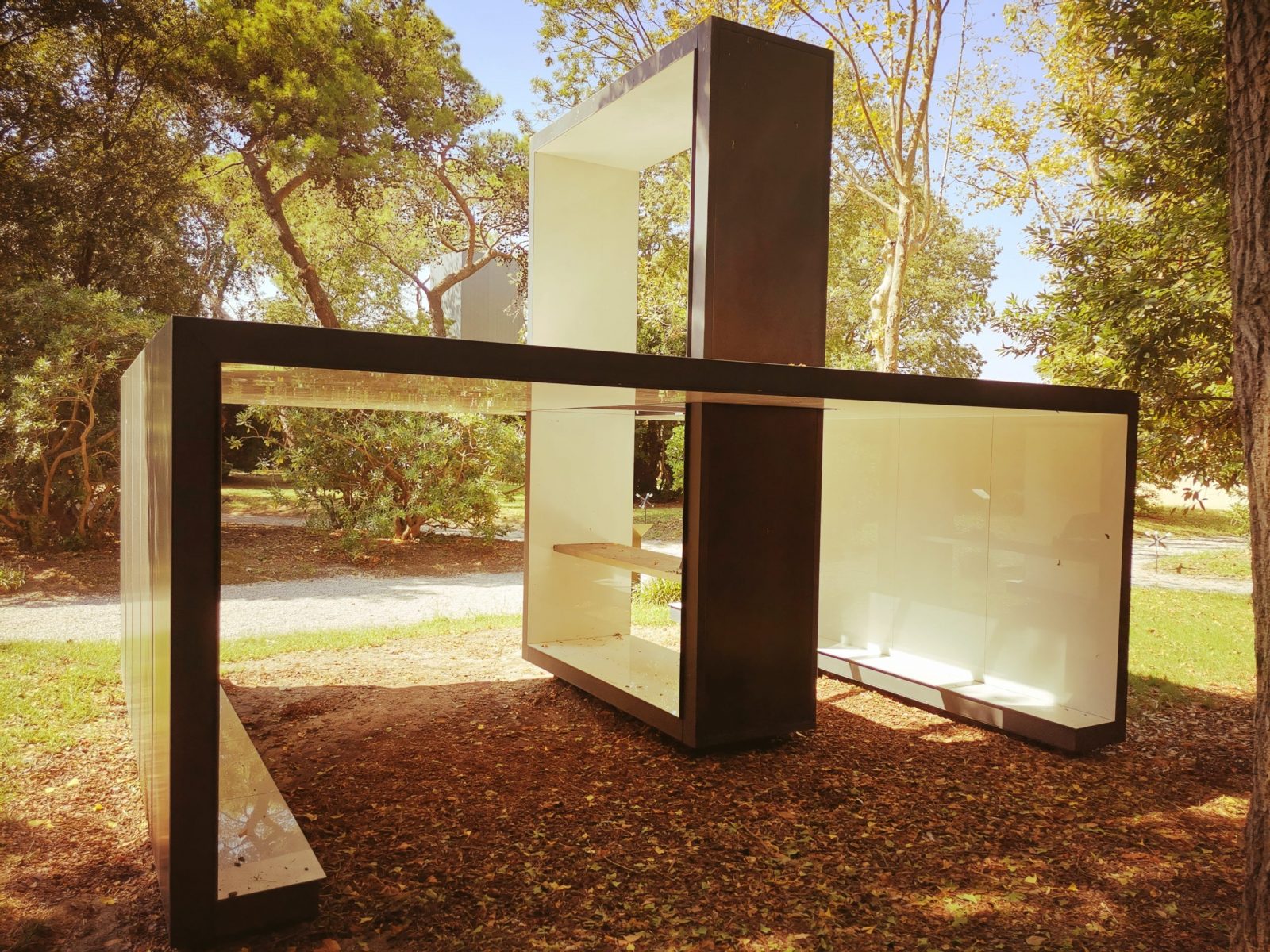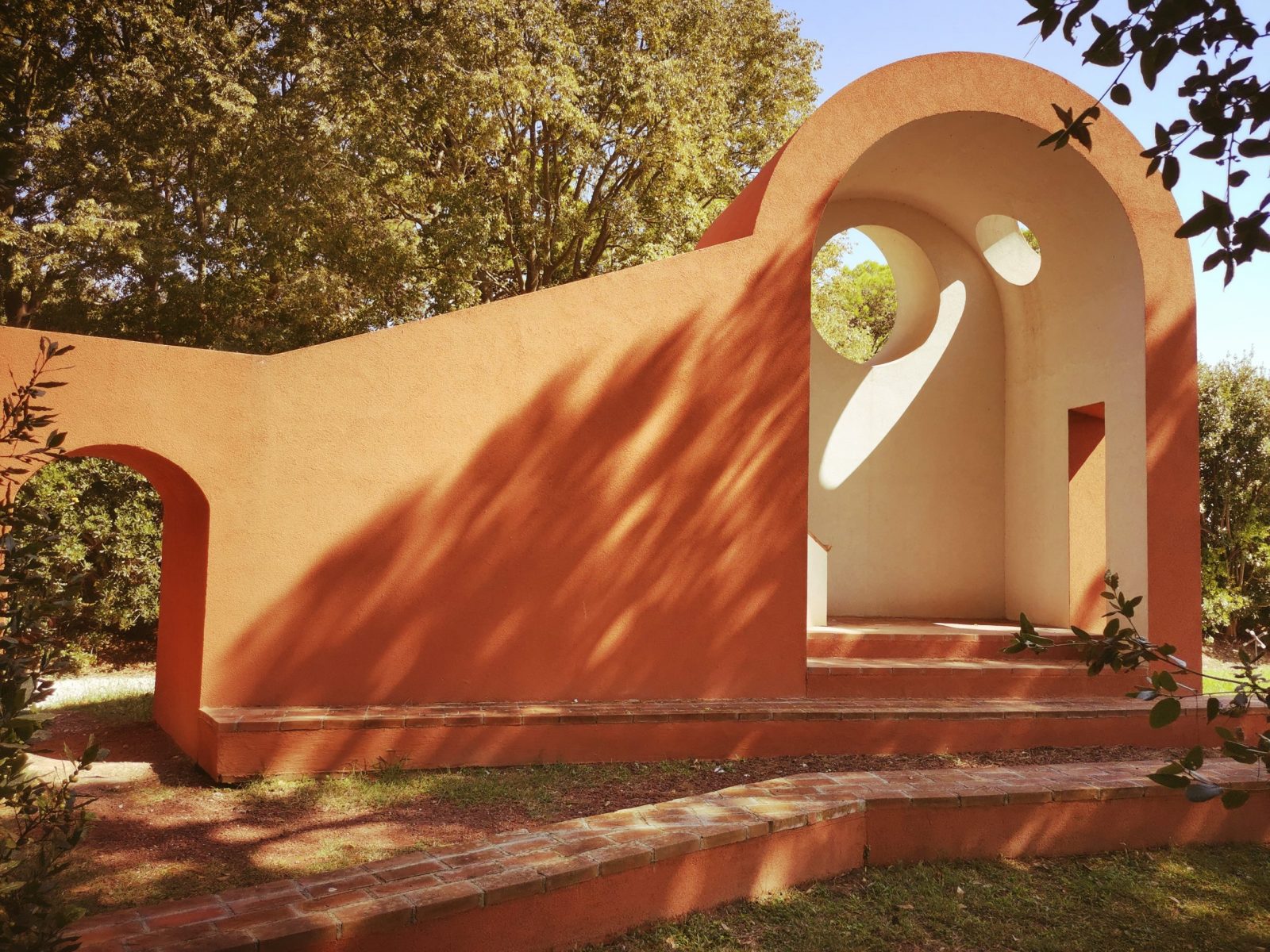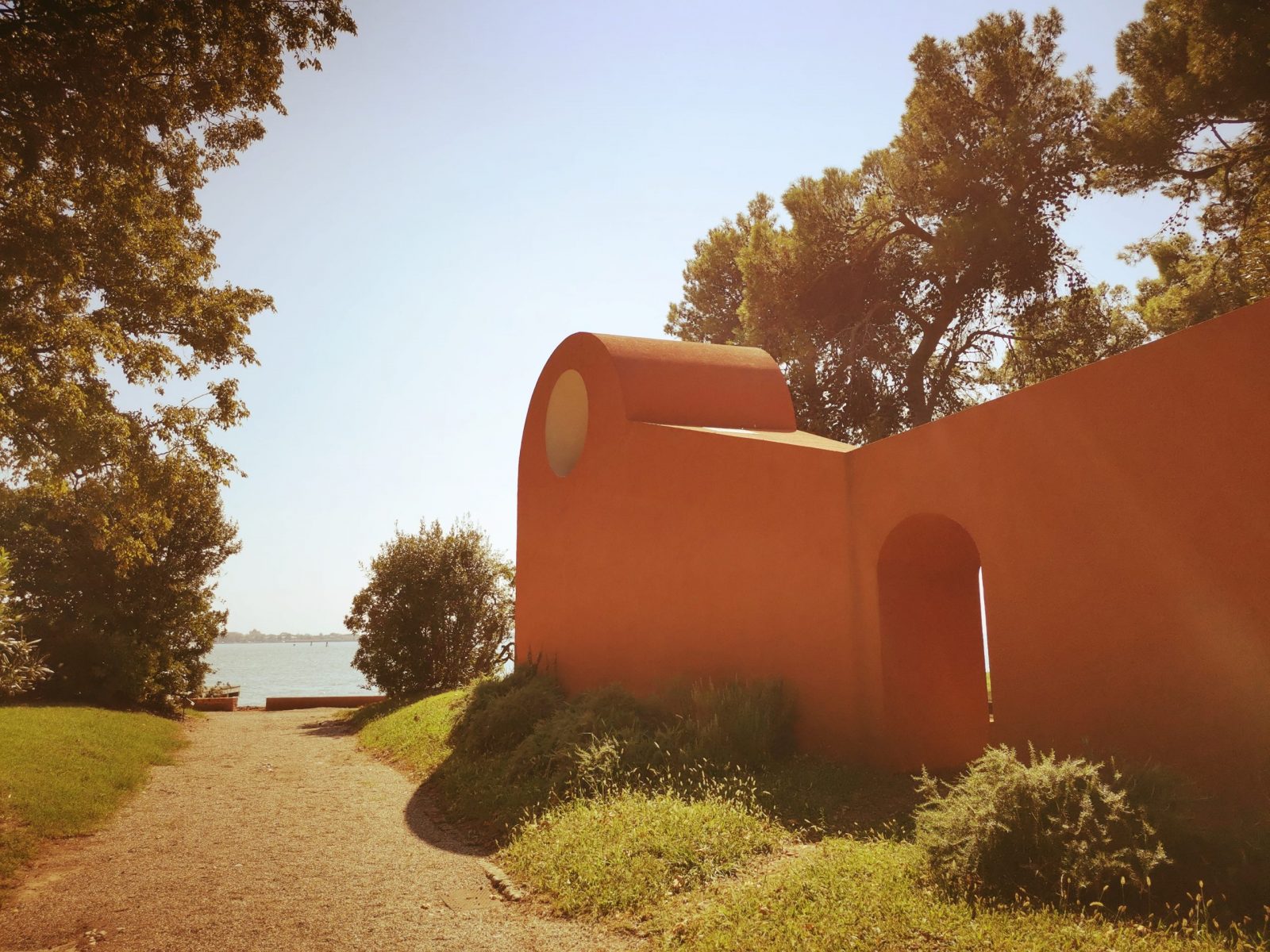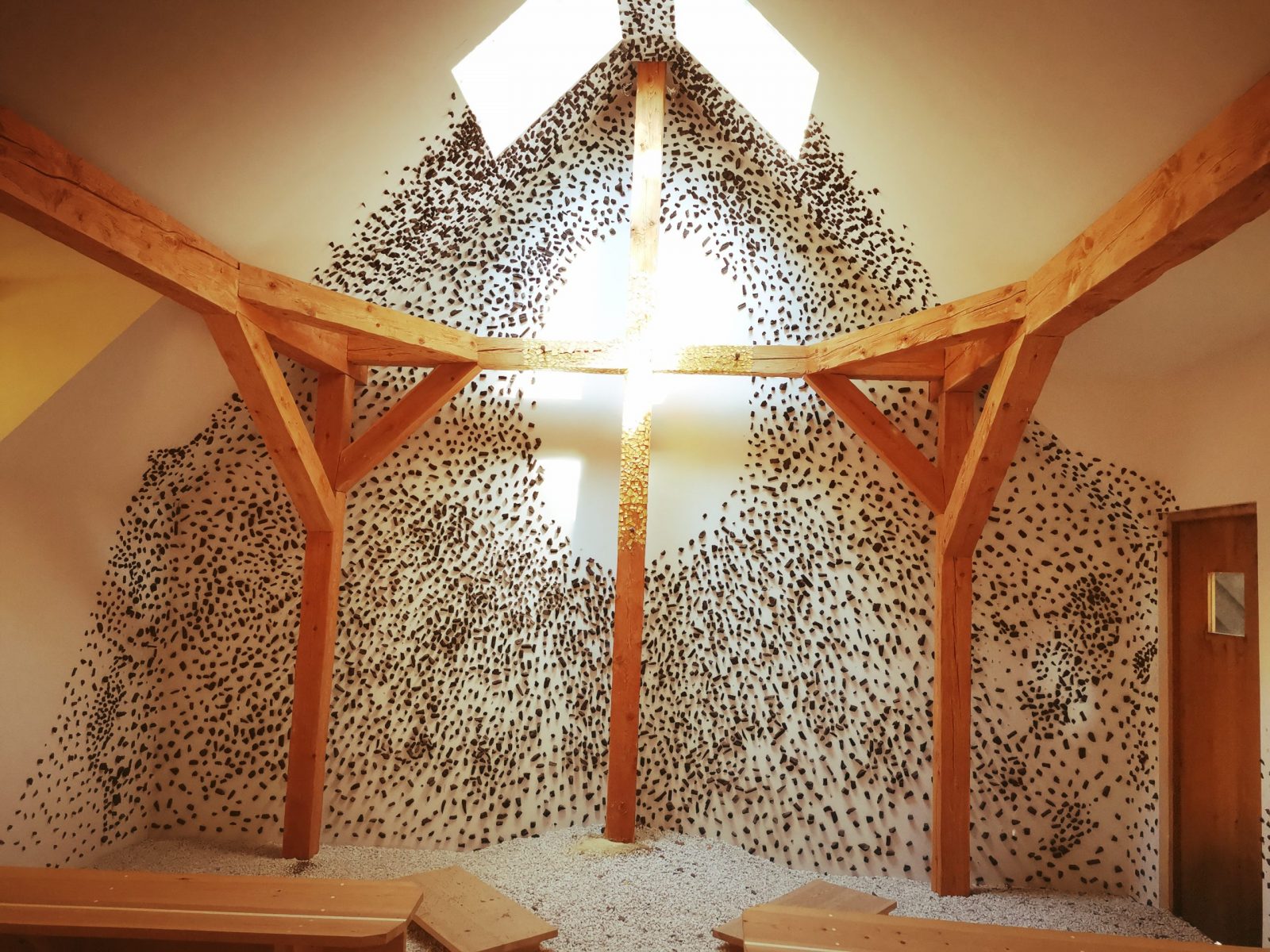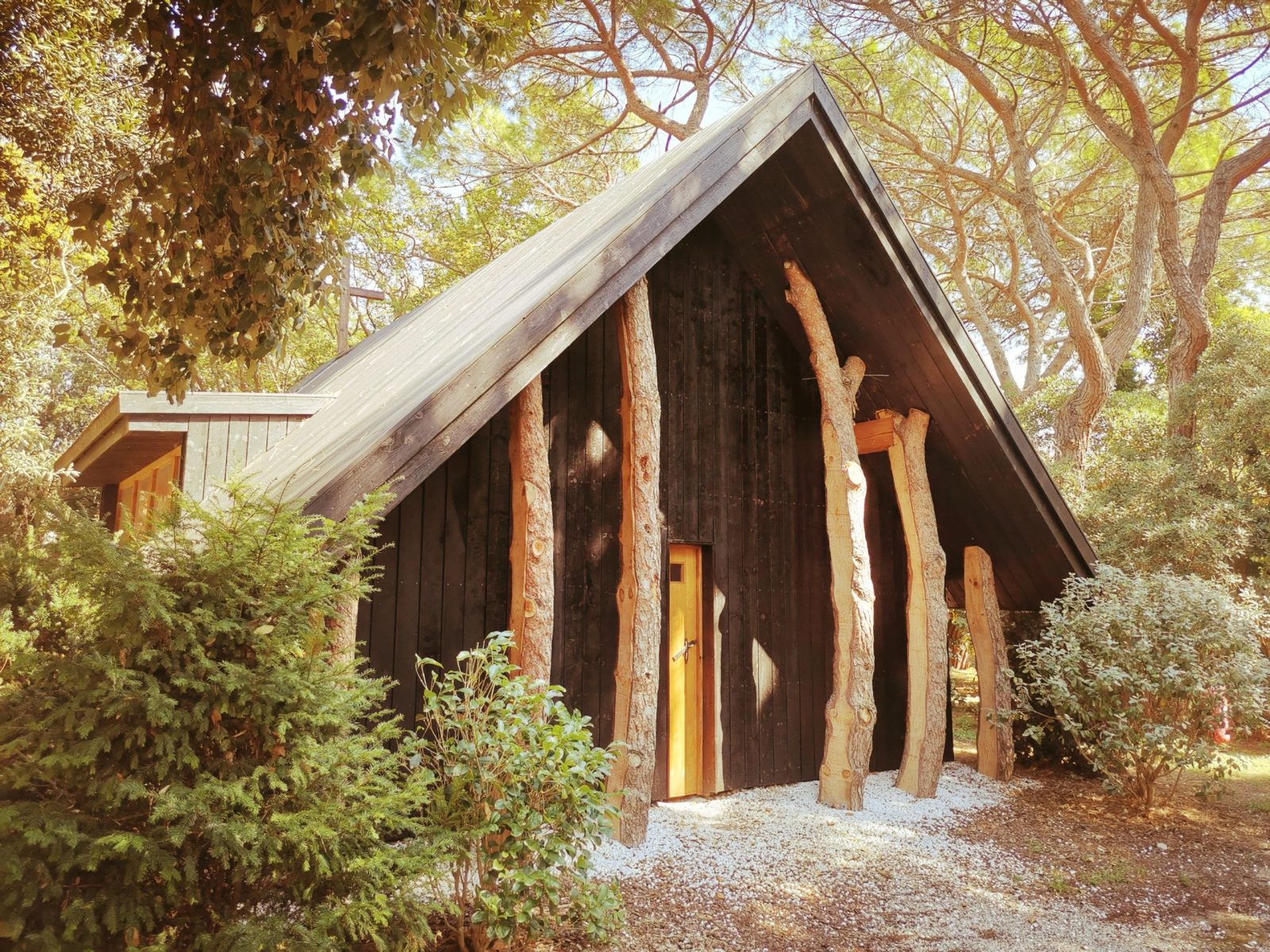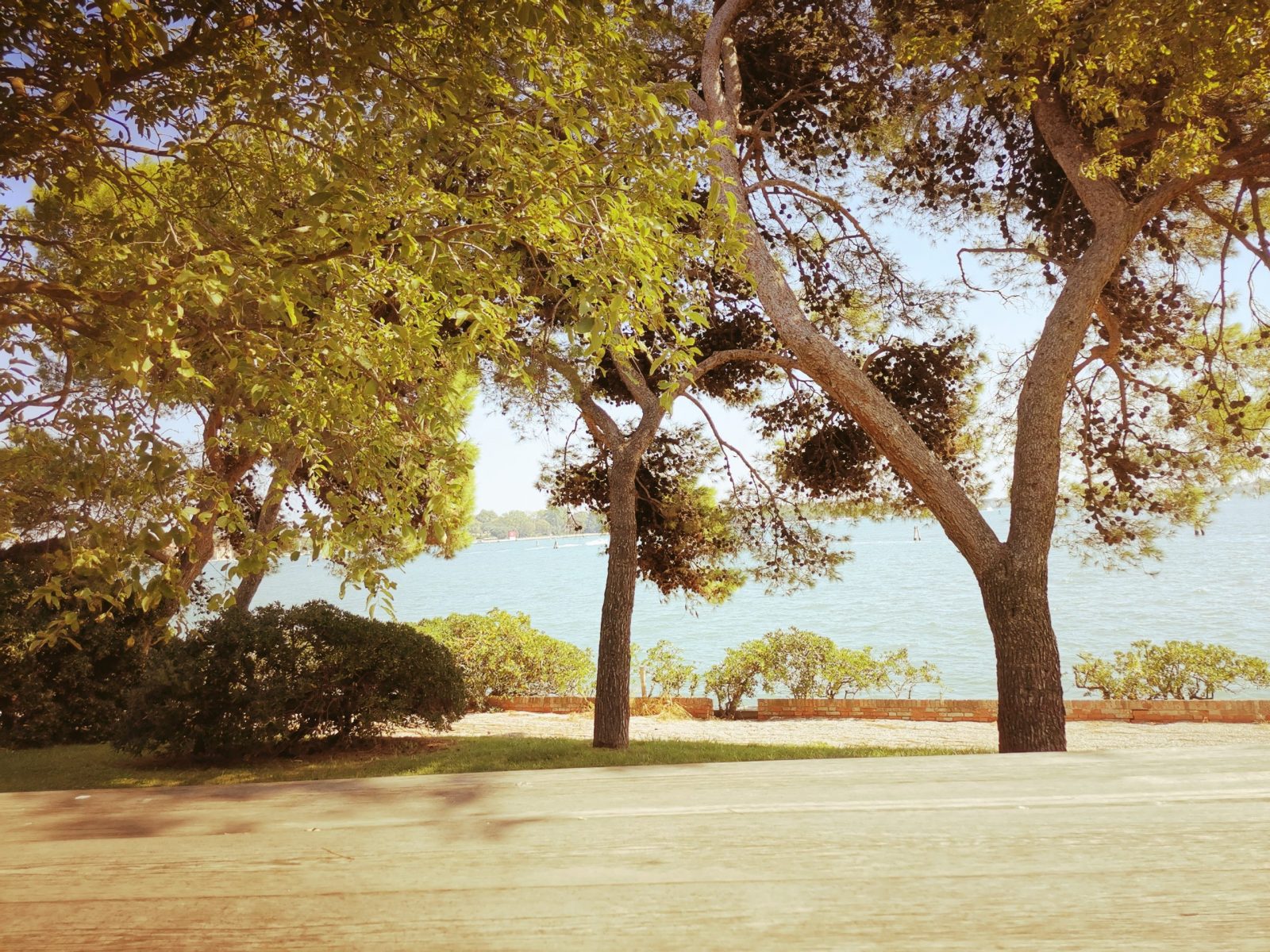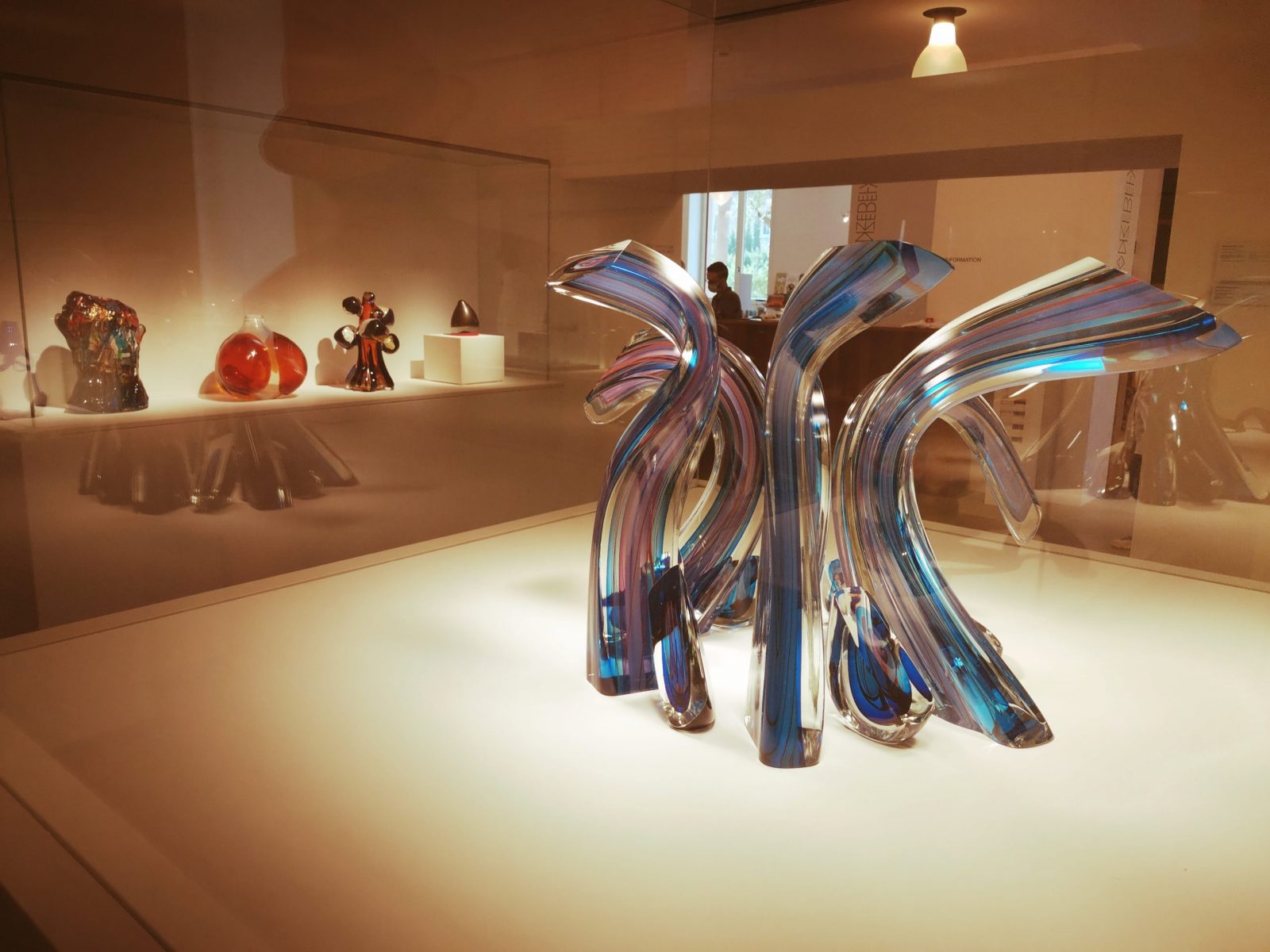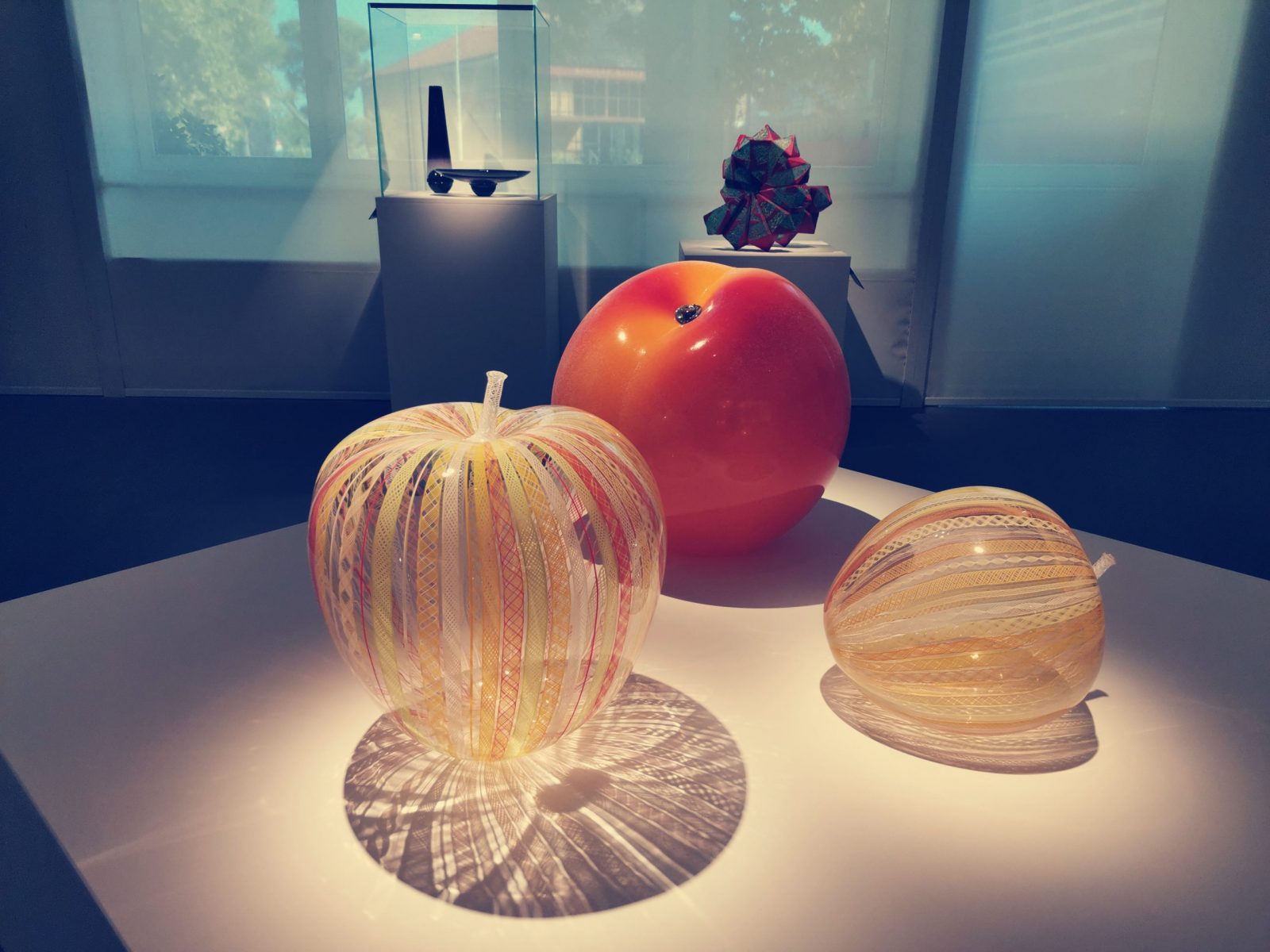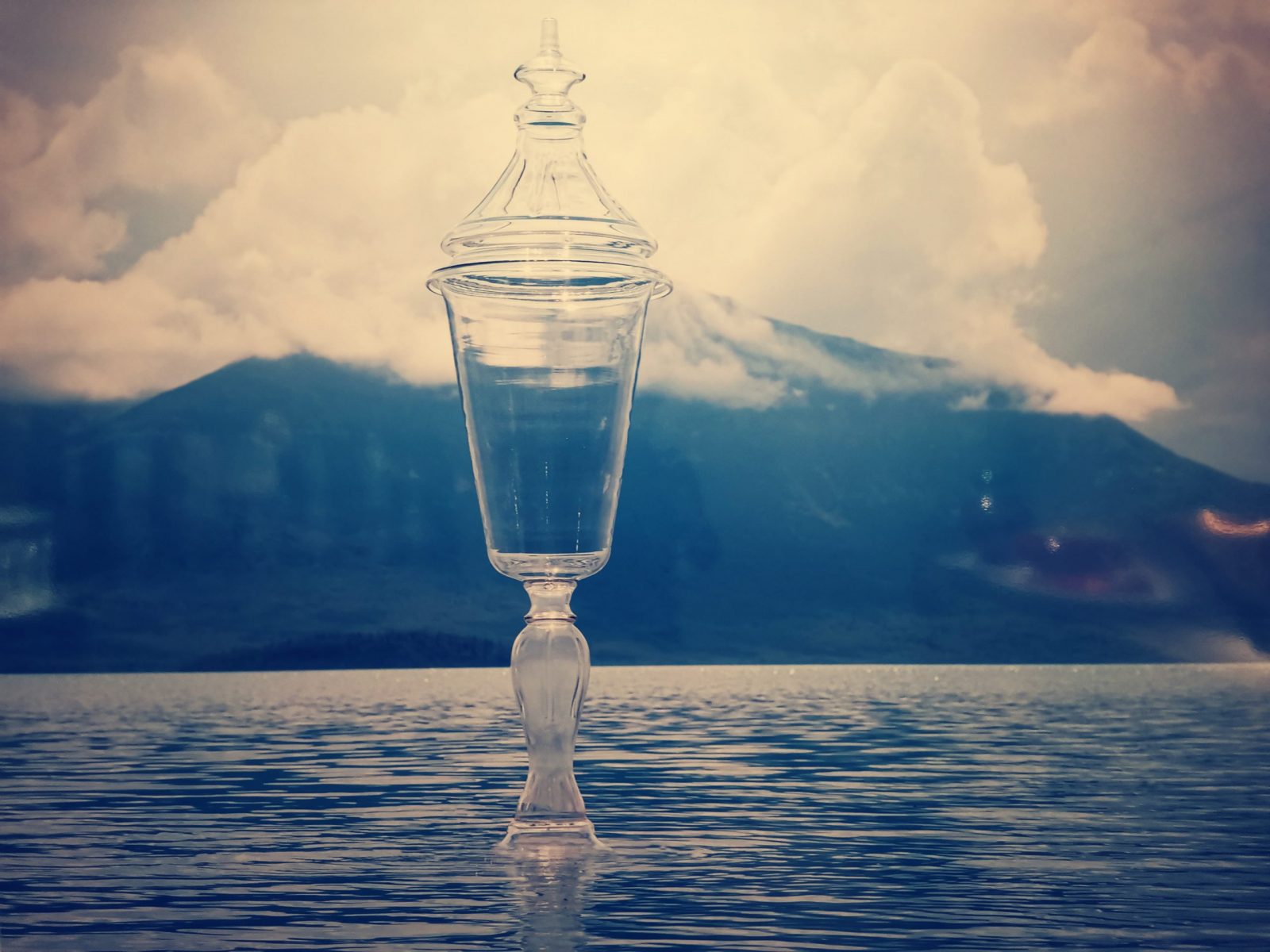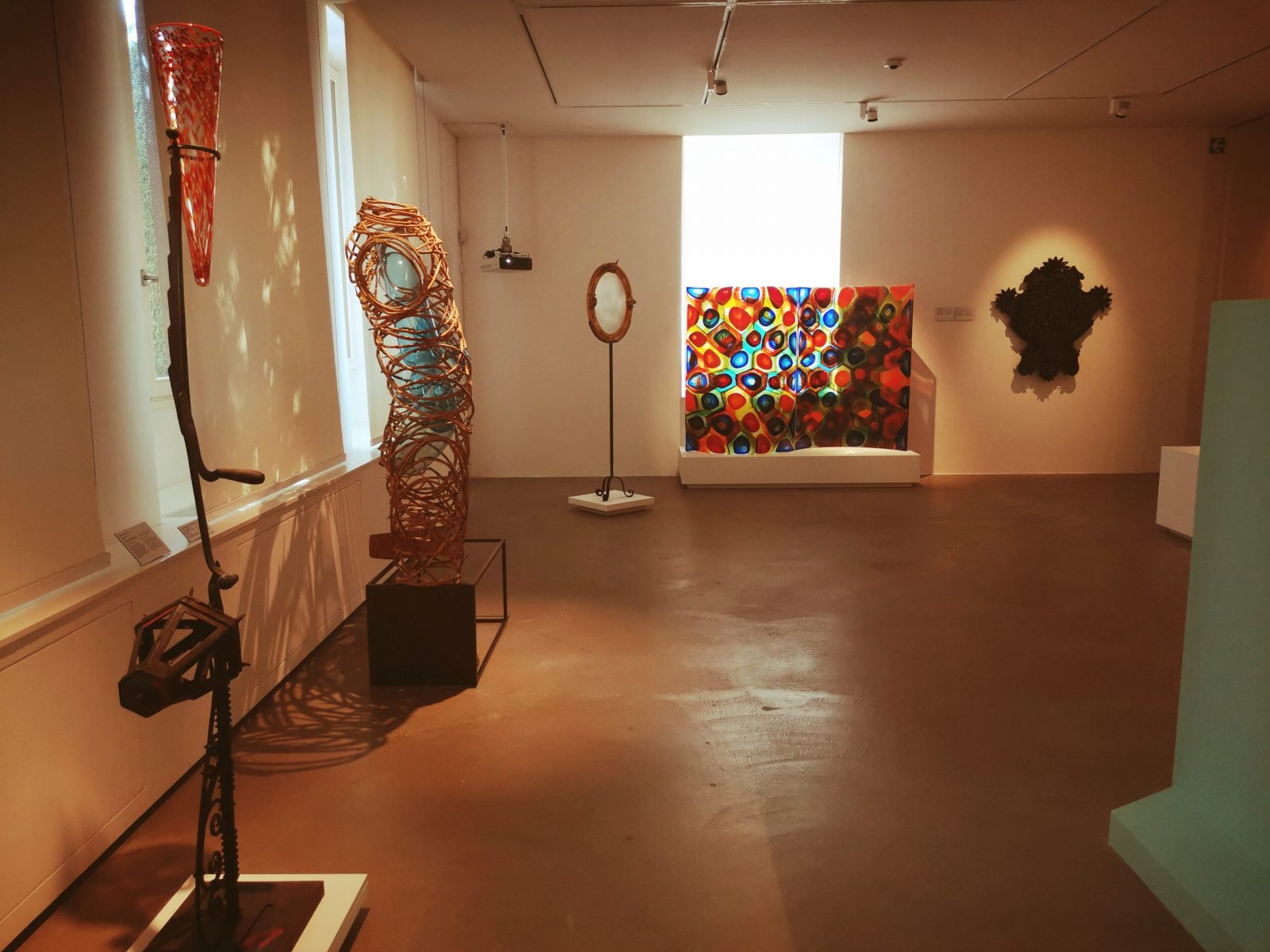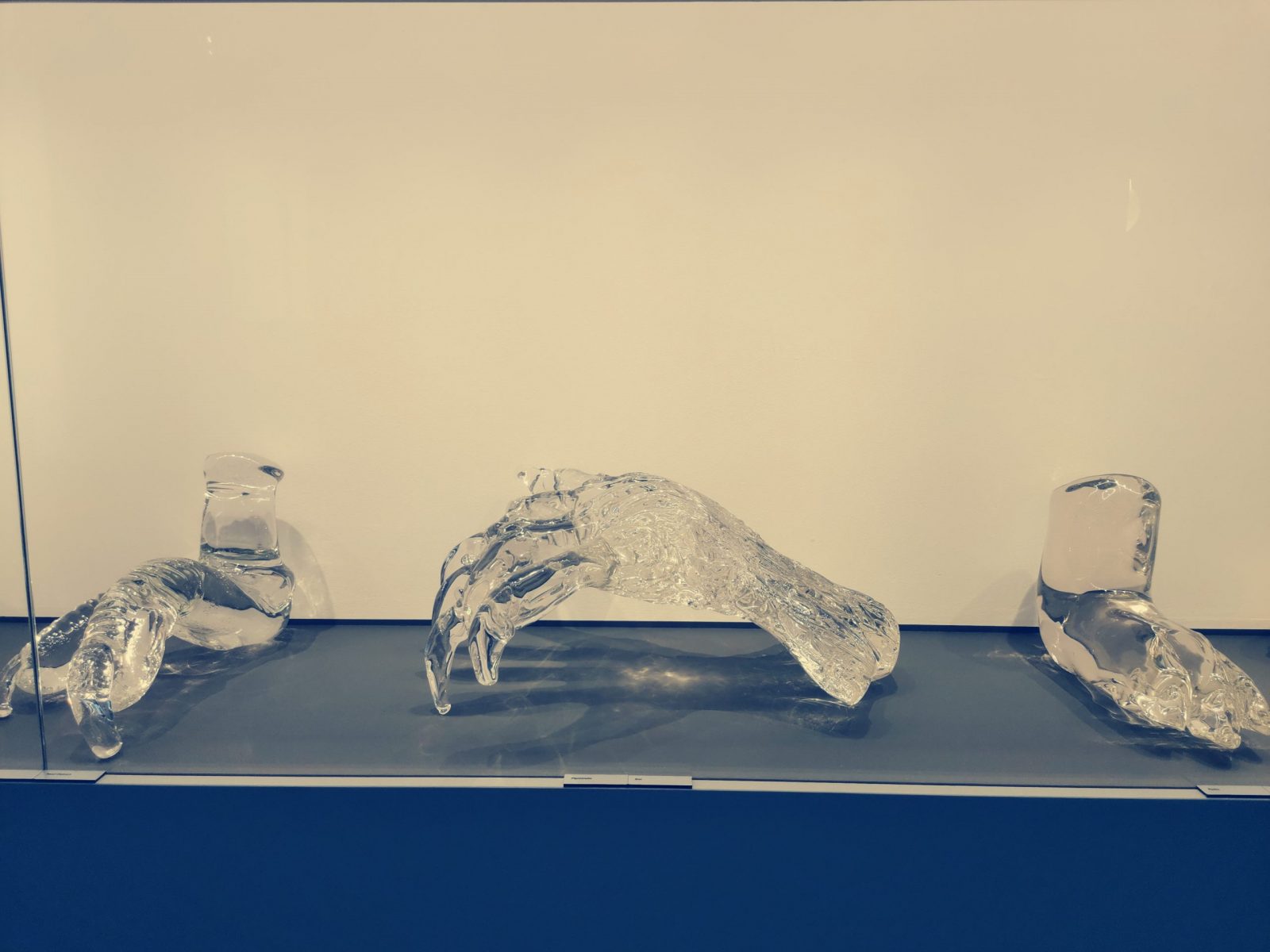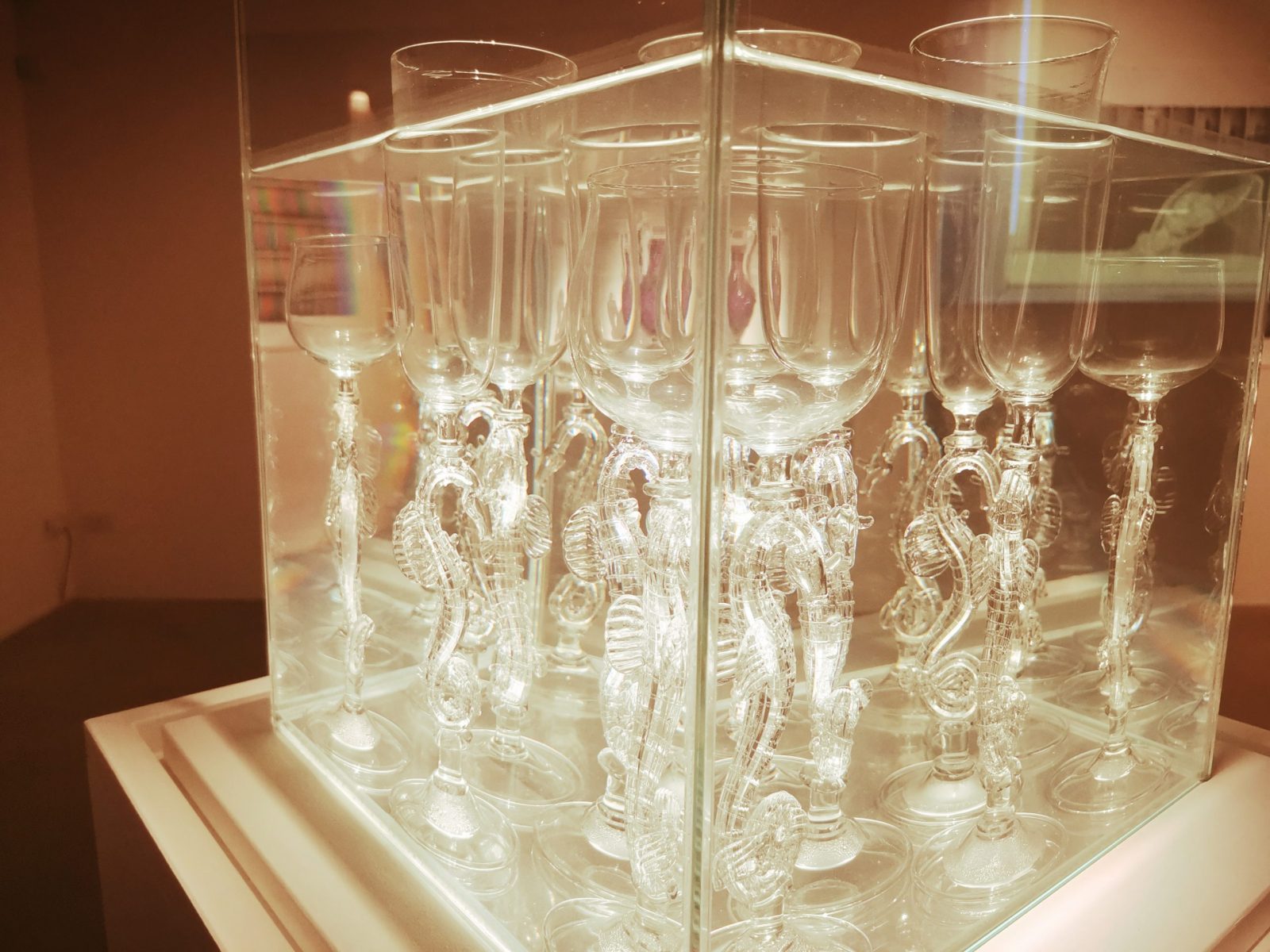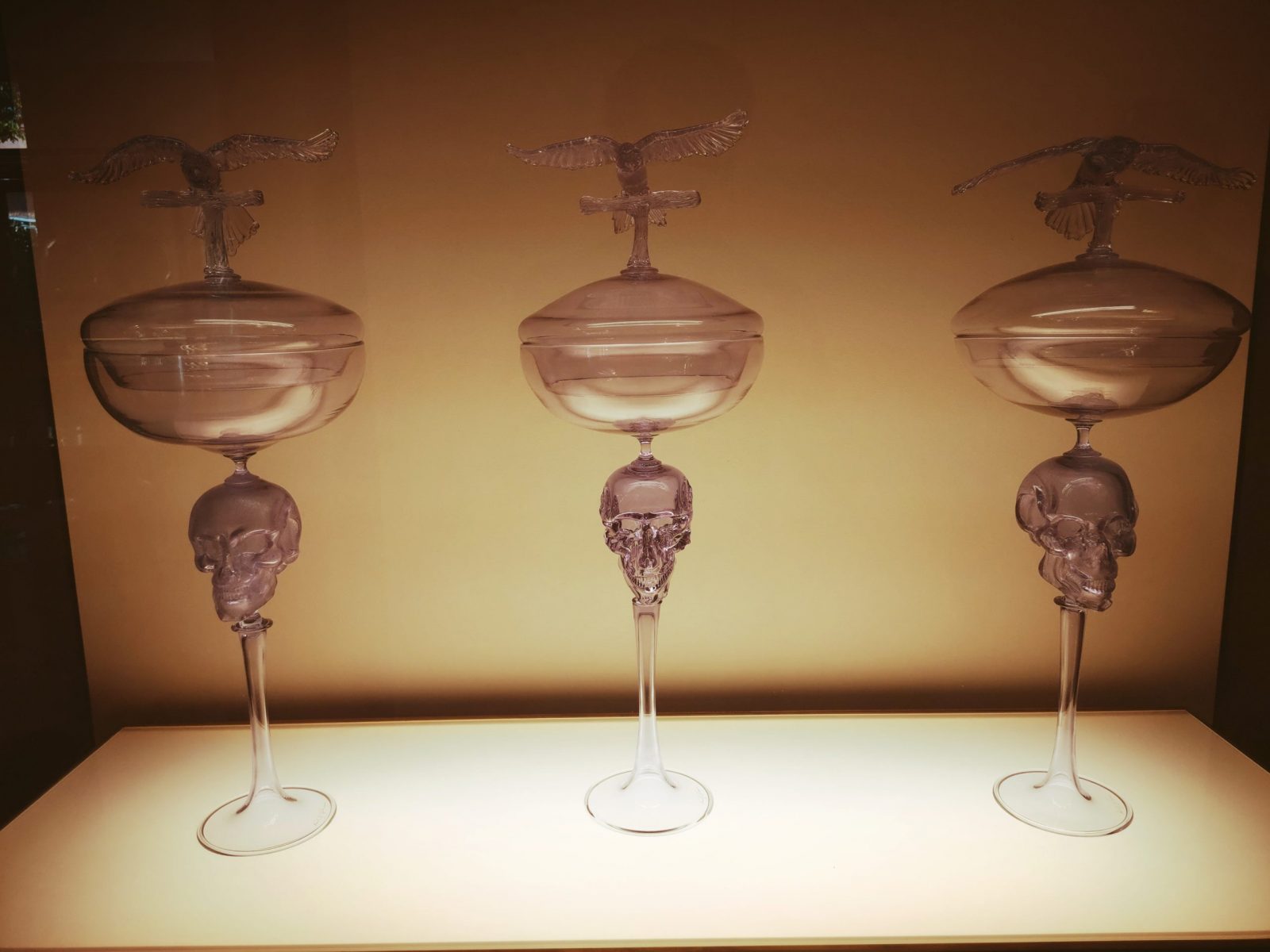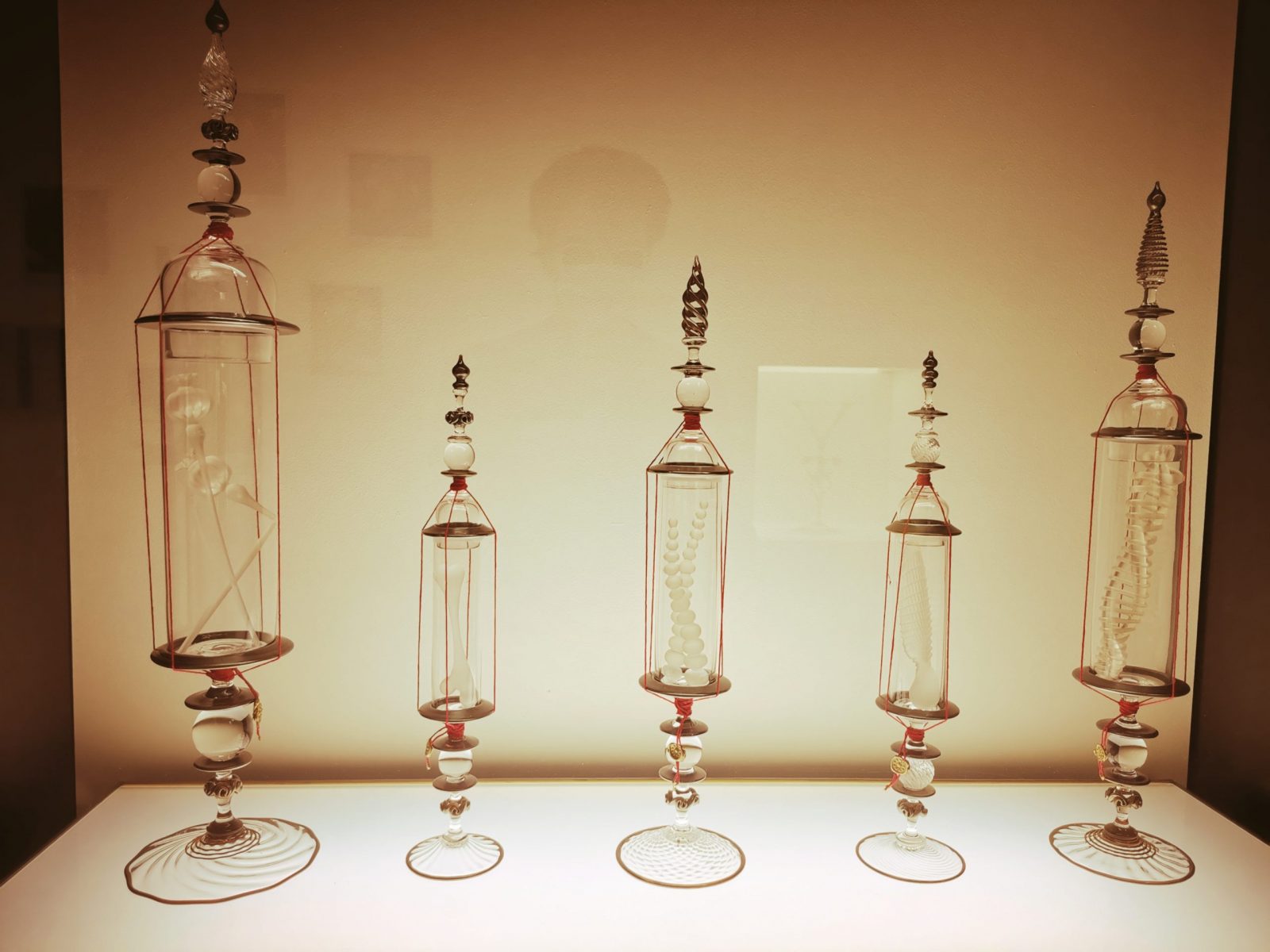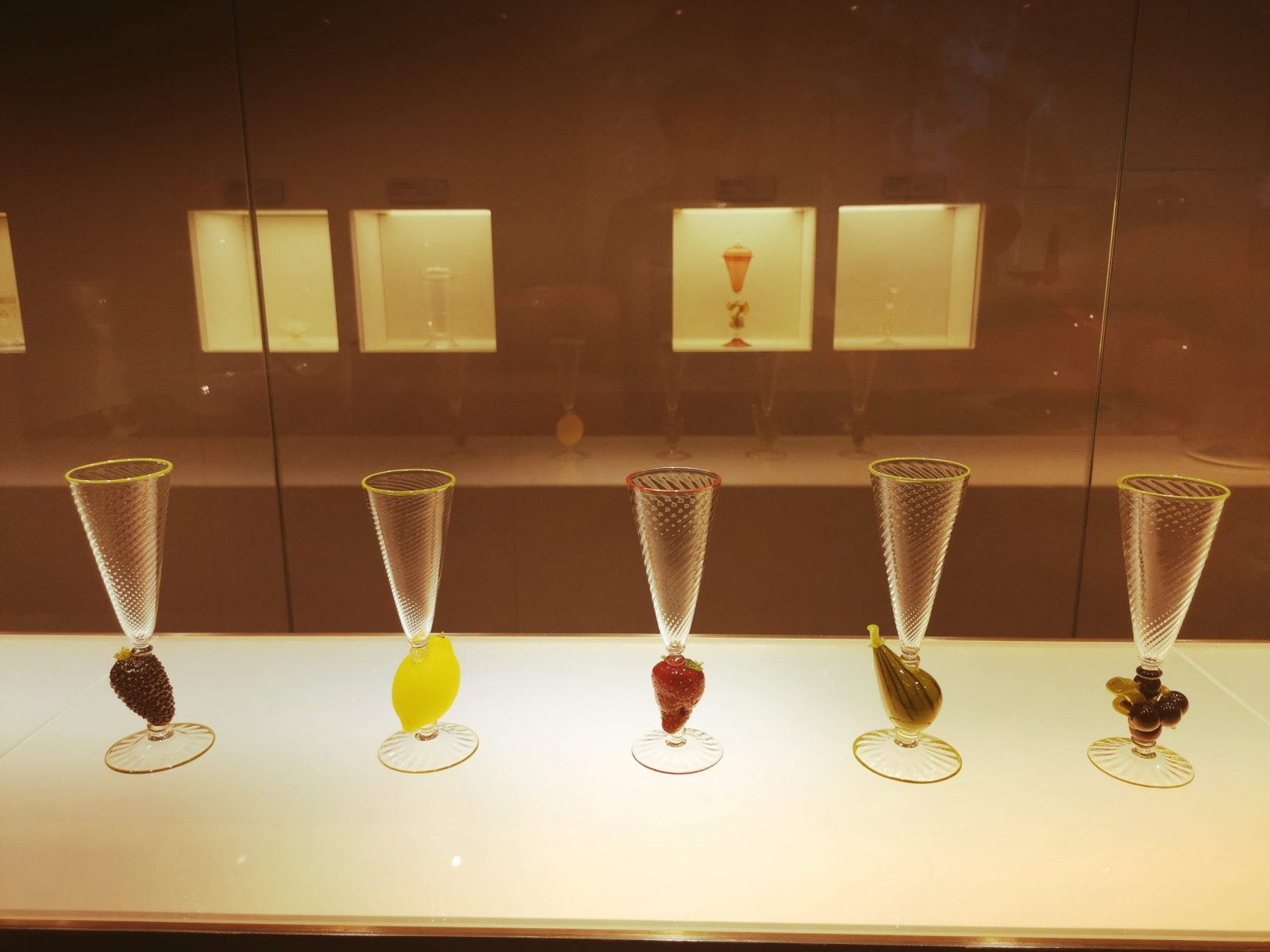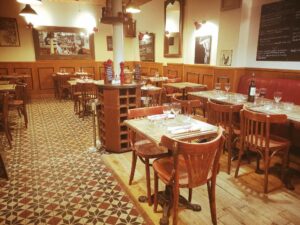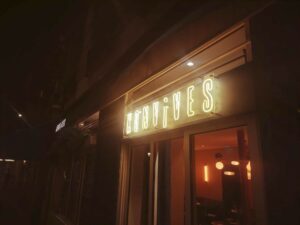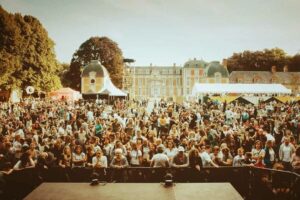Start to discover Venice from the Hotel Danieli, with its views on San Giorgio Maggiore and the Lido!
25 min read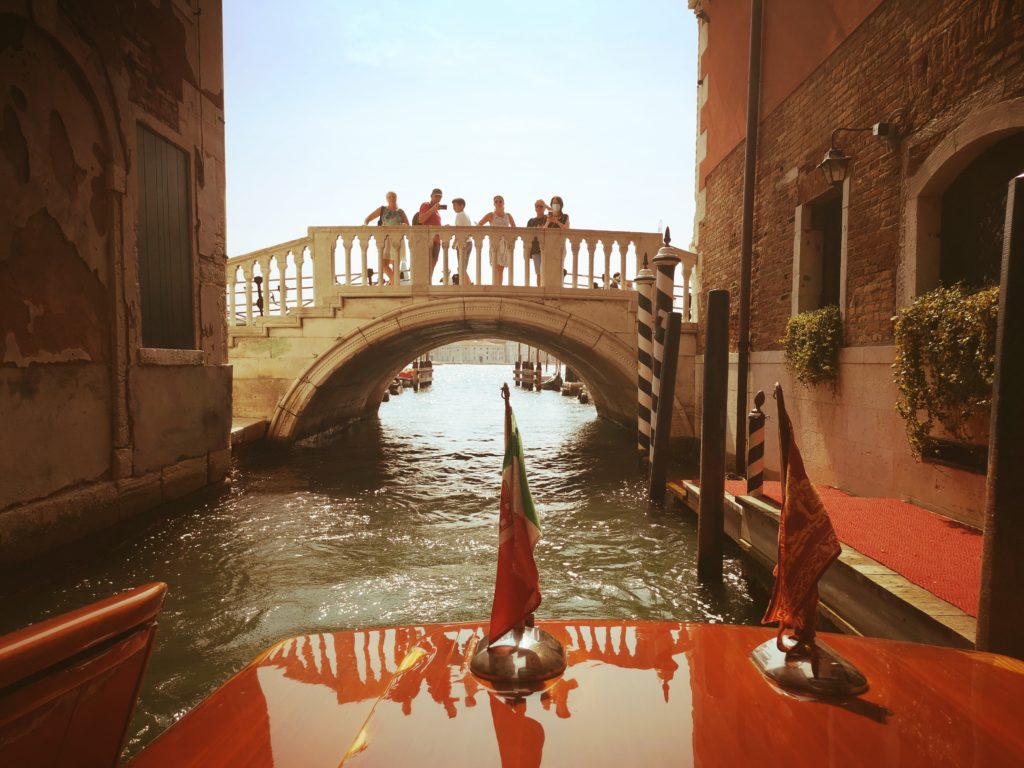
©
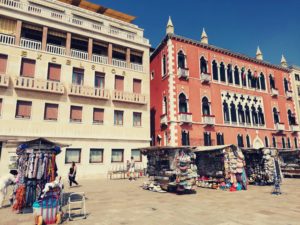
Facing the inimitable Venetian lagoon for ages and its bucolic gondolas (lately joined by the vaporettos), the palace of the Hotel Danieli occupies one of the most prestigious location, on the edge of the Grand Canal and a stone’s throw from Saint Mark’s Square, and other legendary places like the Basilica, the Doge’s Palace and the Bridge of Sighs. Echoing the historic role of Venice at the crossroads between Orient and Occident, this palace has been the favorite holiday address for numerous enthusiasts of a certain Venetian lifestyle, for generations.


Easy to remind, the Hotel Danieli is one of the main Marriott flagship entities, representing the quintessence of the lyrical spirit of Venice. Indeed, this major local hospitality hot spot experienced a masterful restoration which has been operated in only 9 months, in 2008, and lead by the Starwood Hotels. Basically owned by the Statuto Group, and now led by the Marriott International network, this palace is also known as Hotel Danieli, a Luxury Collection Hotel, in Venice (photo credits: Alex Plato).
Benefiting from an ideal location, in front of the famous Laguna, facing the daily and nocturne animation of this millenary city. By the way, even if this interaction never stops, you wouldn’t be disturbed in your room, by any exterior noise nor the potential heatwave occurring in summer time, since the isolation offered to the Danieli guests would comfort you in a romantic nest.

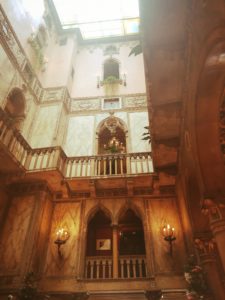
For your information, the 204 luxurious rooms and suites of this massive palace are spread over three perfectly connected wings, organized around the original and oldest building, called the Palazzo Dandolo. Built in the 14th century, this typical Venetian edifice has been enriched with a neo-gothic style, adorned with pink marble, spread among columns and walls, also notably decorated with gold leaves, among many other elegant details, able to embellish your journey!
Without forgetting the fact that the legendary Murano glass factory is not that far and logically, many elements from this timeless factory decorate the tightest corners of this fabulous palace, still anchored in a certain charming past. It’s not a secret that the rooms are luxuriously furnished with Venetian-style furniture revisited by decorator Jacques Garcia in the Danieli Excelsior aisle.
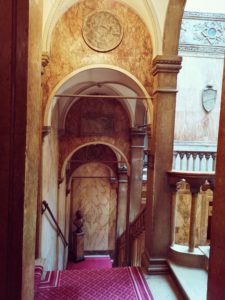
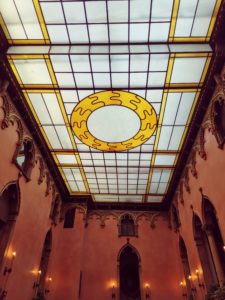
For instance, you could find in your many sides of the hotel, a wide range of monumental chandeliers made in Murano, along many other homemade antique objects, such as mirrors and decorative objects. Indeed, in this unique palace, the most refined luxury perfectly collides with a certain fascination for a series of explicit Moorish and Byzantine influences, back from the Middle Age, visible in and around.
However, that’s not the only style present in the Danieli, since you may also admire the luminous Art Deco styled glass canopy overhanging the main hall or even the late refreshing renovation of the inner neo-gothic ambiance into a glamorous interpretation, revisited by the French designer Jacques Garcia. Therefore, the original large space has been divided into different smaller sections, providing more intimacy between the mirrored corridors and the decorated ceilings.
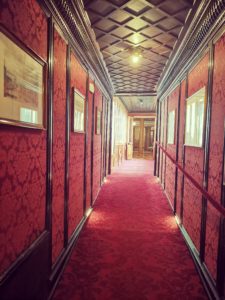
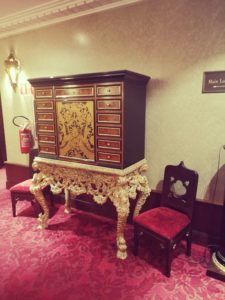
From your eventual direct arrival in water taxi from the airport at the private hotel jetty, where your luggages would be taken in charge in full safety. We just invite you to contemplate the breathtaking point of view on the hall. Composed of the concierge desk, the front desk nearby a real medieval themed co-working space, before the lobby with its numerous comfortable sofas. This relaxing zone, under a high molded ceiling, abuts the retro piano-bar, where many concerts are organized to light up your Venetian nights.
In addition to this, remind that the concierge is a member of the internationally renowned Les Clefs d´Or association and is available to organize you as much as possible according to your desires. At any time of your journey, he would propose you some exclusive romantic and cultural moments, to explore Venice at your own rhythm and convenience.


On top of that, if you climb the monumental staircase, don’t also miss the installation of different dark red seats, laying on the green and bronze carpeting, essentially in the avenues, bringing you with charm to your room. In the case, you prefer to wait for someone or lead a discussion in one of this modern boudoirs, you would remain in a full discretion and away from prying eyes.
That’s why, this preserved ancient atmosphere and this guaranteed privacy in any part of this establishment have naturally seduced a long list of celebrities who appreciated to stay there. By the way, some of the prestige suites were baptized and decorated in tribute to some illustrious people. Nested in the historic Palazzo Dandolo, these so-called Signature Suites were as well meticulously renovated in 2012, with the support of another French interior designer Pierre-Yves Rochon.

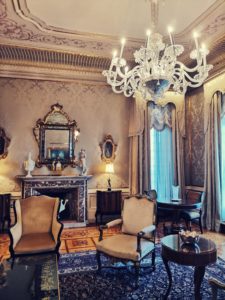
In order to make these four exquisite suites more residential, the incredible Doge Dandolo Royal Suite set a genuine luxury example to the three extraordinary Signature Suites.
The result is a multicolor composition according to the related personality, whose name was given to each of these premium suites. For example, a gray tonality was offered to the Princess Grace suite, a green color for the Soprano suite, a brown zicala for the mysterious diva Greta Garbo suite… Under the supervision of the local patrimony commission, these exceptional rooms were adorned with some ancestral home fabrics designed by Rubelli, plus typical terrazzo conceived by local artisans and completed by some tailor made glassware from the Seguso factory, located in the Murano island.


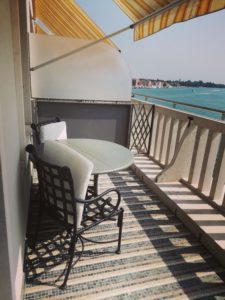
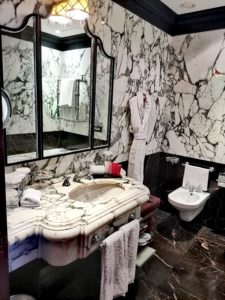
Indeed, overlooking a splendid view on the Grand Canal and, on the horizon, the Lido and the Adriatic sea, you could spend days staring at these marvelous spots, standing just in front of your room.
If you prefer more simplicity, a palette of many other alternatives are proposed among these 204 rooms, spread over these three perfectly connected buildings (the oldest Palazzo Dandolo, the more recent Danieli Excelsior and Casa Nuova). From different sizes and views, they all share a common premium equipment, again through a classy decoration, full of elegant and rich fabrics covering the walls and the large bay windows, along a marble bathroom and its Deluxe bath amenities. A unique cocoon where you would be able to select your proper comfort, within the air conditioning, satellite TV, minibar plus a compact electronic safe to store your valuables. Cherry on the cake, your small pets are allowed (except in the bar and restaurant).
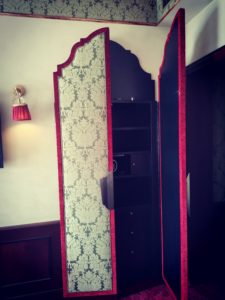
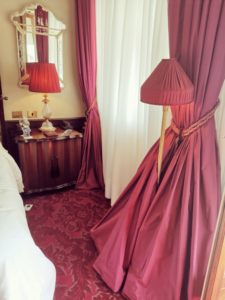
Furthermore, benefiting of this comfortable Luxury Collection Bed would help you to find some necessary rest, especially after a long day of walking through Venice. As a suggestion proposed by the 24-H room service, you could order one of the several available massages directly in your room. This service would undoubtedly provide you some relaxation, possibly in complement of the well equipped gym space.

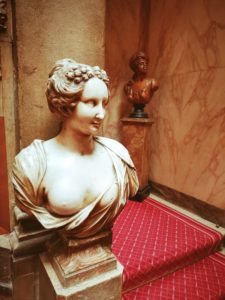
Regarding the diner time, we invite you to celebrate it at the rooftop, still with the same panoramic view over the Laguna. Thus, the Restaurant Terrazza Danieli is a prestigious gastronomic address, situated on the last floor of the Excelsior part of the Hotel Danieli. Also recently redecorated by Jacques Garcia, this popular Michelin table offers some delicious Mediterranean and regional dishes, combining local specialities with spices and flavors from elsewhere, served in its pleasant rectangular terrace.
For your information, this long terrace allows you to spend a very special moment under the Milky Way, while admiring the sunset elegantly reflecting on this lagoon, between April and October. Another witness of a certain romanticism that reigns in this hotel, which notably hosted countless love affairs, such as the writers George Sand and Alfred de Musset.
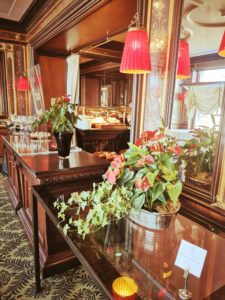
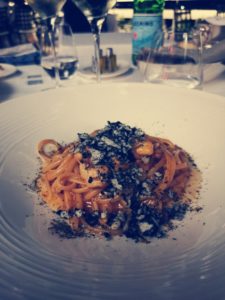
Therefore, divided into distinct small and cosy spaces, the restaurant can accommodate up to 120 guests, between the unmissable dark red velvet offering the required precious feeling, either to complete for a cocktail time, embellished here with homemade polenta chips to accompany a Select-Spritz. In fact, a good introduction to your upcoming gourmet diner.
A moment to share with these hand-blown glasses starring the best wines and the tasted appetizers prepared by the talented Chef Alberto Fol, bringing a touch of modernity into this Venetian ocean of tradition.
As you can see on in the different pictures of the dishes proposed to you in the Terrazza Restaurant, a selection of inventive culinary creations belonging to several menus.
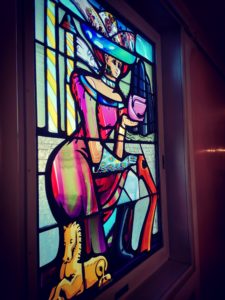

For example, in the Water And Earth Tasting Menu, you could start with a tuna tartare, hydrated by a ginger and lemongrass soup and a Bronte pistachio, before following with a k otherwise you would opt for a s
In the same space, you are invited the morning after to see the morning lights with a Continental Breakfast, composed of a large choice of local pastries, fruits and also salty delights (cheese, delicatessen, salads…). Depending of your waking time, the Terrazza charming team would welcome you from 7am until 10.30am, with the splendid shiny panorama over the lagoon!
Booking your diner is more than recommended on the official website and for more information (notably for the privatization of meeting rooms and the conference center) about the Hotel Danieli, the official website is here.
Hotel Danieli & its Restaurant Terrazza Danieli, riva degli Schiavoni 4196, Castello, 30122 Venice (Italy) / Phone: +39 041 522 6480
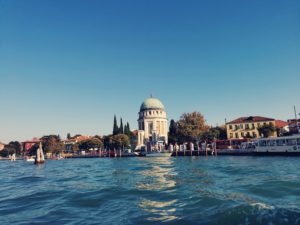
It’s not a secret that staying at the Hotel Danieli is a perfect location to go sightseeing through Venice, either by foot or by vaporetto. And the Lido island is by definition the seaside resort of the Laguna, thanks to its long barrier beach bordered by the Adriatic Sea, over a dozen kilometers. After a long day inside the old town, it’s the proper relaxation destination, accessible in only 20 minutes by vaporetto from the San Zaccaria terminal, situated just in front of the palace, or 1 hour from the Marco Polo Airport.
Once setting foot on the quayside, you would be surprised by the cars which are allowed to circulate on the public roads, since the Lido is one of few of the Veneto islands where automobile traffic is permitted, in opposition of Venice, where only your legs, your cameras and your admiration can walk through! However, in the Lido, you wouldn’t need to rend a car to visit the whole island, unless you feel tired and in this case, local taxis or public transportation would ease your movements.

As far as we know, the Lido island is internationally famous for its Mostra, an annual Cinematographic Art festival. This event takes place in the prestigious Cinema Palace, which opened its doors in 1937, according to the project of the engineer Luigi Quagliata. Therefore, this Palace is composed of a large reception hall and a main cinema room (also called Sala Grande), hosting the different film projections. By the way, over the years, the ensemble has been enlarged, notably with the construction of new screening rooms. On top of that, if your life is a gambling, hurry up to join the Lido Casino, just behind the Cinema Palazzo!
Moreover, the Seventh Art has ever been connected to the history of Lido, and logically hosted, along Venice, many legendary movie scenes. Among them, we can remind the Death in Venice film, directed in the nearby golden dunes, adjoining a bunch of eccentric palaces, dating from the 19th century. The former Cinema Palace, called the Excelsior Hotel, is one of them.
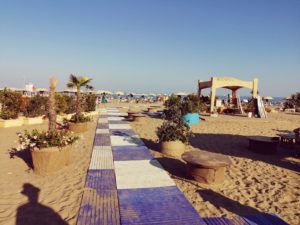
Indeed, don’t miss to spend some time on the sandy beaches of the Lido, all benefiting from a clear and calm water, protected by dikes, ideal for children. In this pleasant seaside resort, much less crowded than many others of the Adriatic Sea, you could although enjoy some exciting water activities, such as water skiing, sailing, windsurfing, canoeing, rowing and even parachuting!
Thus, we can notice everywhere that this Lido island lives in harmony with the Sea, and the annual Marriage of the Sea ceremony is one of the most explicit proofs. Occurring on every year September, this popular celebration pays a festive homage to this water element, through beautiful parades of old decorated boats, along many evening concerts.
If you pursue your promenade along the San Nicolò Riviera, situated in the other side, you would enjoy a fancy view on the Laguna and maybe have the opportunity to admire the largest fortification of the island plus the emblematic Santa Maria Elisabetta church, rebuilt in the seventeenth century.
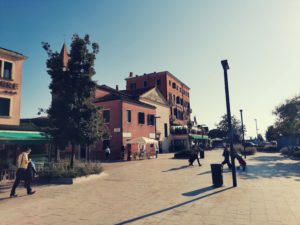
In order to get there, we advise you go through the Granviale avenue, the main commercial artery that crosses the island, adorned with several Art Nouveau (or Liberty style) buildings and hotels.
Don’t also miss the old Jewish cemetery, embellished with lots of vegetation and still maintained by the local Jewish community, since the the fourteenth century. You would be amazed by the preserved tombs, which are decorated with various artistic influences. If you wanna learn more about it, you should ask for a guided tour, able to teach you everything about the history of the communities, in Venice and on its islands.
Last but not least, the Nicelli airport can host private jets and small airplanes, where you may order a reconnaissance flights, over the Laguna and even ask for some skydiving!
More info on the official website of Venezia Unica, where you could get your full City Pass to visit the Venetian churches and museums, along the unlimited transportation ticket.
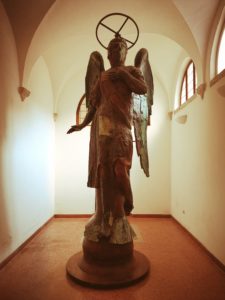

Still direct from the Hotel Danieli and on the homonym island, the Basilica of San Giorgio Maggiore is famous for its beauty but also for its Campanile, from the top of which you can also admire Venice and its Laguna. Maybe located just at the opposite of your hotel room? This island is easily accessible from the San Zaccaria terminal within 5 minutes of vaporetto trip. Separated from the island of Giudecca by the well baptized Grace Canal, you have to know that this land was originally named Memmia Island because it belonged to the Memmo family. However, a church was built in this insular territory in honor of Saint George. That’s why, it was renamed the island of San Giorgio Maggiore, in order to distinguish it from another nearby island, also called San Giorgio but located in Alga. For your information, in 982, the doge Tribuno Memmo ceded this island to a congregation of Benedictine monks, who already built a monastery there.
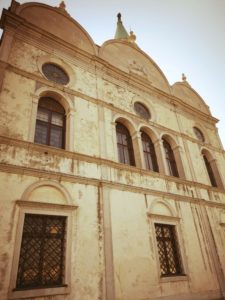
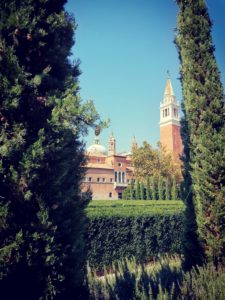
Although after the fall of the republic, this monastery became abandoned and the island became either a public place and even a port was built there in 1812. Thus, a very useful facility to reach this island and visit the main spots which are nowadays considered as the Basilica and the Campanile, from where you would attend an incredible 360° view over the Laguna of Venice, at the height of 63m. This panorama, set on a slender spire and its pink color, can only be climbed through a collective lift. Indeed, admire from there, the series of sights, from the Doge’s Palace, passing by the Giudecca island until the previously mentioned Lido island.

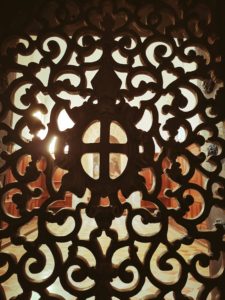
As far as we know, the first accident happened in 1422 because of a storm and after being identically reconstructed, thus jewel collapsed again in 1774 and unfortunately caused extensive damages on the nearby monastery and the church. Therefore, the existing Campanile, we can admire now, was rebuilt in 1791 by the architect Benedetto Buratti who offered six bells to its belfry, ringing every hour to entertain the spiritual life of the island.
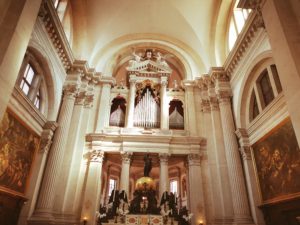
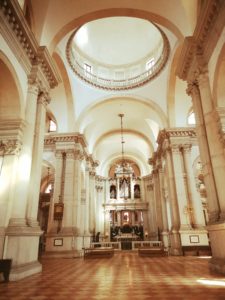

Adjoining the original Monastery built in the 10th century, the Basilica was consecrated in 1576, despite its exterior facade was only achieved in 1610, with the help of Vincenzo Scamozzi.
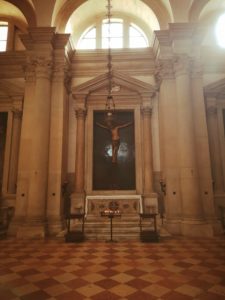

Therefore, among them, we may count on some magnificent artworks of Tintoretto, such as the Manna, the Last Supper as one of the most famous works of the Venetian master and the Deposition which is his last painting.

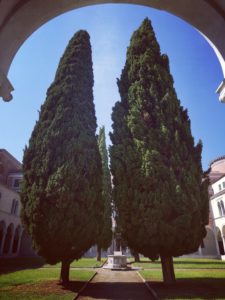
The island is also occupied by the Cini Foundation which restored the Basilica and the Monastery and which conducts research on Venetian history.

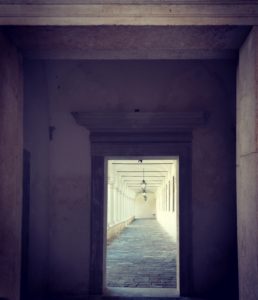
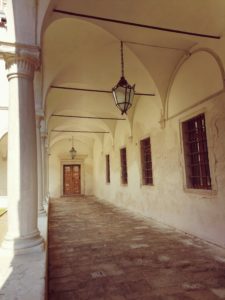
Thereafter, this cloister is characterized by a certain sobriety, very typical from the early Venetian Renaissance. Don’t miss the portico, based on round arches with its upper order, containing mullioned windows on its two sides.
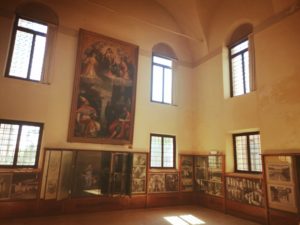
Nearby stands a Photograph Room, where are exposed many images illustrating the former abandoned complex of San Giorgio Maggiore, before the renovations initiated from 1951. Indeed, you can admire the hard work made by the restorers, in order to offer back its magic splendor, under the supervision of the passionate architect Ferdinando Forlati.
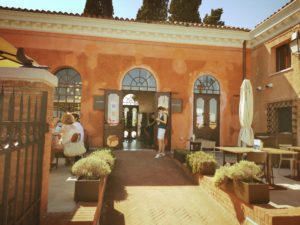
Indeed opened in April 2019, the San Giorgio Café was commissioned by the Giorgio Cini Foundation for the improvement of hospitality services on the island of San Giorgio Maggiore. A project carried out in partnership with the Italian Chef Filippo La Mantia and the D’Uva company. The result is a charming café-bistro where anyone may have a rest inside the cocooning hall or in the sunny terrace, possibly served with a selection of available fresh seasonal dishes.
Therefore, you would have a choice between simple but tasty salads, either composed of smoked salmon or prosciutto with figs. But the list is wider than that, since there are also proposed hot snacks and delicious typical cannoli from Sicily, to accompany your coffee.
Then, as happiness never comes alone, why don’t you book online one of the combined experiences? You would have the possibility to have a lunch or an aperitif at the Café plus a guided tour of the private parts of the island (Cini Foundation and the Vaticano chapels)!
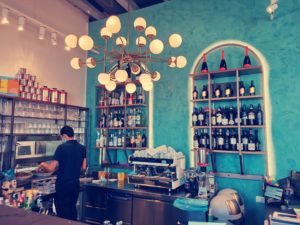
Regarding the interior design of this place, the decoration was entrusted to the architects Ilaria D’Uva and Paolo Richelli. Working hand in hand, they notably respected the spirit of the old parts of the Cini Foundation, in their restaurant restoration project.
From now on, the San Giorgio Café is able to host nearly 80 guests, of which about fifty can seat in the terrace, just behind the Benedictine walls and directly on the San Marco basin. Ideally situated in front of a quay with its lovely boats and its Riva degli Schiavoni.
In order to offer you more comfort and enlightenment, a delicate choice of materials and colors has been selected by the Richelli Studio, inspired by the gray and blue-green colors of the Laguna. Moreover, this Italian architect succeeded to pair these two categories of chromatic tones with other natural elements, such as the visible walnut wood and bronze-colored metal over the furniture, recreating a certain colorful palette all over the surface.
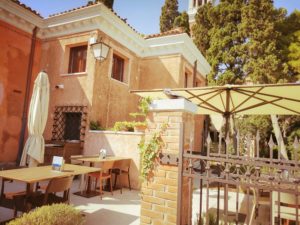
For instance, the chairs, either indoor or outdoor versions, are part of the Nenè collection, both expressly designed by Paolo Vernier for the MIDJ company. Inside, the wooden version is able to warm the passengers and may even create a leap with the omnipresent wooden element in Venetian architecture. Nonetheless, concerning the outdoor edition is made of plastic version, for more climatic resistance and the compatibility with the maritime colors.
Adding to this, the restaurant tables are made with the Smart model, still from the MIDJ company. A smart version available in a wide variety of colors, and they remain solid and resistant above all, even in the open air and the many guest passages, thanks to the special treatment that guarantees a real protection, even in saline areas.

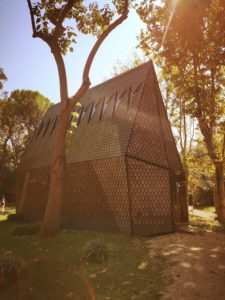
Therefore, as a real key stakeholder of the island tour where the starting point is the San Giorgio Café, you’re invited to visit the Vaticano Chapels. Originally part of the Holy See pavilion in the 16th International Architecture Exhibition, at the 2018 edition of the Venice Biennale.
This initiative, hosted by the Giorgio Cini Foundation and spread in the park of the island, lead to the construction of ten chapels, all designed by the same number of architects from all over the world. The edification of these chapels was even preceded by a couple surveys regarding the different trees of the park, in order to identify the suitable areas for the construction of these basically ephemeral structures, which finally lasted, over the years, for the whole pleasure of the visitors. In a way, all of you inclined for a new wave of spirituality!
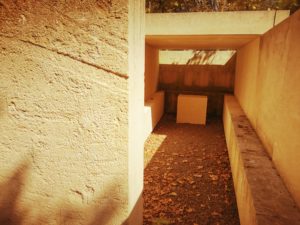
Equipped by a tiny tablet as an audio-guide lent by the Guide Office, you would learn every detail from all of these unique chapels, somehow anchored in time. As a good introduction, a first duet of architects Francesco Magnani and Traudy Pelzel invented the Asplund Chapel, as its design references to the legendary Swedish artwork of Gunnar Asplund reduced as the scale of a hut. If you go inside, you could also admire a series of drawings of this architect.
Then, a few stoned elements are reunited around a Vicenza material, coming from the Berici hills, to constitute this minimalist chapel, designed by Souto de Moura, partially covered by monolithic slabs.
Furthermore, Paraguay sent us a delegate, namely Javier Corvalàn who imagined a massive ring of steel, placed on an oversized tripod, inspired by the Venetian bricola. These wooden structures are omnipresent in the Laguna, to signal the limits of a navigable channel. This circular chapel is totally outdoor and hardly lays above the ground, supported by a metallic base.

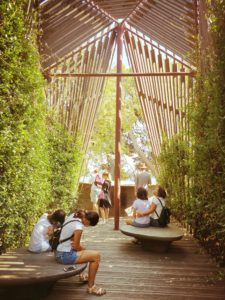
Therefore, you can’t pass through the globally famous project of Norman Foster, a steel structure that supports a wooden trellis. In this case, the British architect said he chose the site carefully, close to two trees beautifully framing the view on the Venetian lagoon. In this natural context he has designed a space for contemplation, where, enveloped in a play of light and shadow, visitors move away from the course and are focused only on the water and the sky.
Don’t also miss the mechanic chapel imagined by the Australian architect Sean Godsell. An extraordinary interpretation of the new technologies applied for the construction, since this metallic structure may be electronically opened to unveil a beautiful altar, enlightened by a golden fitting, diving from a light shaft chimney. As well here, the surrounding natural environment has been imagined to host the liturgical assembly of celebrants.
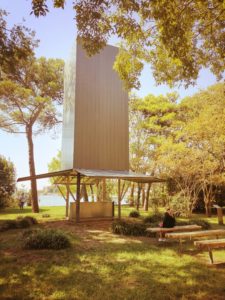
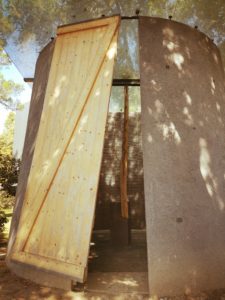
Not far from there, why don’t you admire the creation of the Chilean architect Smiljan Radić? Deeply inspired by typical small sanctuaries, directly emanating from the Mexican tradition, his studio experimented here a combination of innovative material solutions. Through an original interior texture, obtained by inserting sheets of bubble wrap into the concrete formwork, you would be invited to come inside this singular chapel. As a matter of fact, a barked trunk has been installed in the center of this tiny edifice, as a vertical support of the burnished steel beam, which also supports the shiny glass roof and completes this wooden cross.
Then, the realization of the Italian architect Francesco Cellini who decided to conceive a cubic structure, made up of two overlapping parallelepipeds with an explicit rectangular base, which contributes to this chapel, covered with an immaculate porcelain stoneware, a very marked colorful contrast.
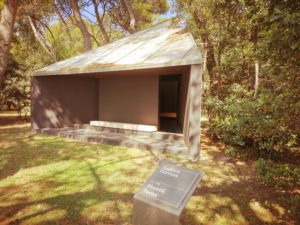
Nonetheless, the chapel designed by the architect Andrew Berman, shows a triangular plan of 7 long, made of plywood. The front is open to welcome visitors, as an alternative portico, where a minimalist wooden bench favors the convergence. Beyond the backstage, dividing the interior side from the exterior one, we find ourselves in a very intimate space that deserves a certain introspection to anybody.
Adding to this, another chapel was designed by a duet of architects from Barcelona, as Ricardo Flores and Eva Prats, located at the eastern end of the park. This was called the Morning Chapel, and is oriented in a way to capture as much as possible the first rays of the Sun rising at the horizon, through a circular opening, settled in the wall of the small niche. In addition to this semi-curved space, this chapel is presented as a parallel wall between the path and a door. Therefore, these Spanish architects envisioned a place where it is rather pleasant to lay down in a wide natural space.
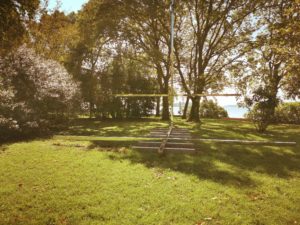
The project of the Brasilian architect Carla Juaçaba consists of steel beams, able to reflect the surrounding greenery, offering almost the impression of invisibility. However, at the same time the team transformed this chapel into an authentic spiritual place, by a few simple metallic elements forming this omnipresent cross, to admire and to sit in.
Last but not least, as a bygone reference to the ancient times when Christianity was prohibited in Japan, prayers had to submit an investigation to verify whether they could hide some religious symbols at their place. Unfortunately, those who refused it were executed… As a tribute to these innocent victims, the Japanese architect Terunobu Fujimori incorporated a wooden cross into the framework of the chapel, to be also observed several times inside.
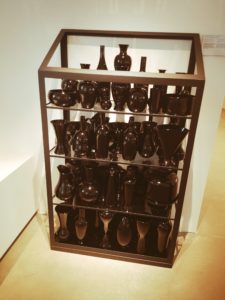
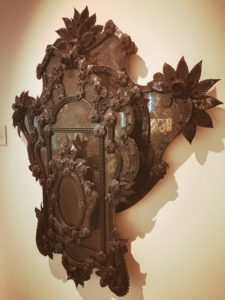
Still in the island of San Giorgio Maggiore, located in the former boarding school, a wonderful exhibition about a combined vision between American and Venetian glass artists. Untitled Venice and American Studio Glass, extending from September 6th until January 10th of 2021.
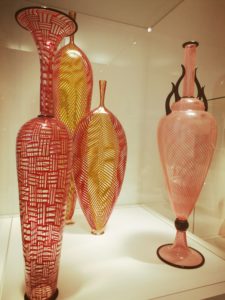
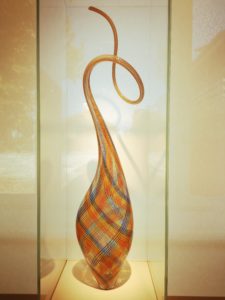
In this event, we admire a real demonstration to pursue the ancestral legacy, transmitted of the Venetian glass production in America. Based on a deep analyze of the Venitian impact on the artistic trends, here on the contemporary American glass art.

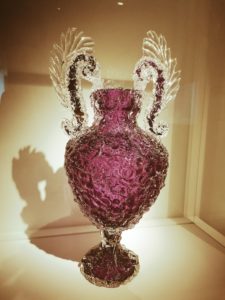
And what had to happen finally happened, the American creators fell in love, from in the late nineties, with the philosophy conveyed by the Venetian glassware that they brought back to the United States and beyond.
Into the gallery, you would admire some pioneering artists, such as Dale Chihuly and Benjamin Moore, which settled for a while to Venice, where they learned the essential techniques and then eventually invited a couple Venetian masters to the United States, in order to teach their Art. While Chihuly has realized some Venetian-inspired series, during his long and prolific career, Moore‘s instead decided to particularly focus on Venetian concepts. Therefore, Richard Marquis who was also in Venice, has developed completely new uses for the Venetian mosaic technique, also known as murrina, for its objects inspired by the American flag, teapots and Marquiscarpa vases.
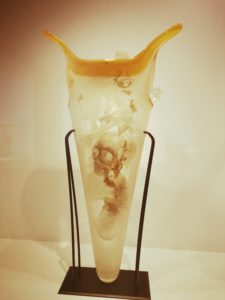
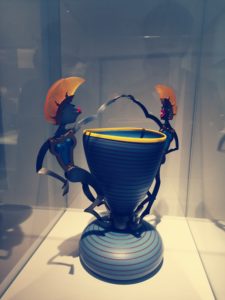
At the center of the exhibition, you couldn’t miss the monumental installation of Dale Chihuly, a Laguna Murano shaped Chandelier. Realized in Murano with the support of the local glass masters Lino Tagliapietra and Pino Signoretto.
In this venture, Venice and American Studio Glass would be accompanied by an illustrated catalog published by Skira, for Le Stanze Del Vetro, including an introduction initiated by Laura de Santillana, a recently deceased Venetian artist and designer. Thereafter, don’t miss the multiple contributions Paolo Venini, founder of the renowned Venini & C. factory, situated in Murano; along a historical essay by Tina Oldknow; a critical essay by William Warmus; and other important perspectives of the Venetian glass historian Rosa Barovier Mentasti, the American glass historian Howard Lockwood and the independent artist and curator Kim Harty.
More information on the official website / Stanze del Vetro, Isola di San Giorgio, 8 – Venezia (Italy) / Open from Thursday until Tuesday, from 9am to 6pm / Phone: +39.041.5229138.



